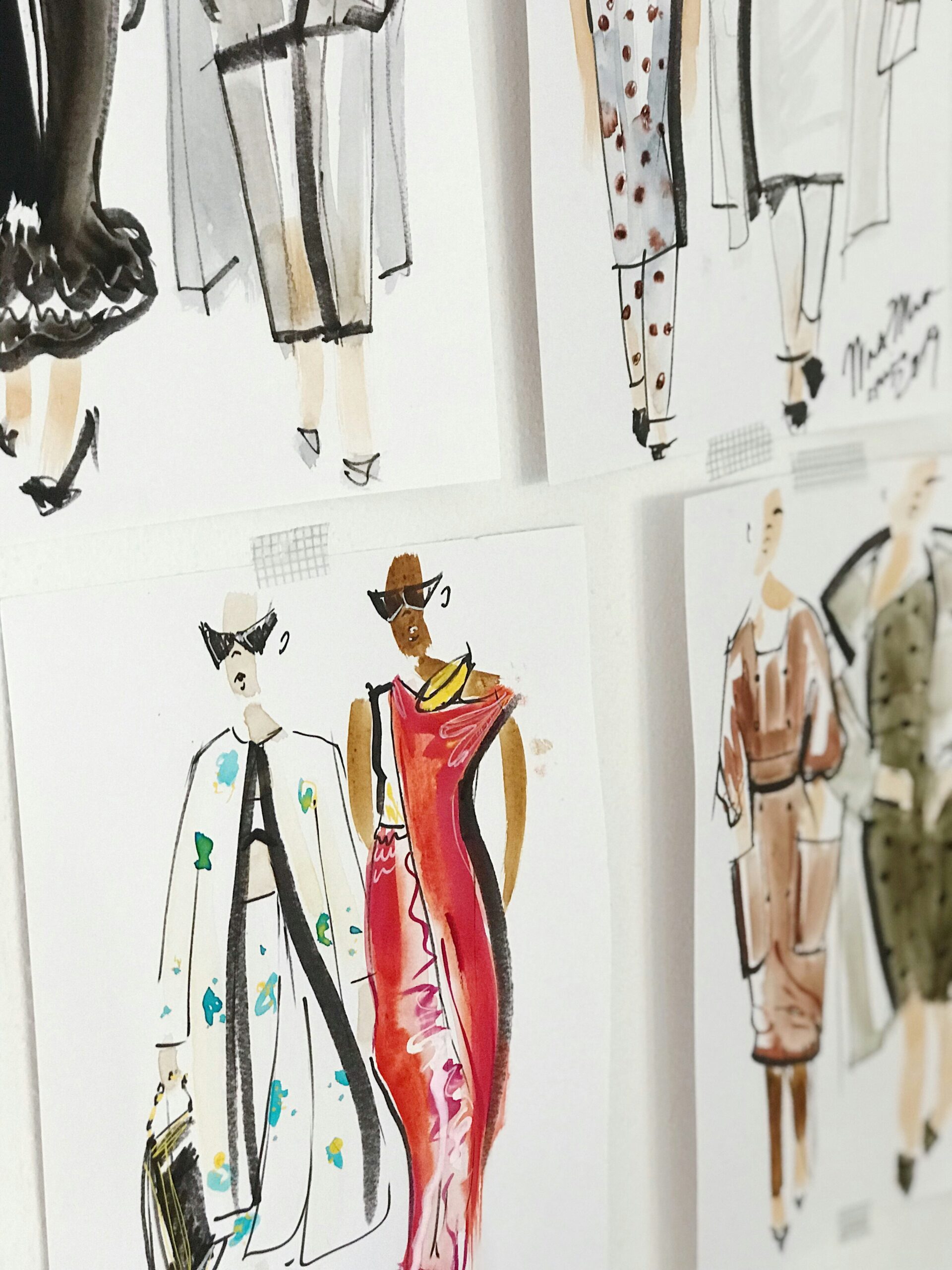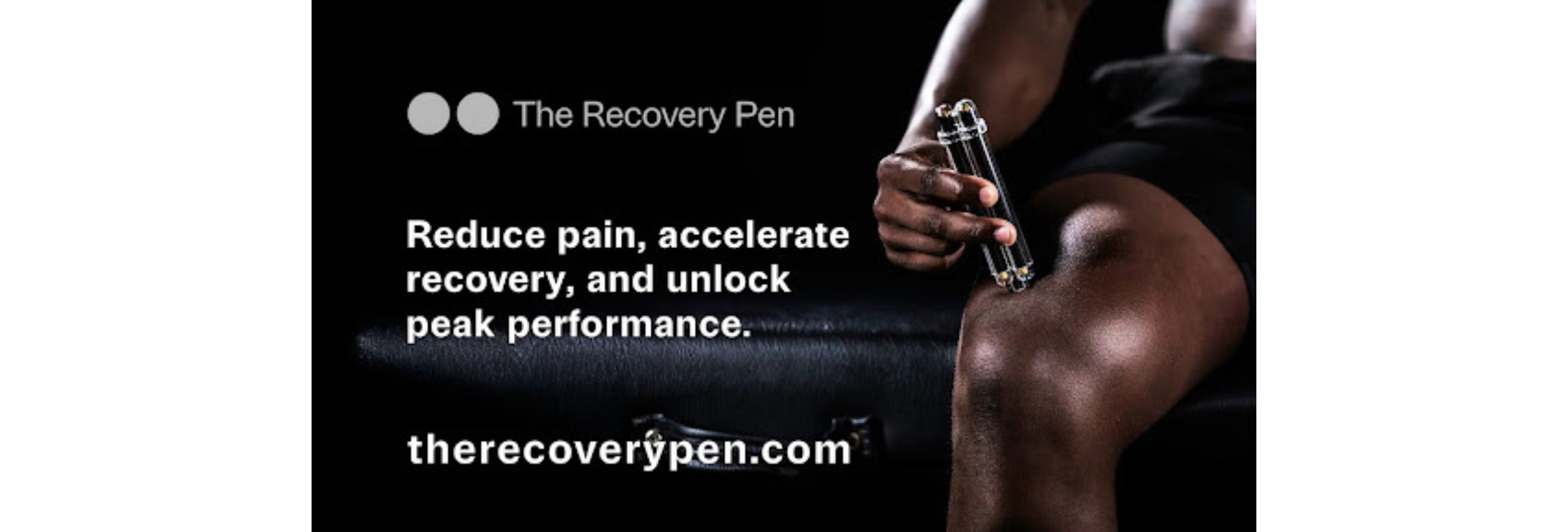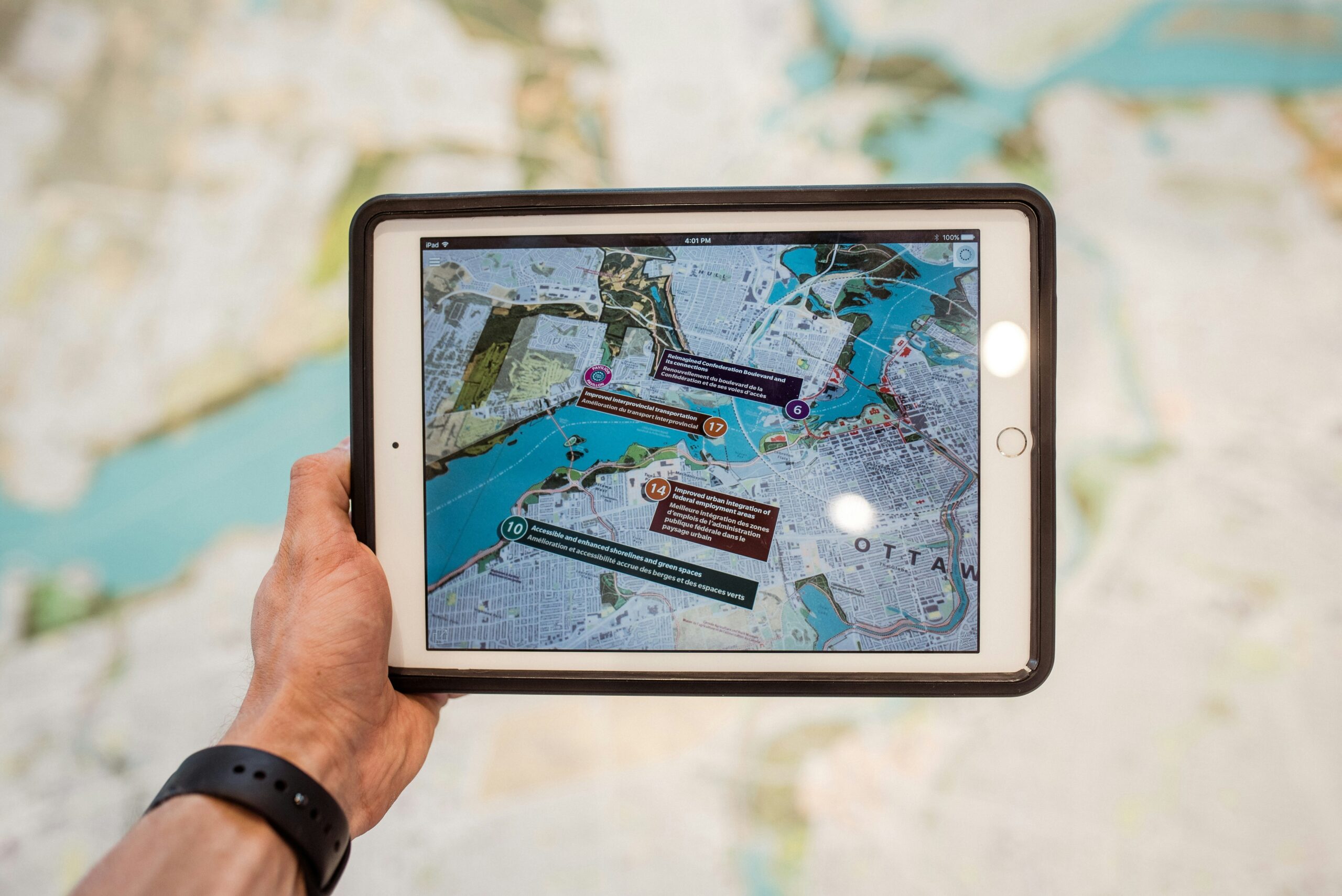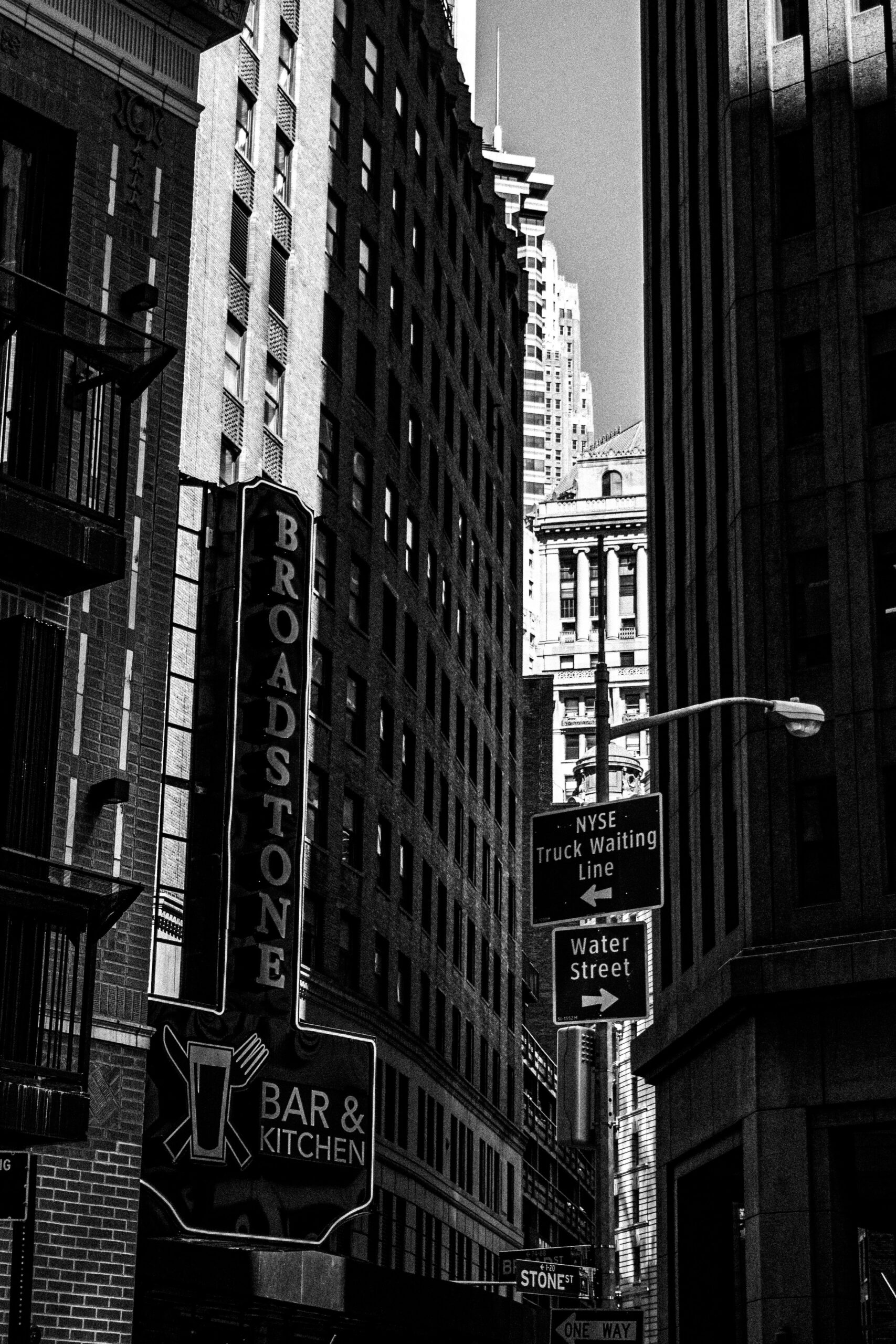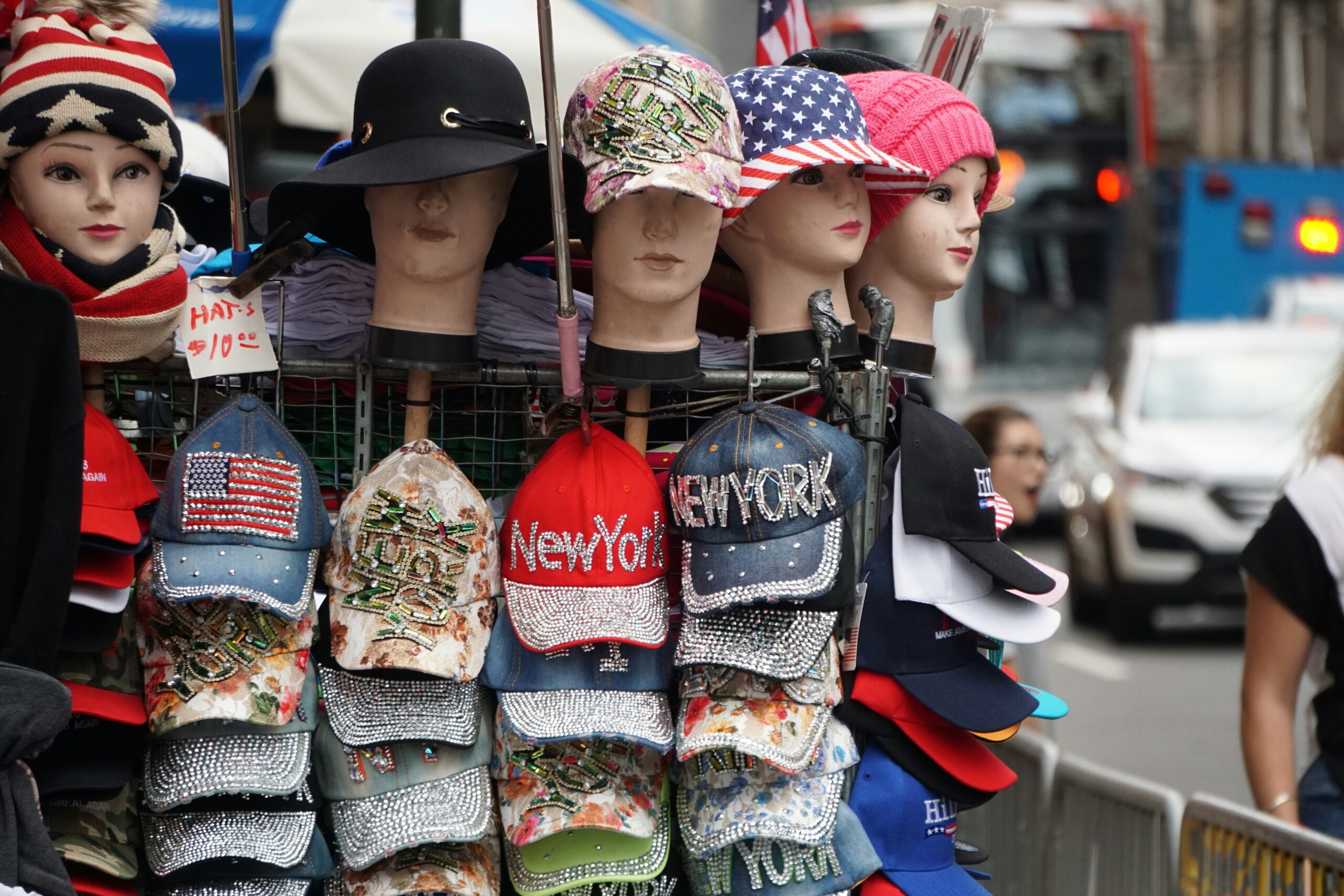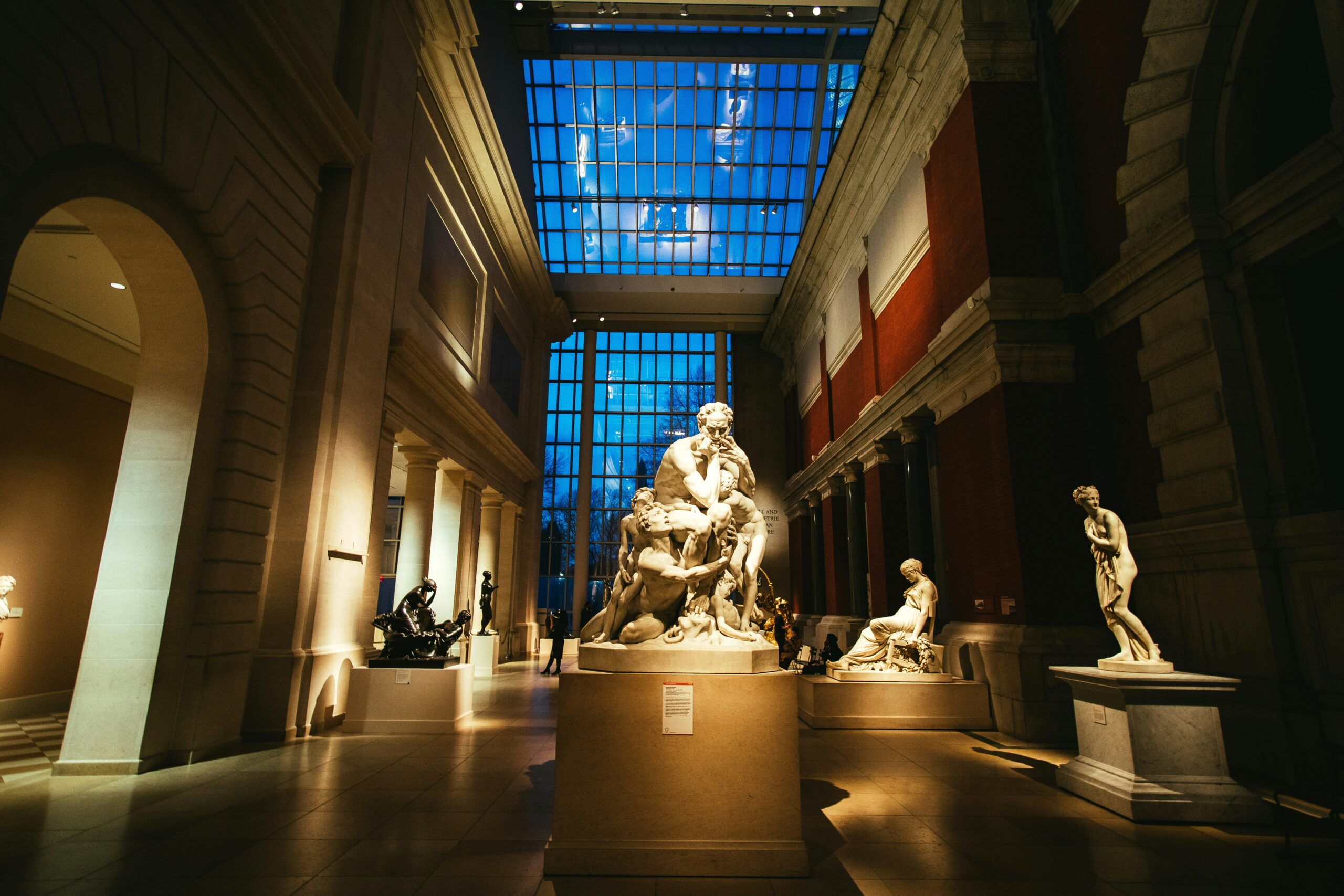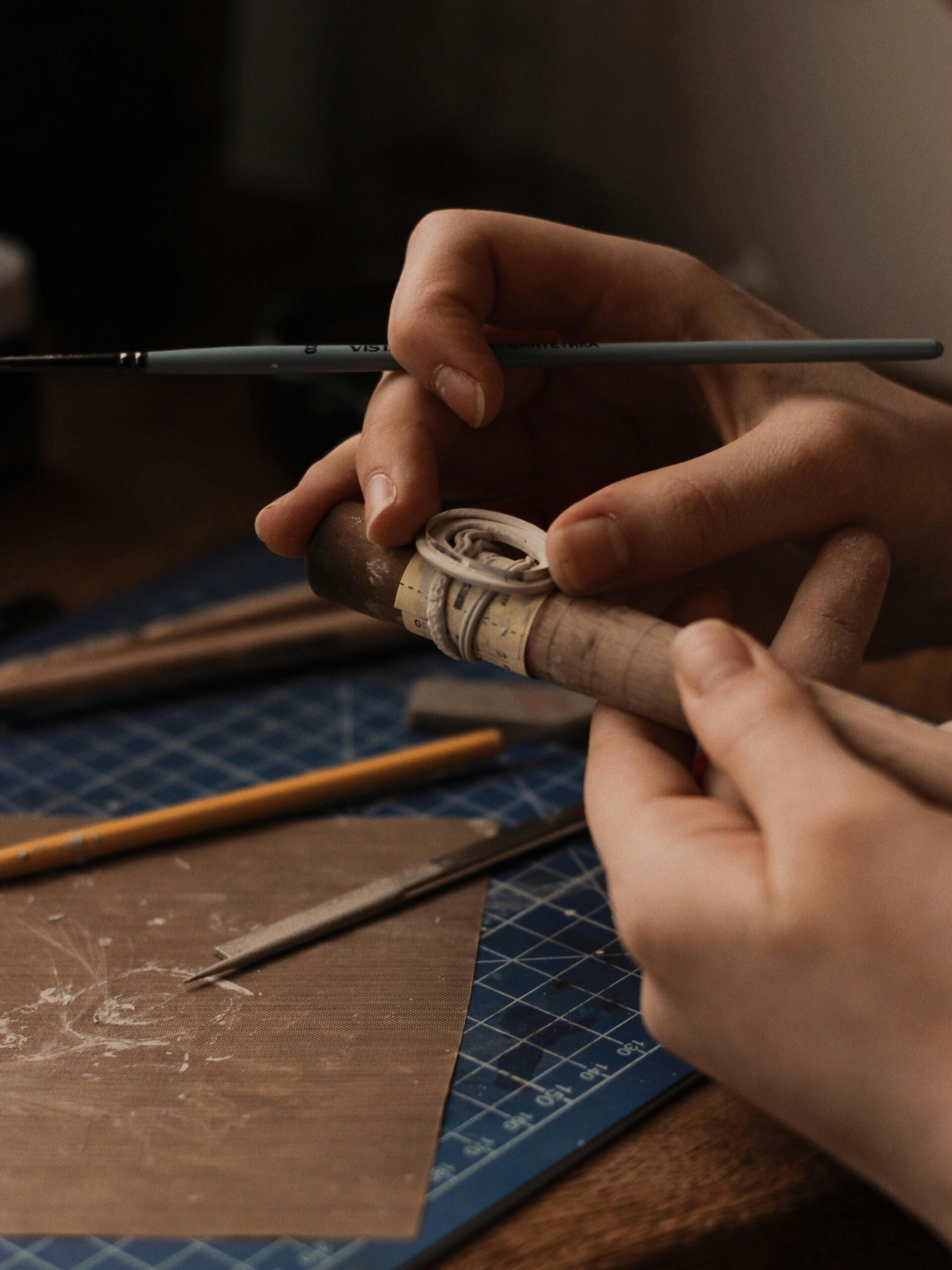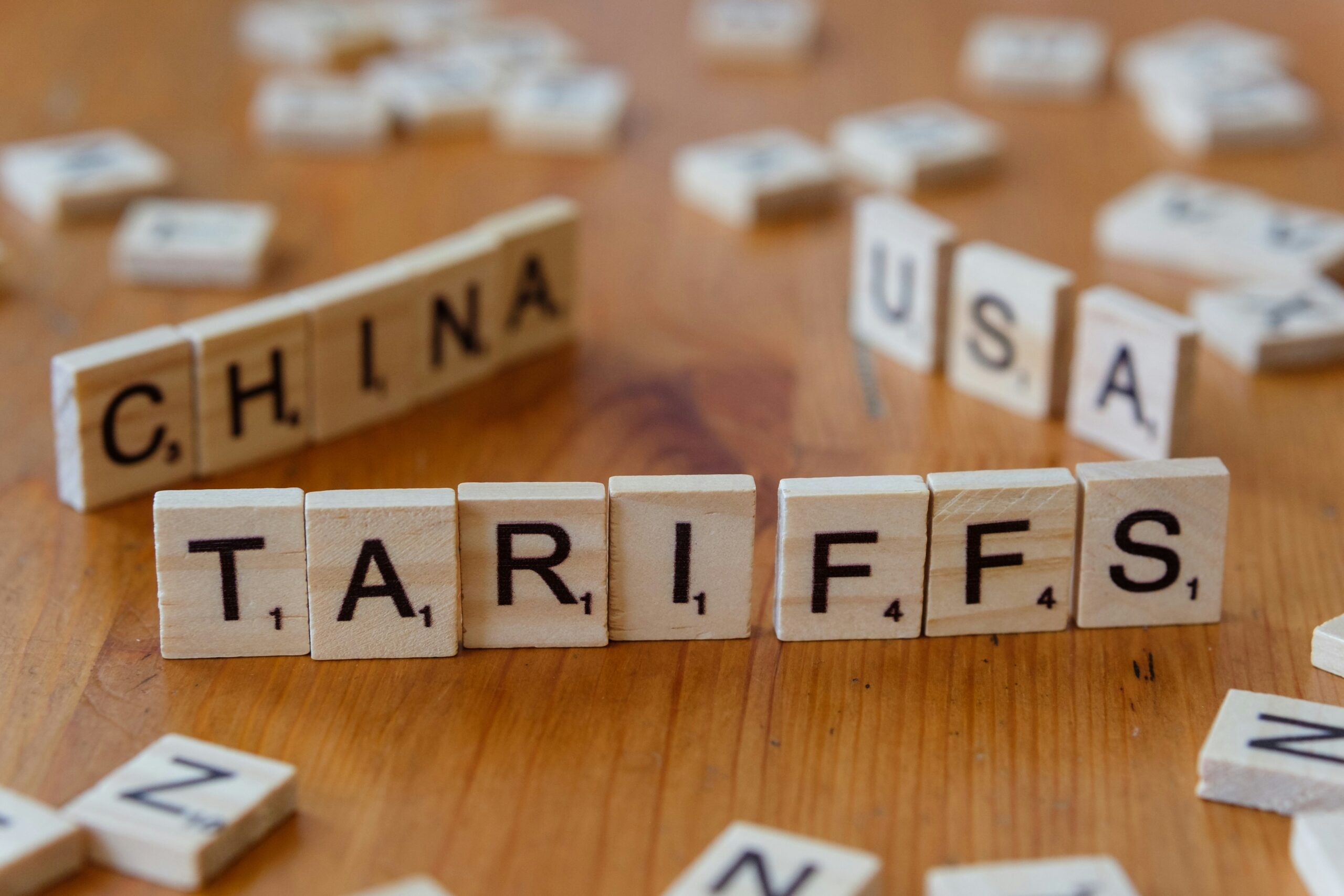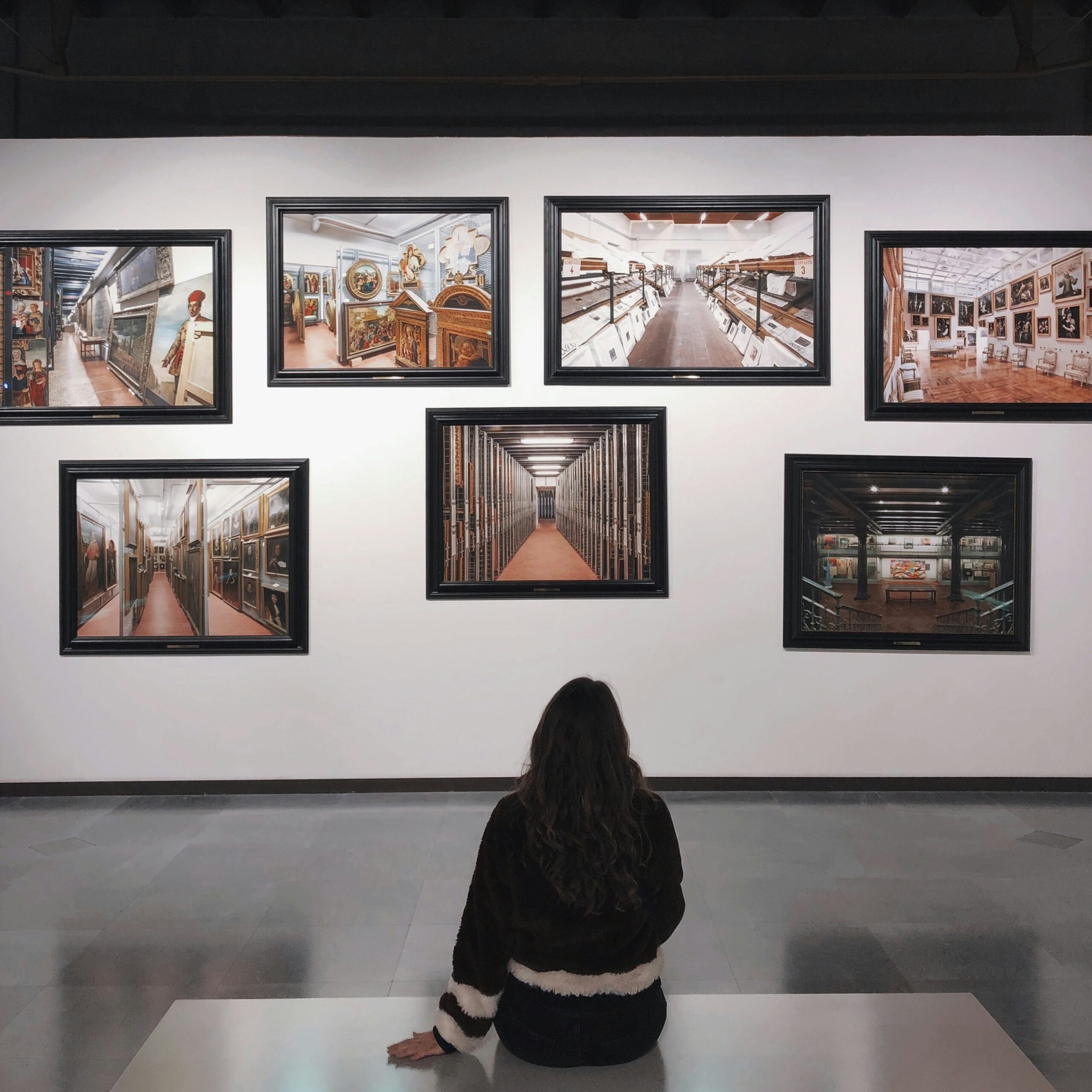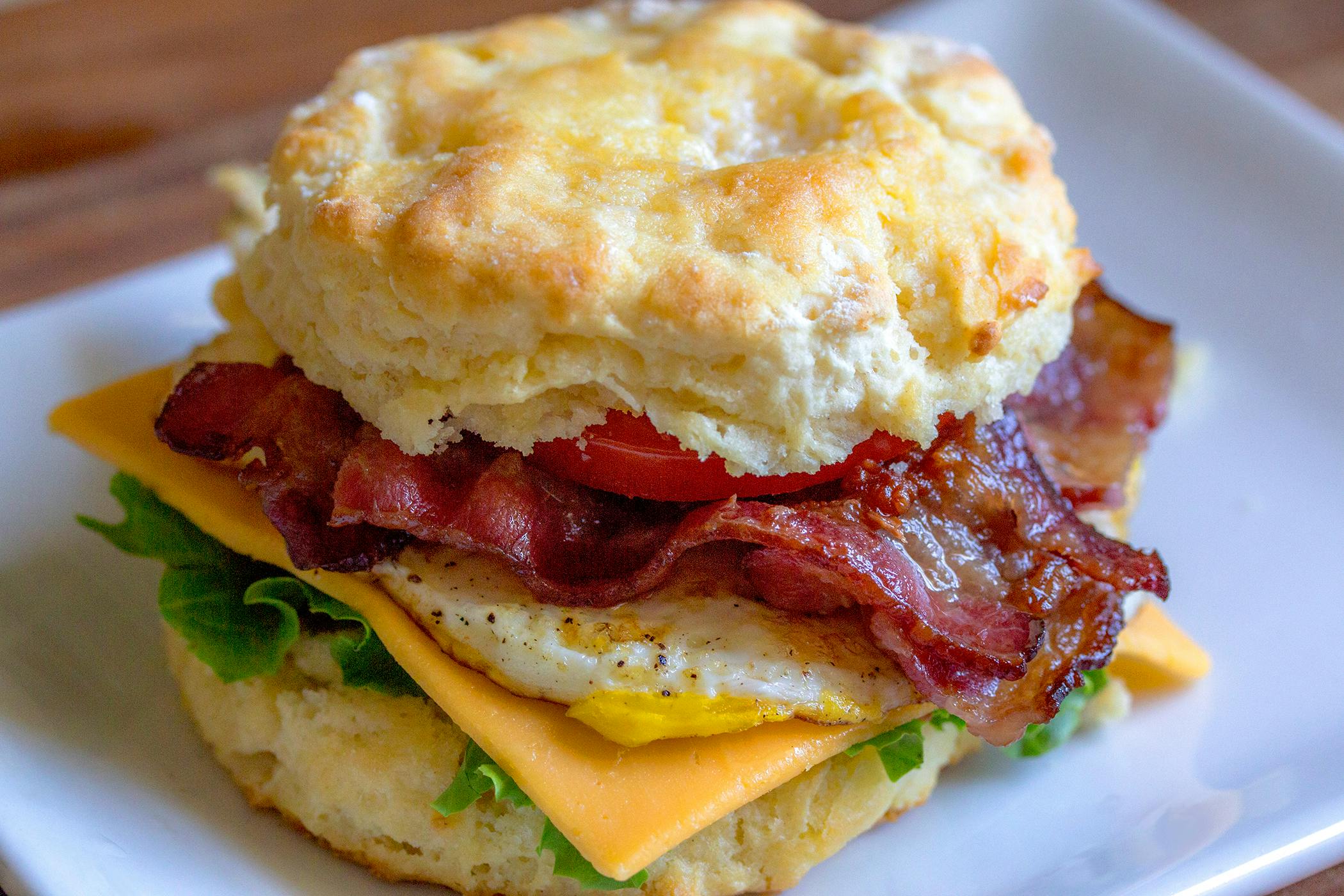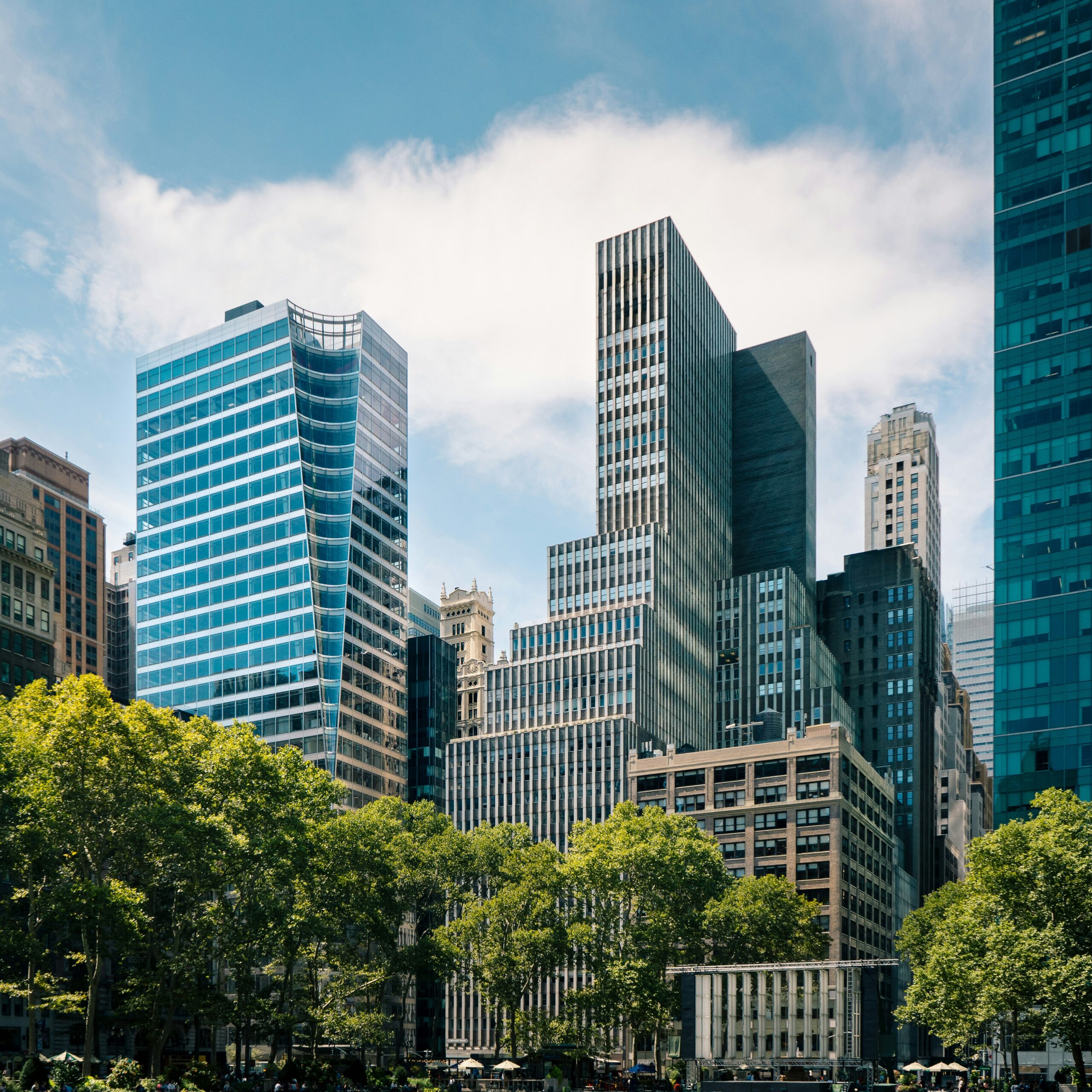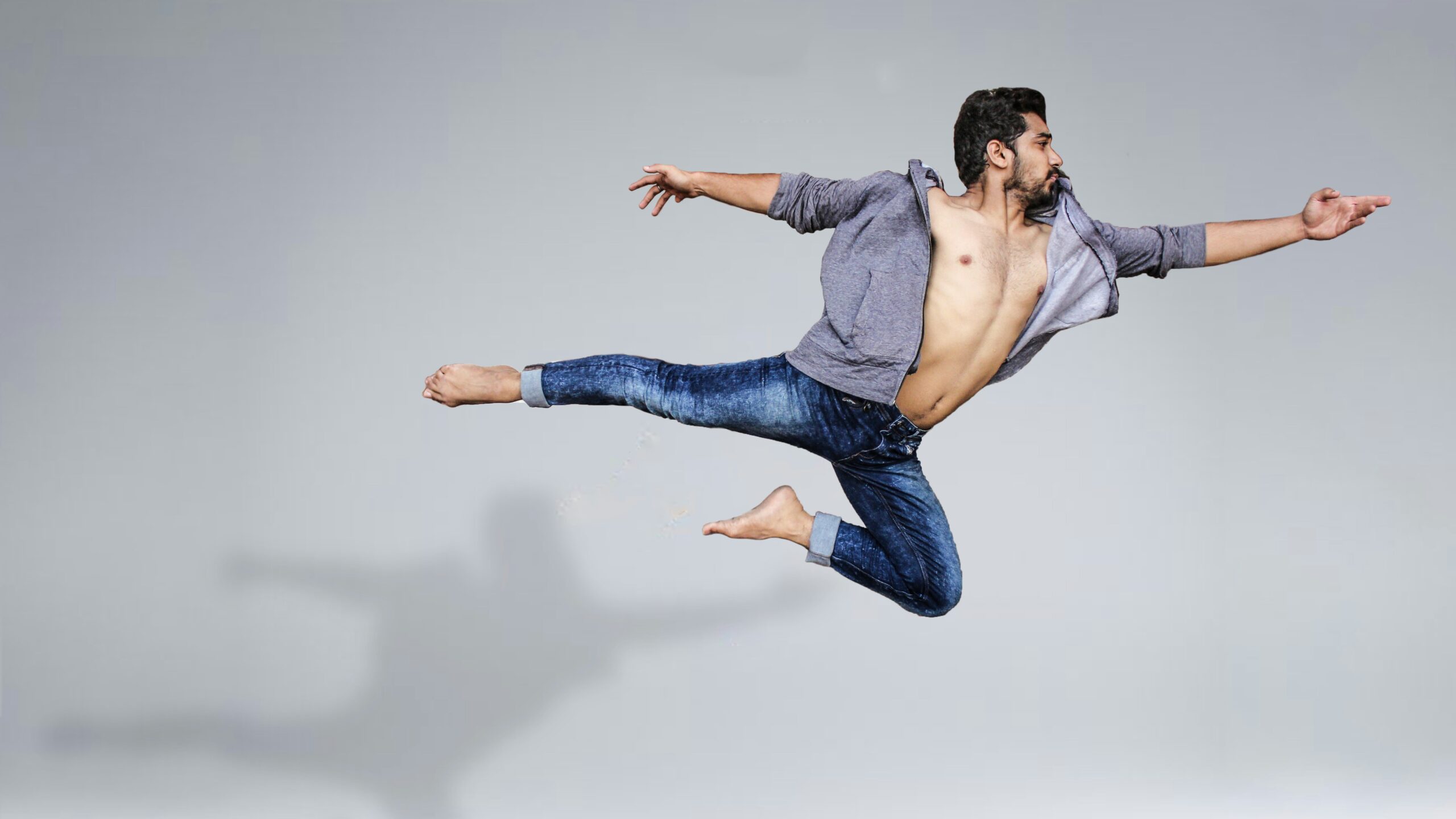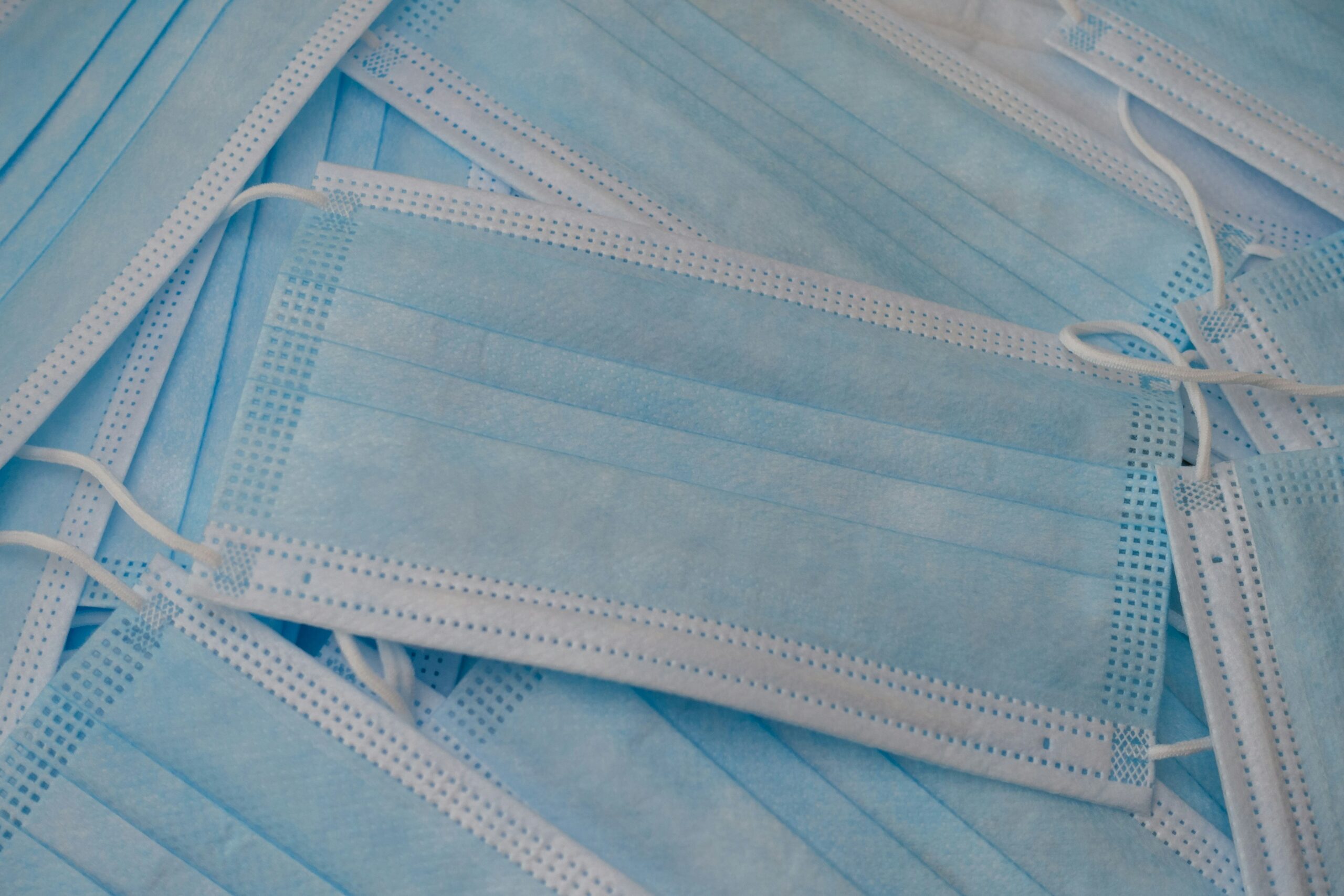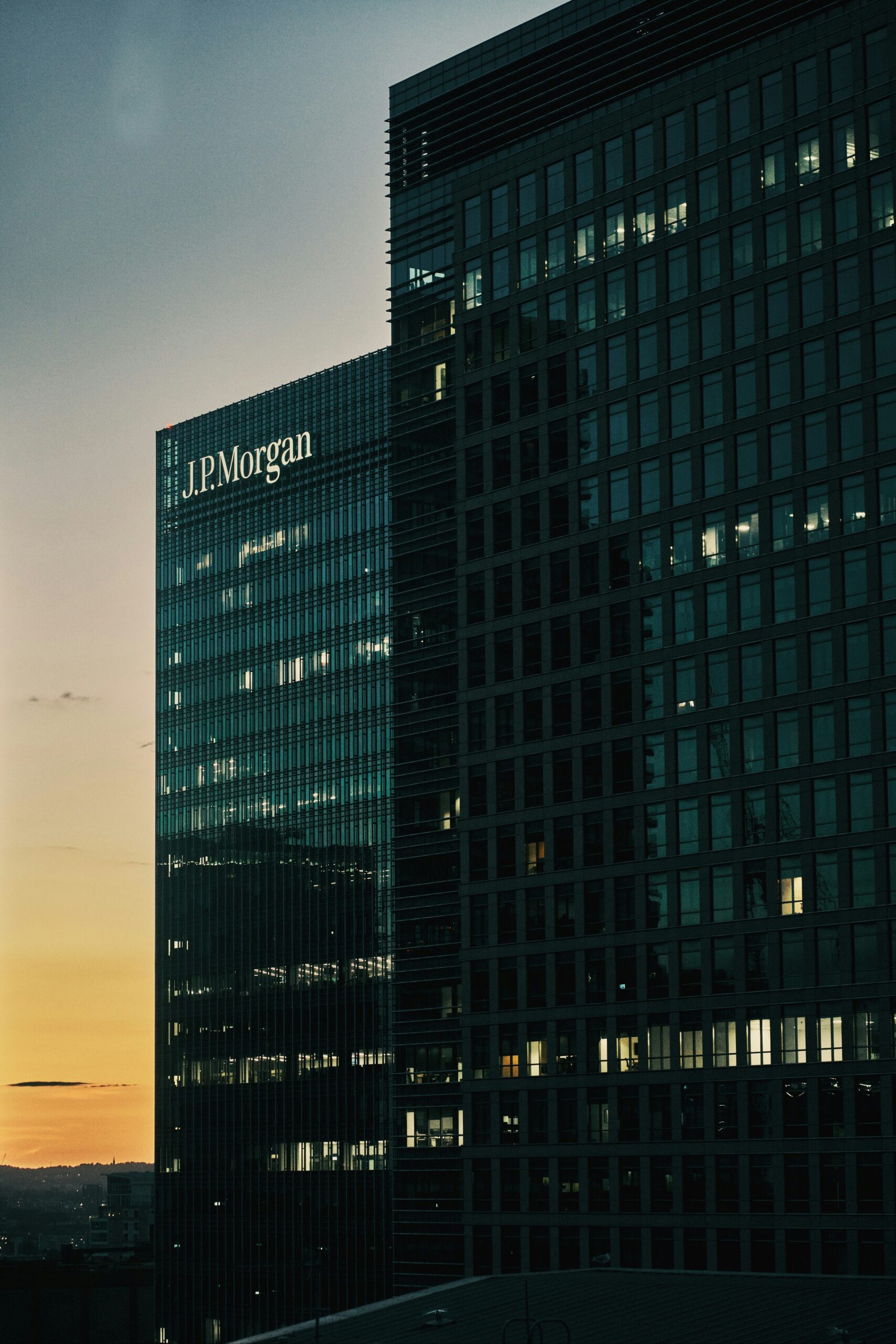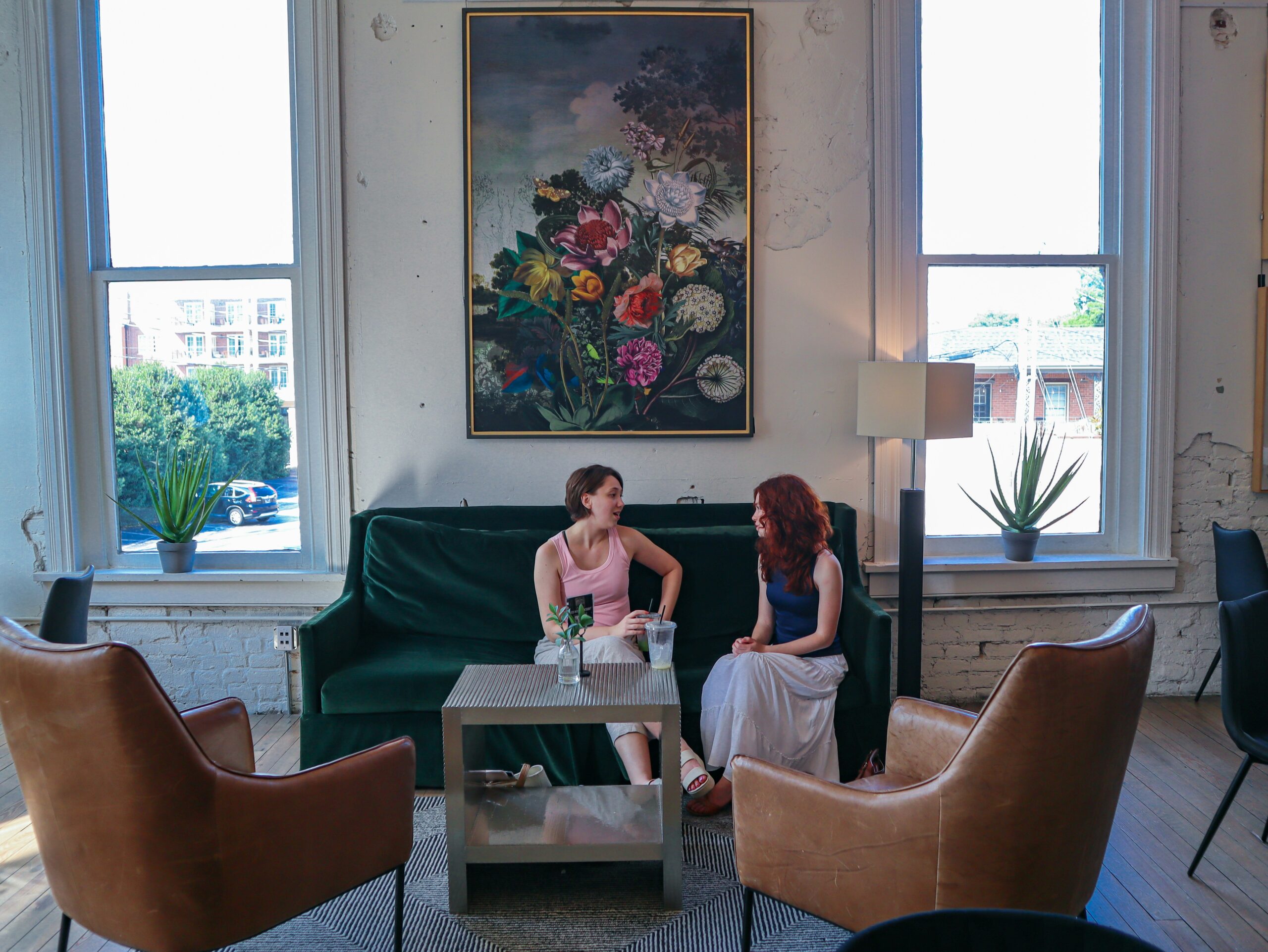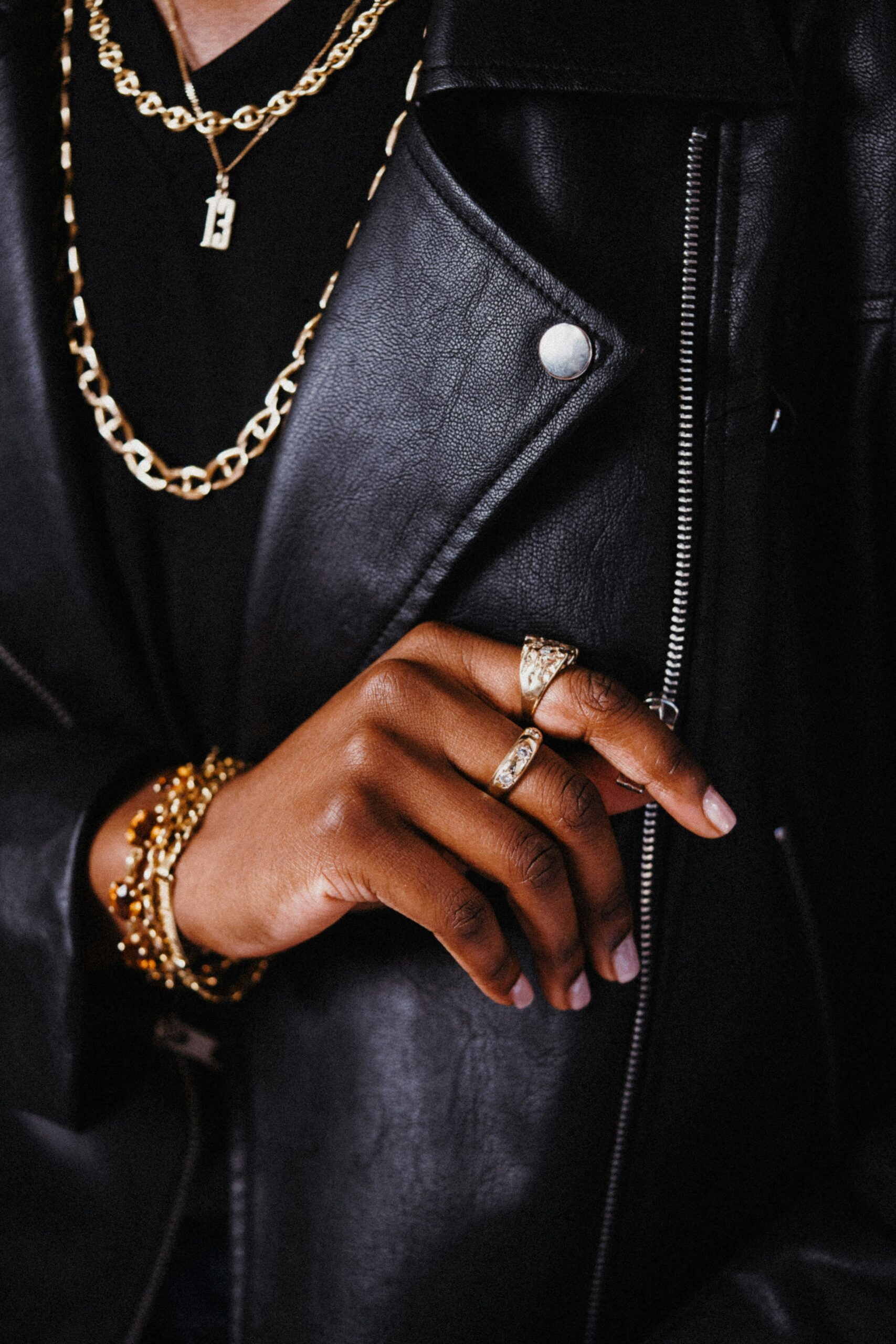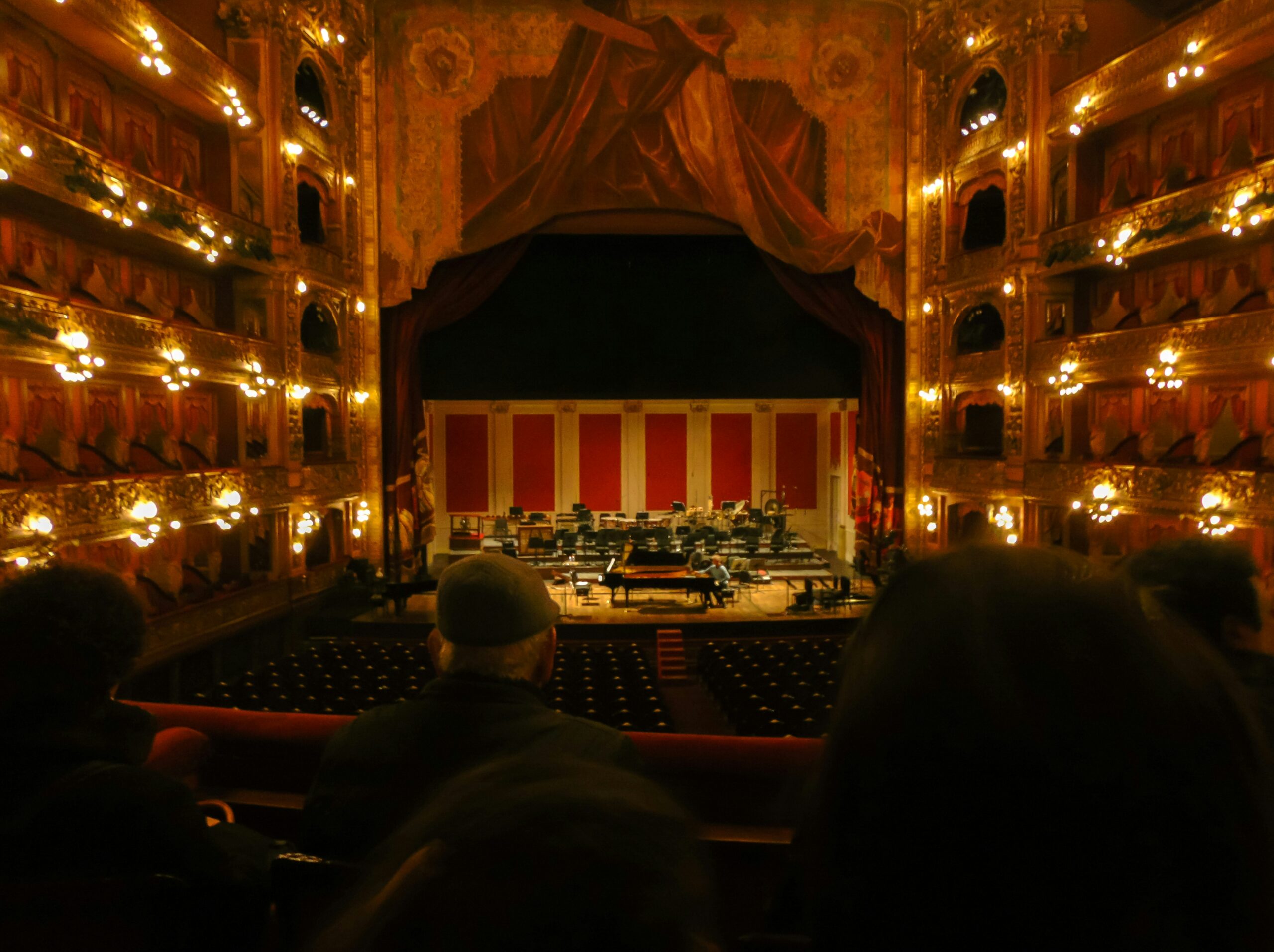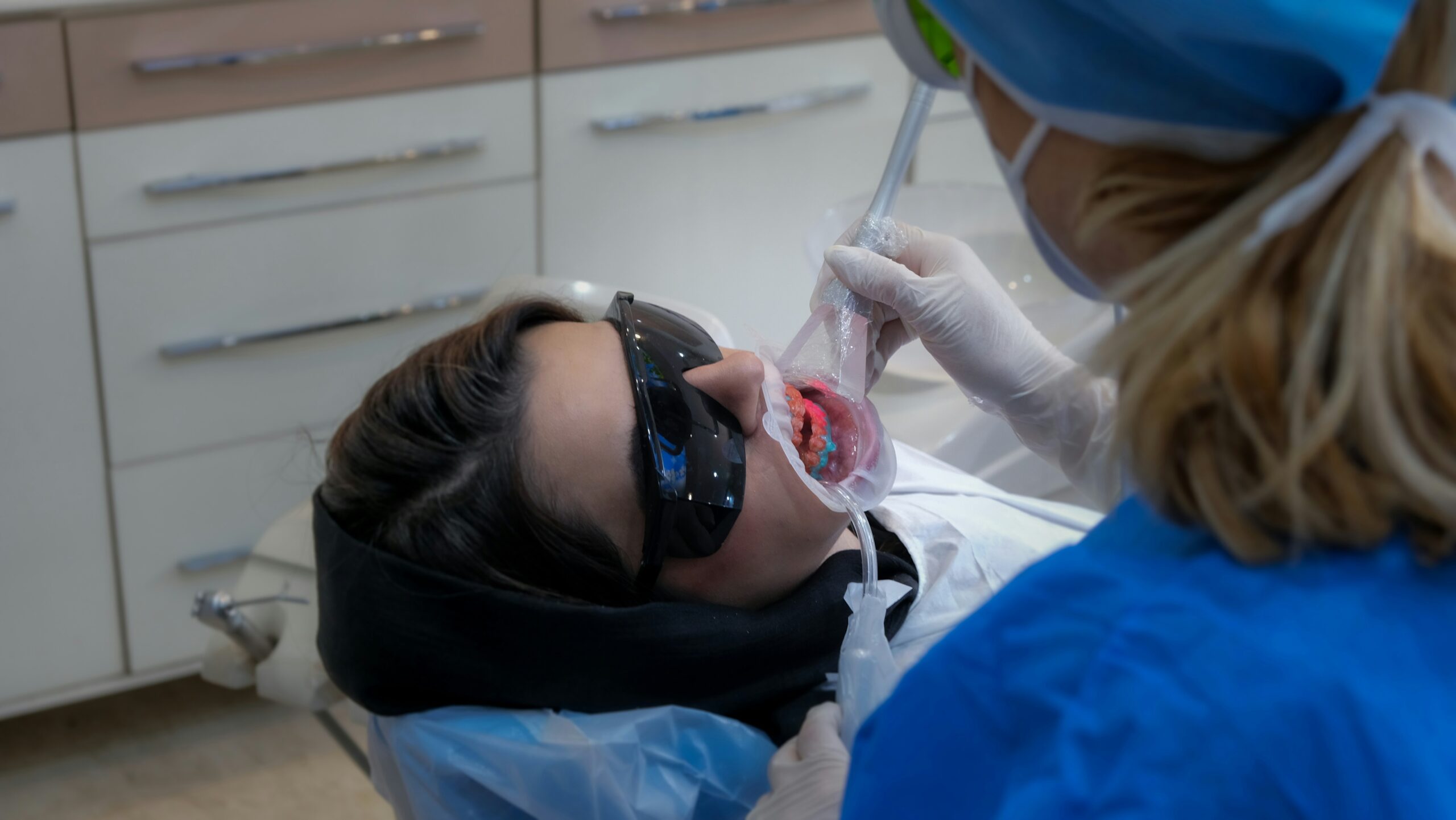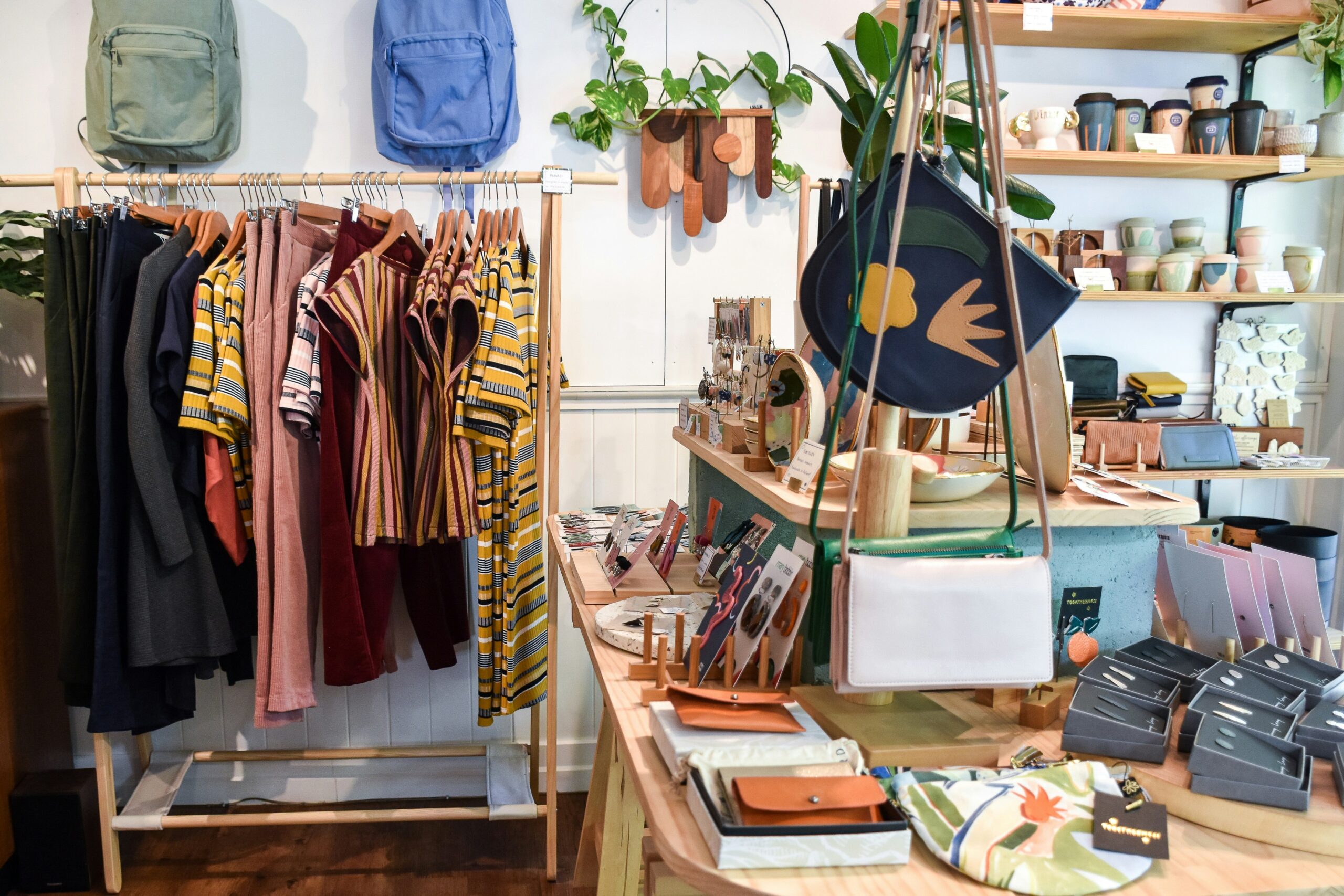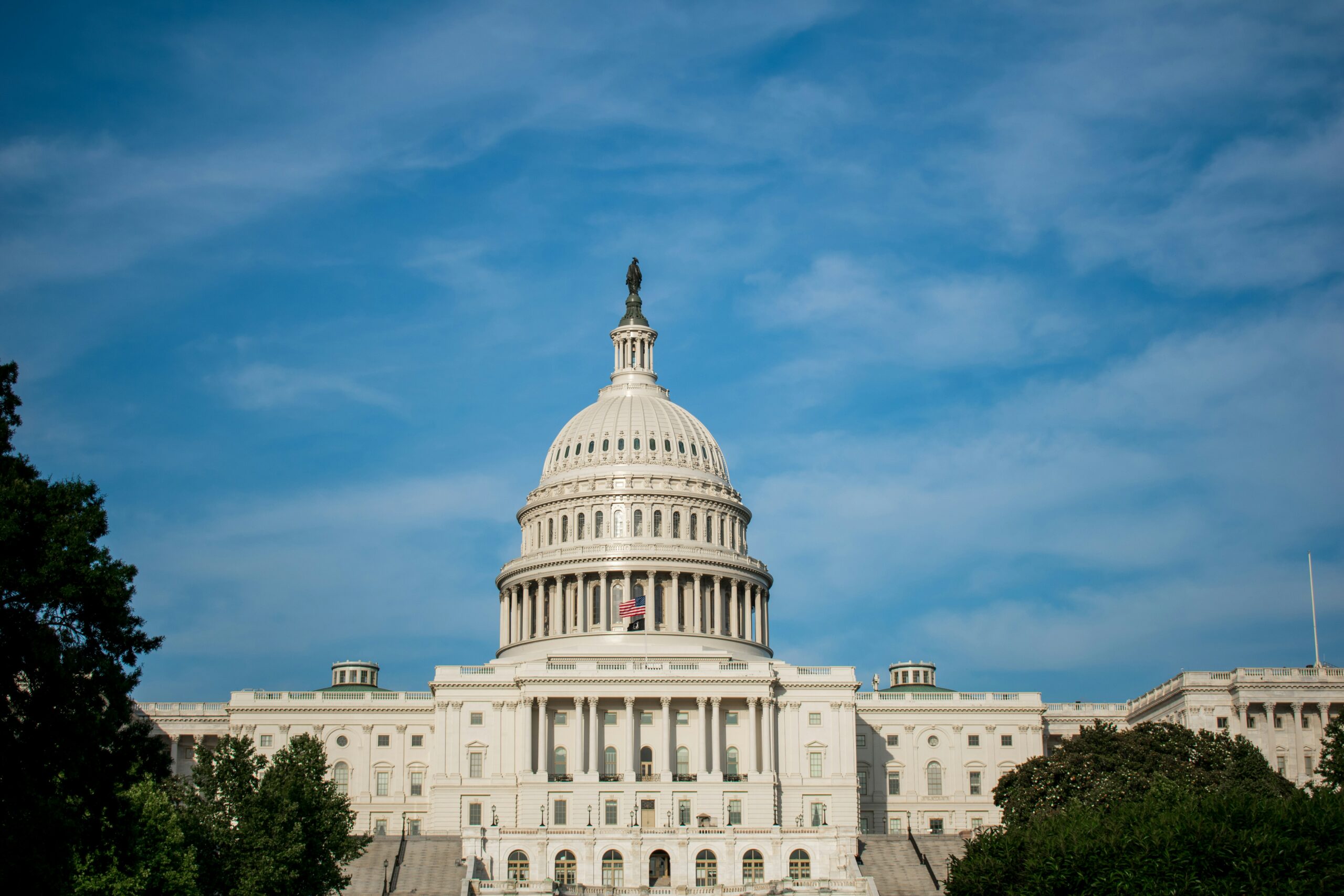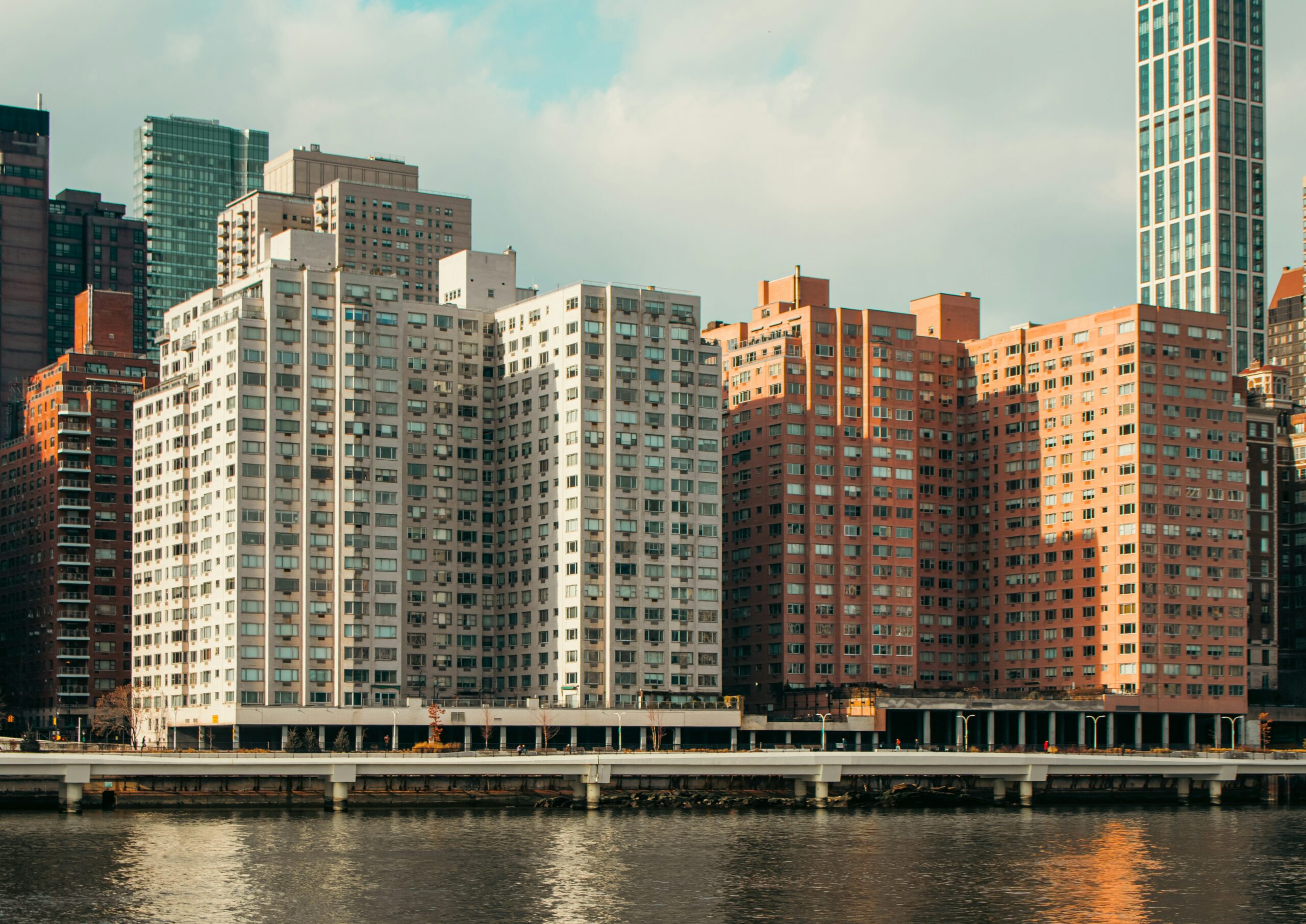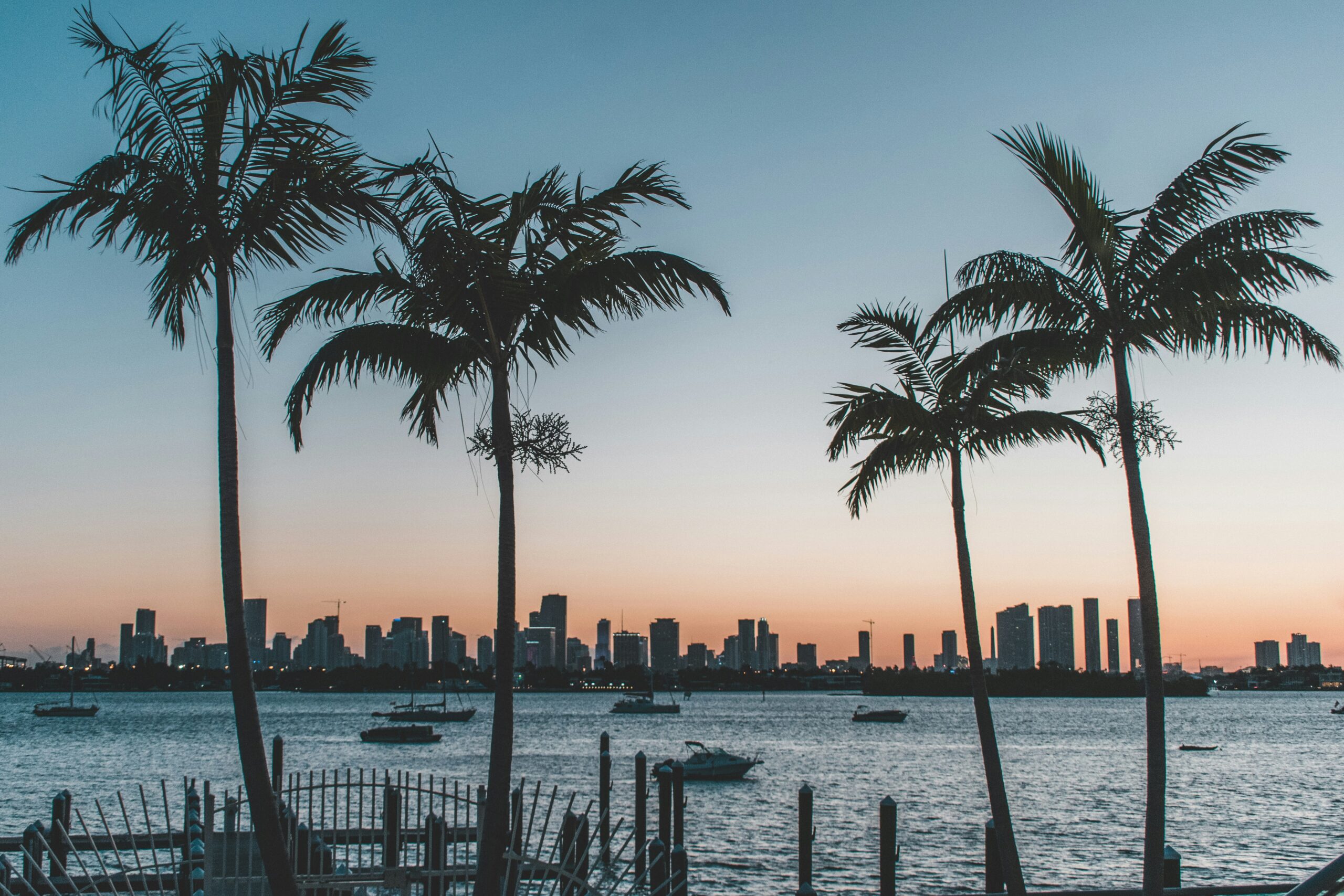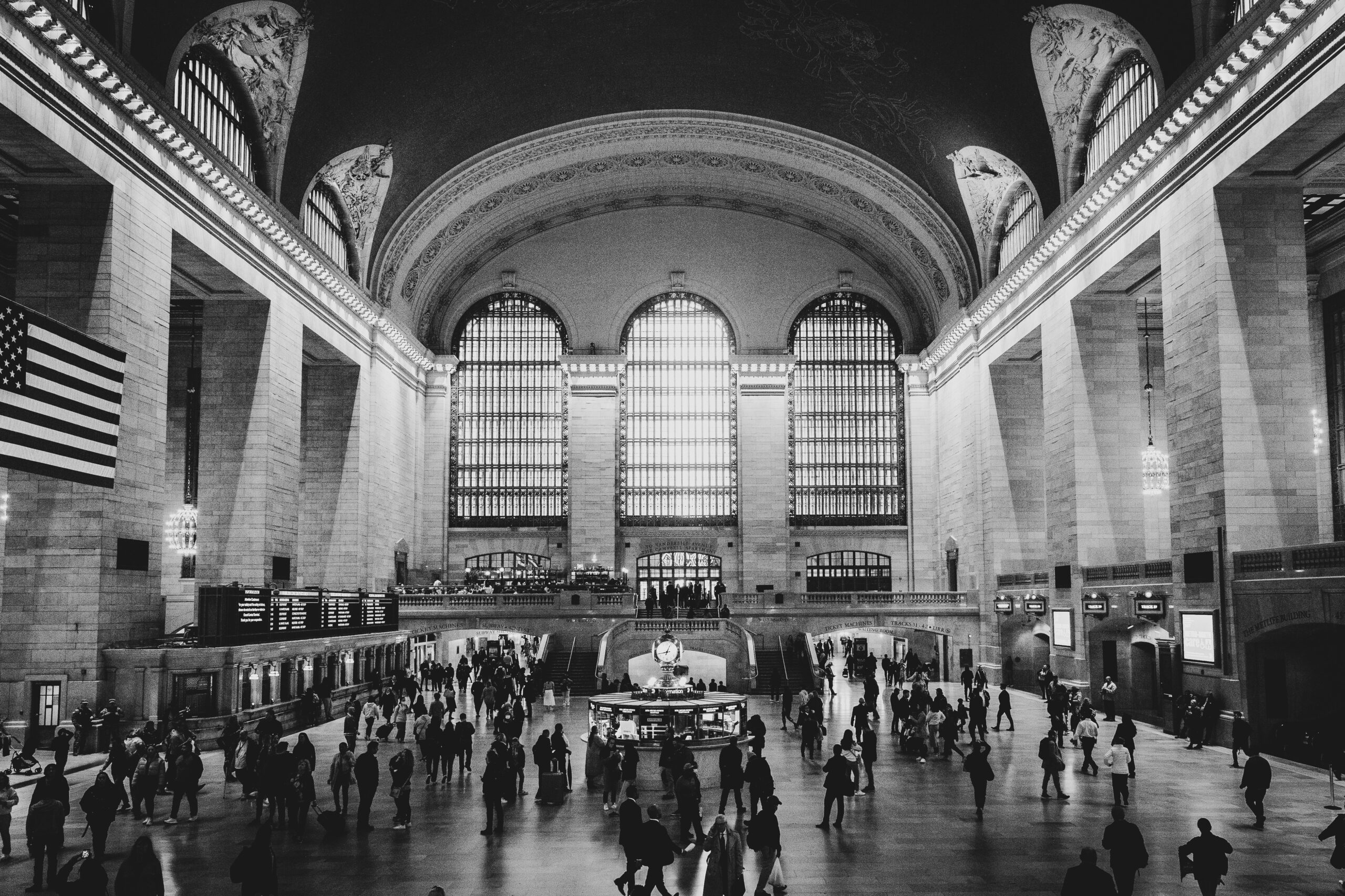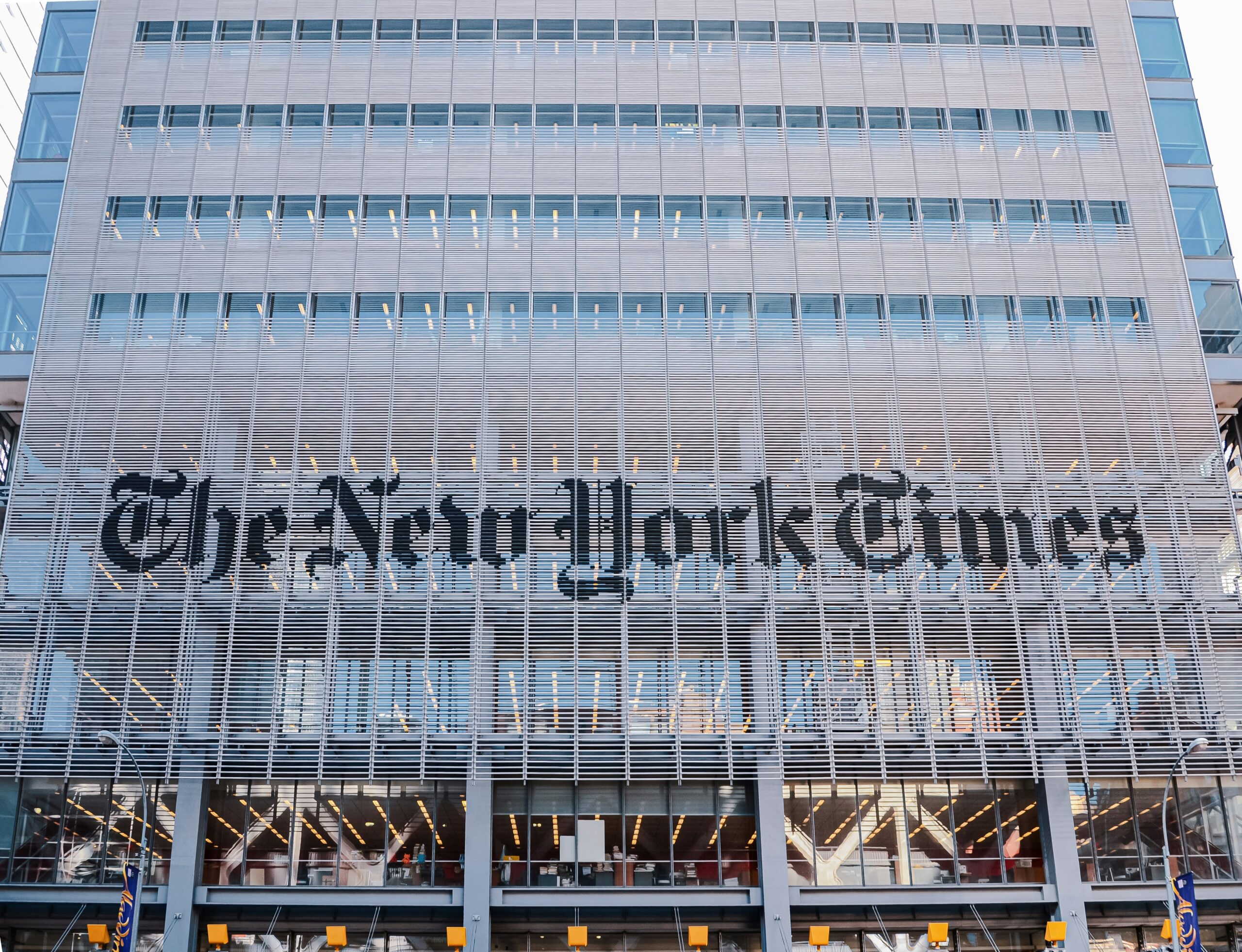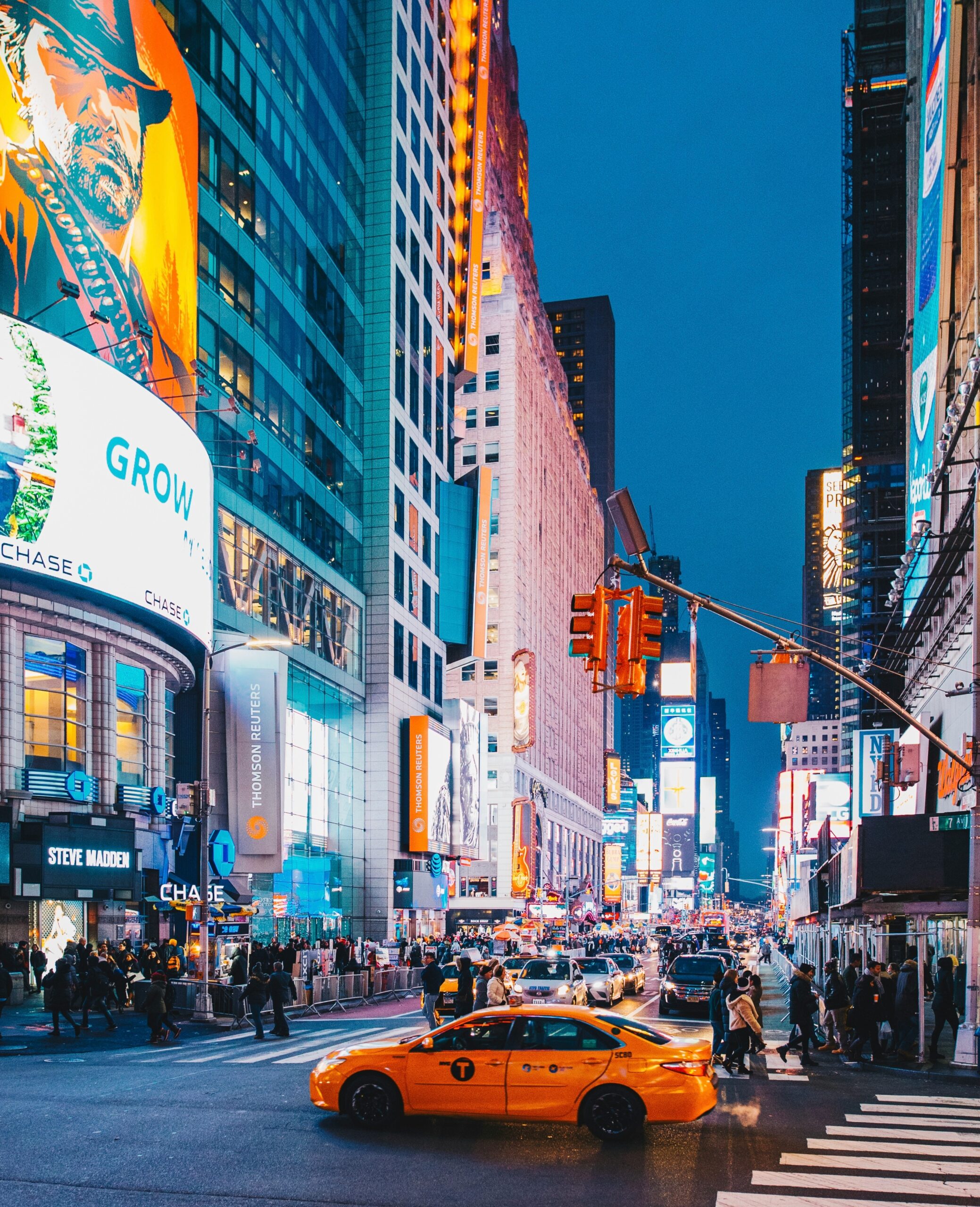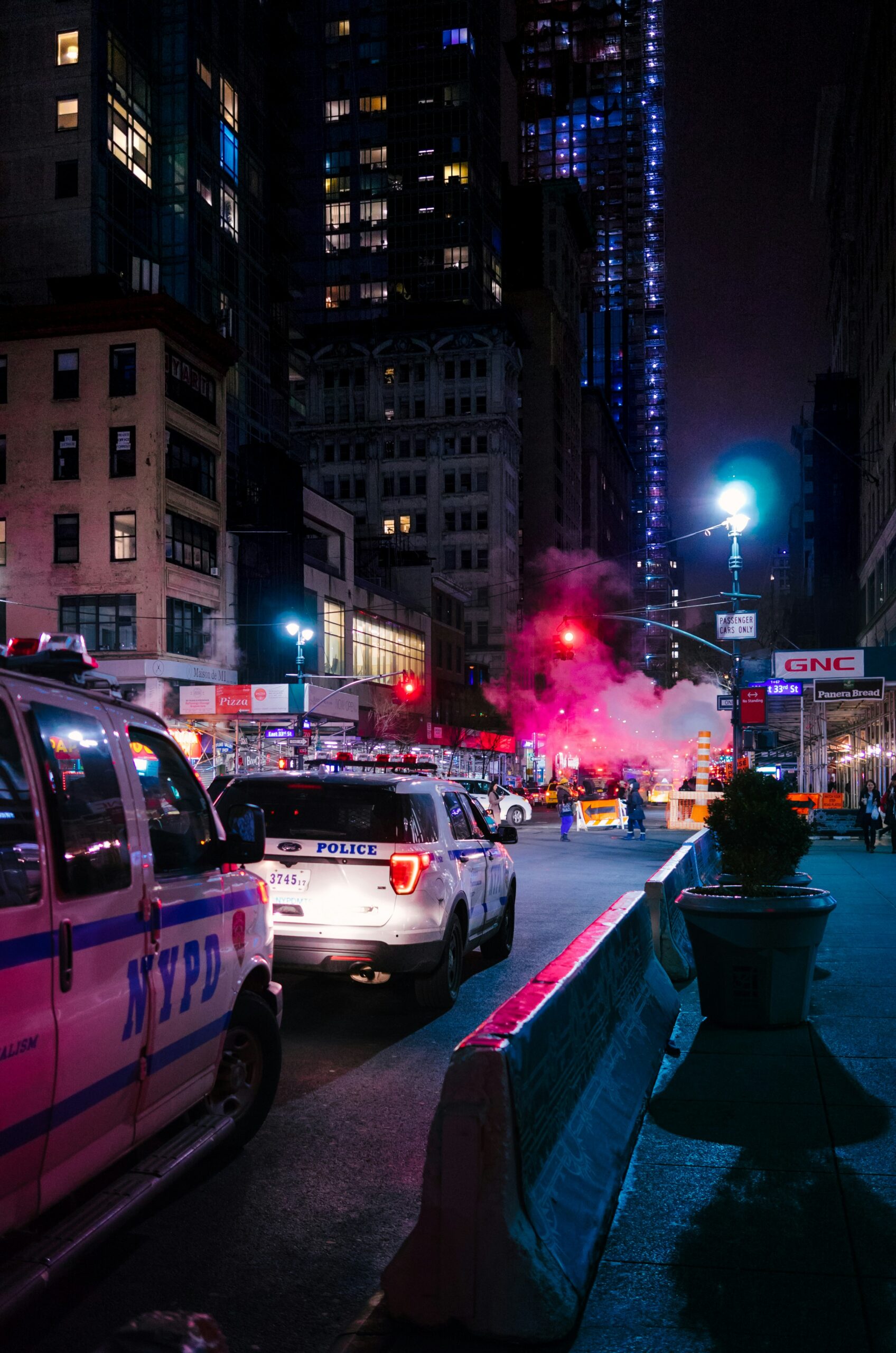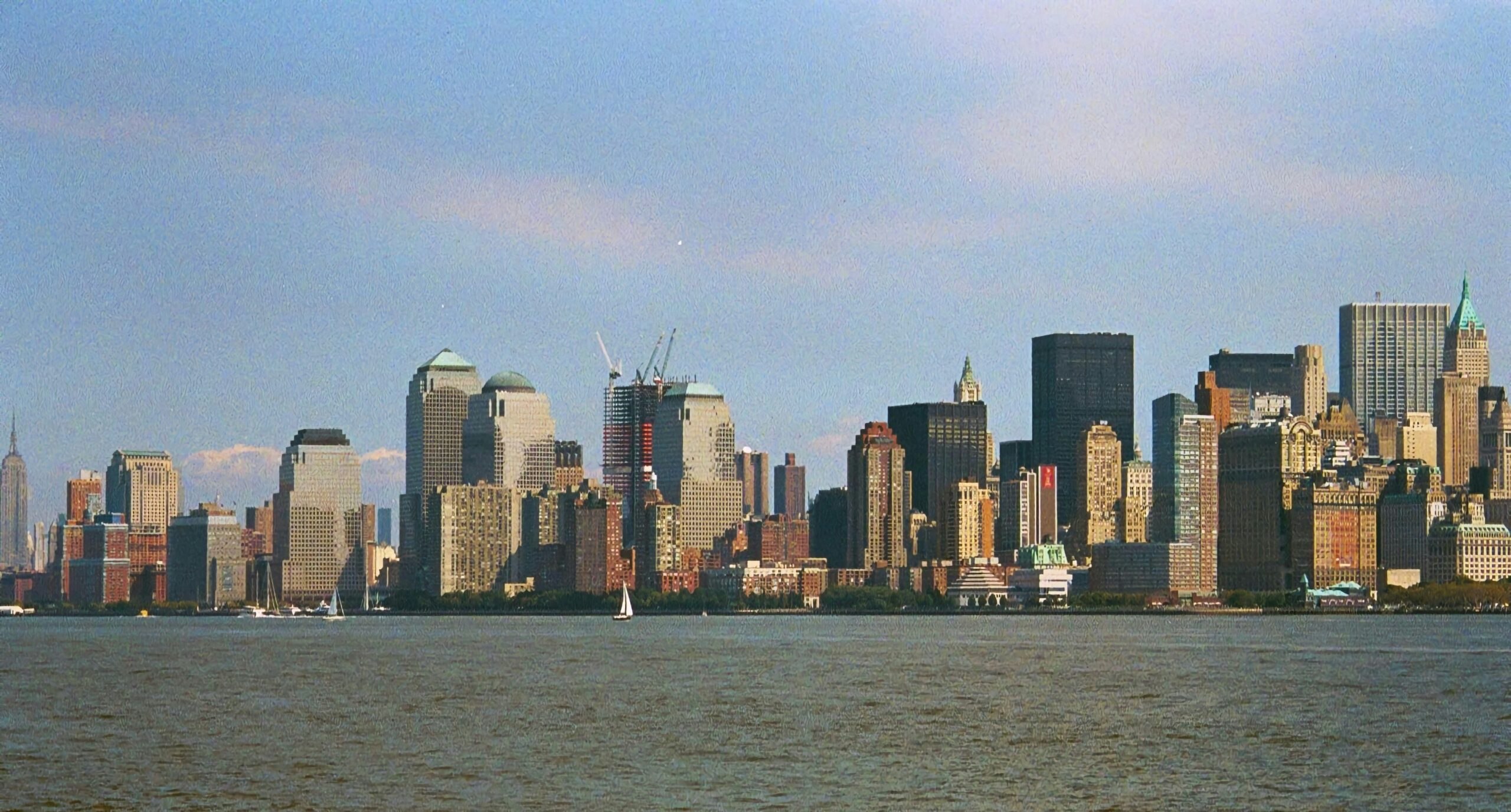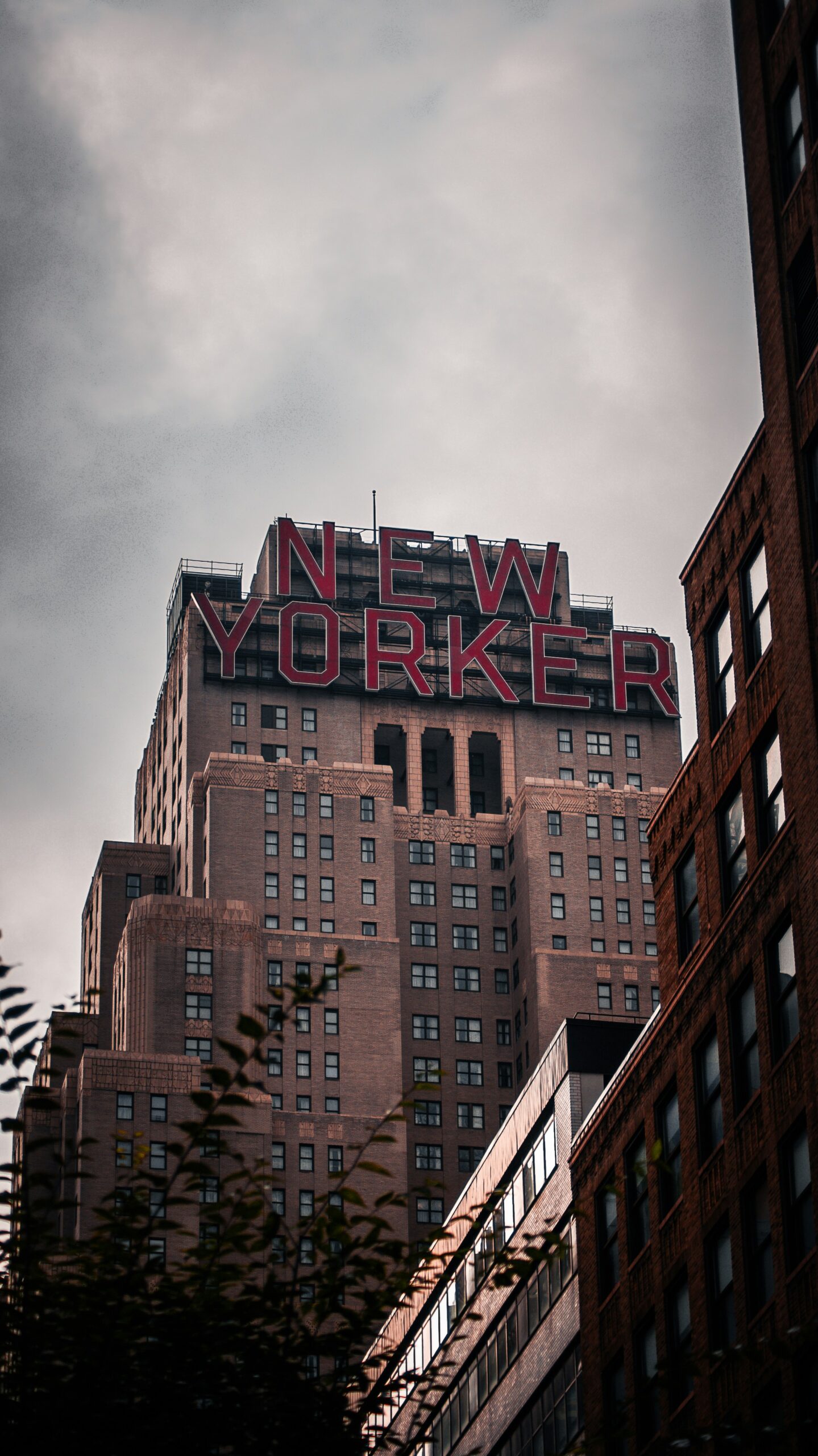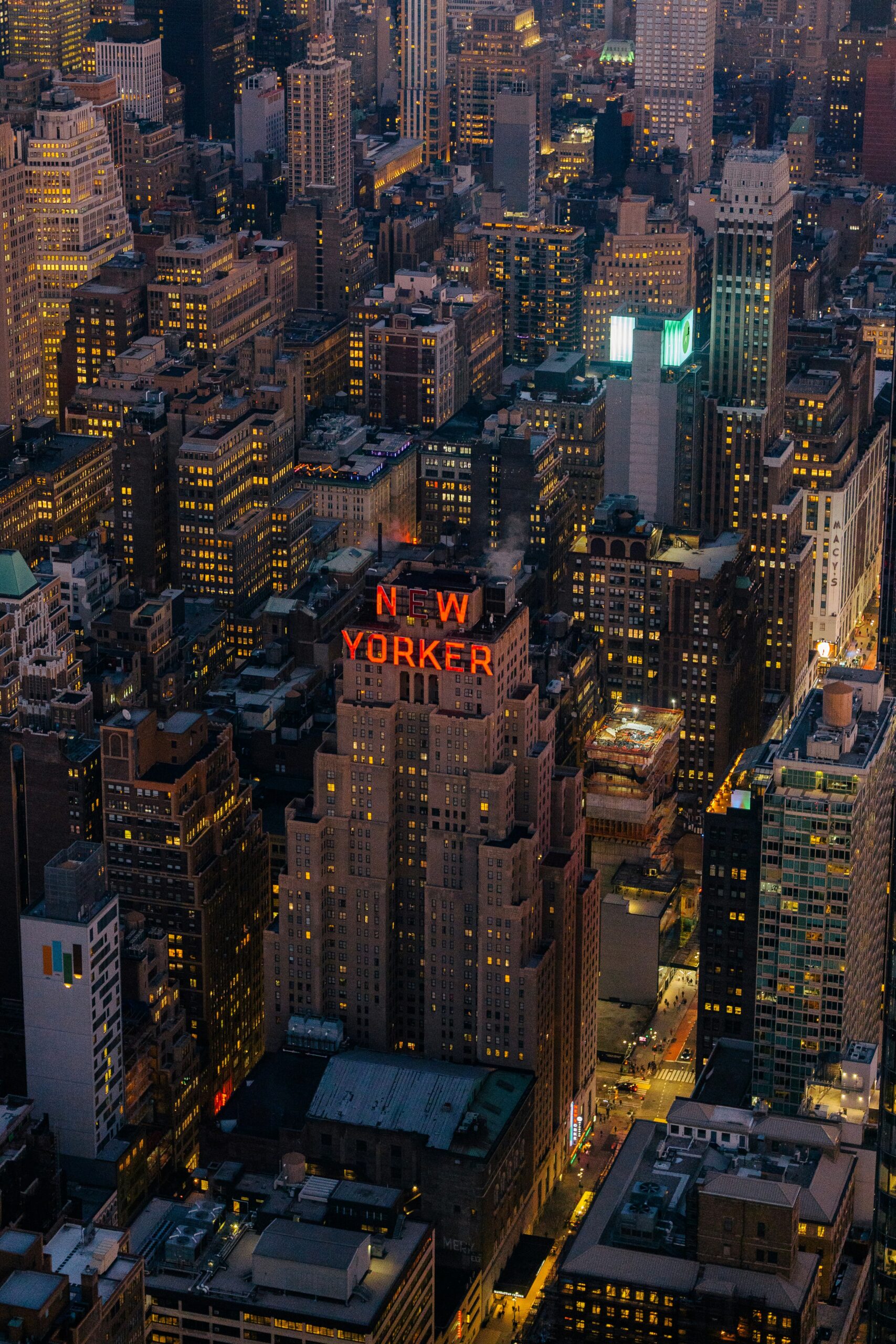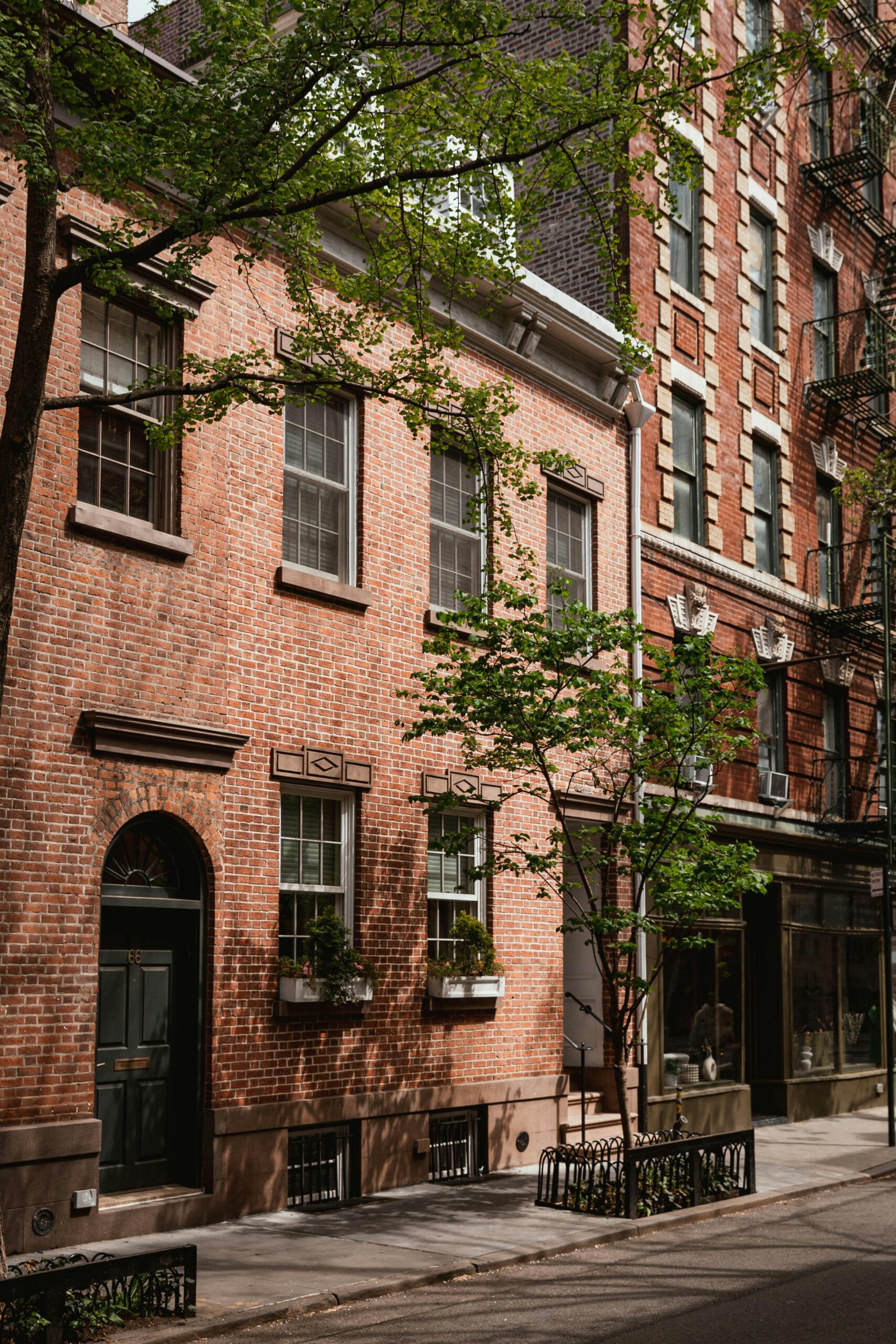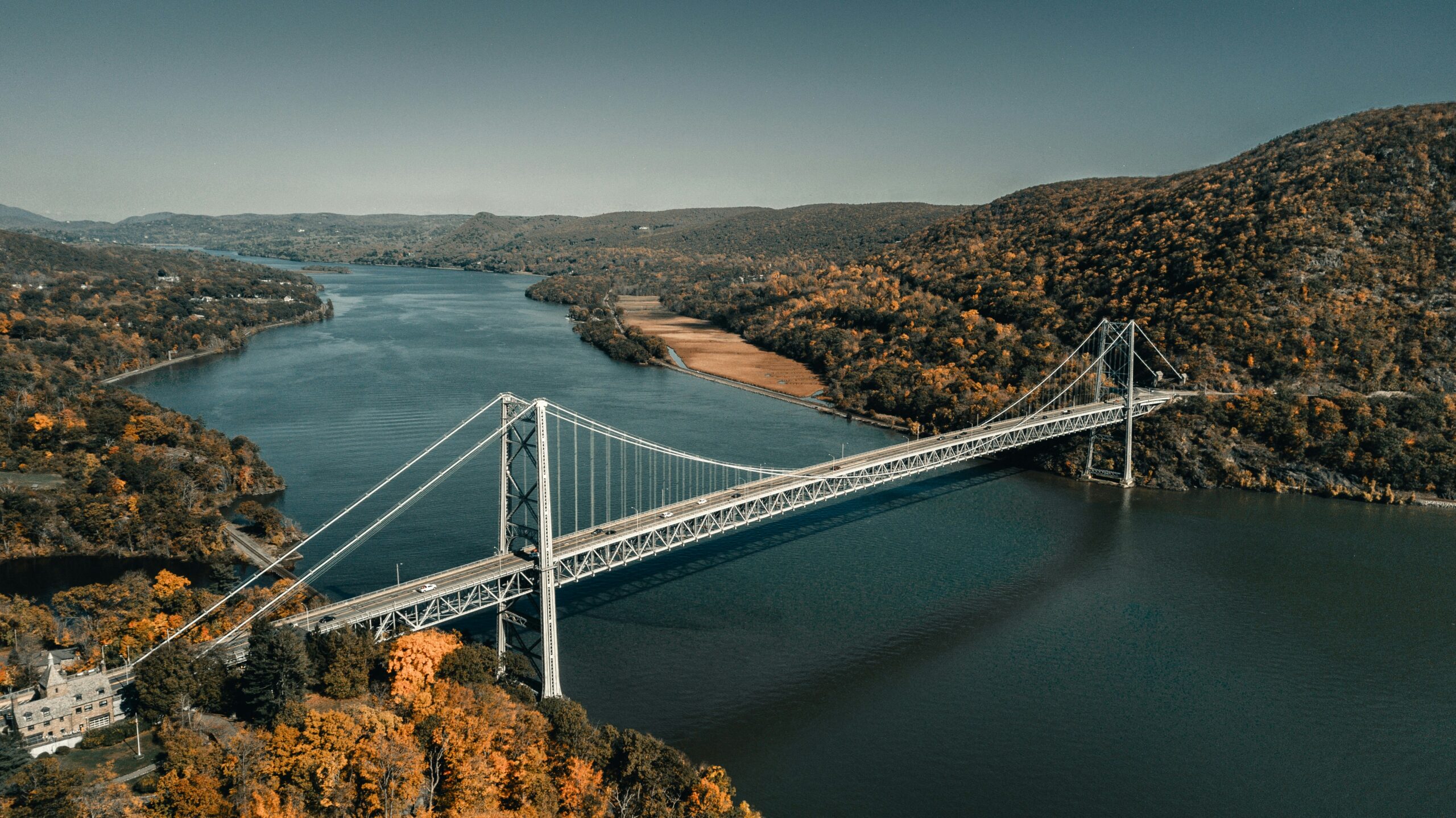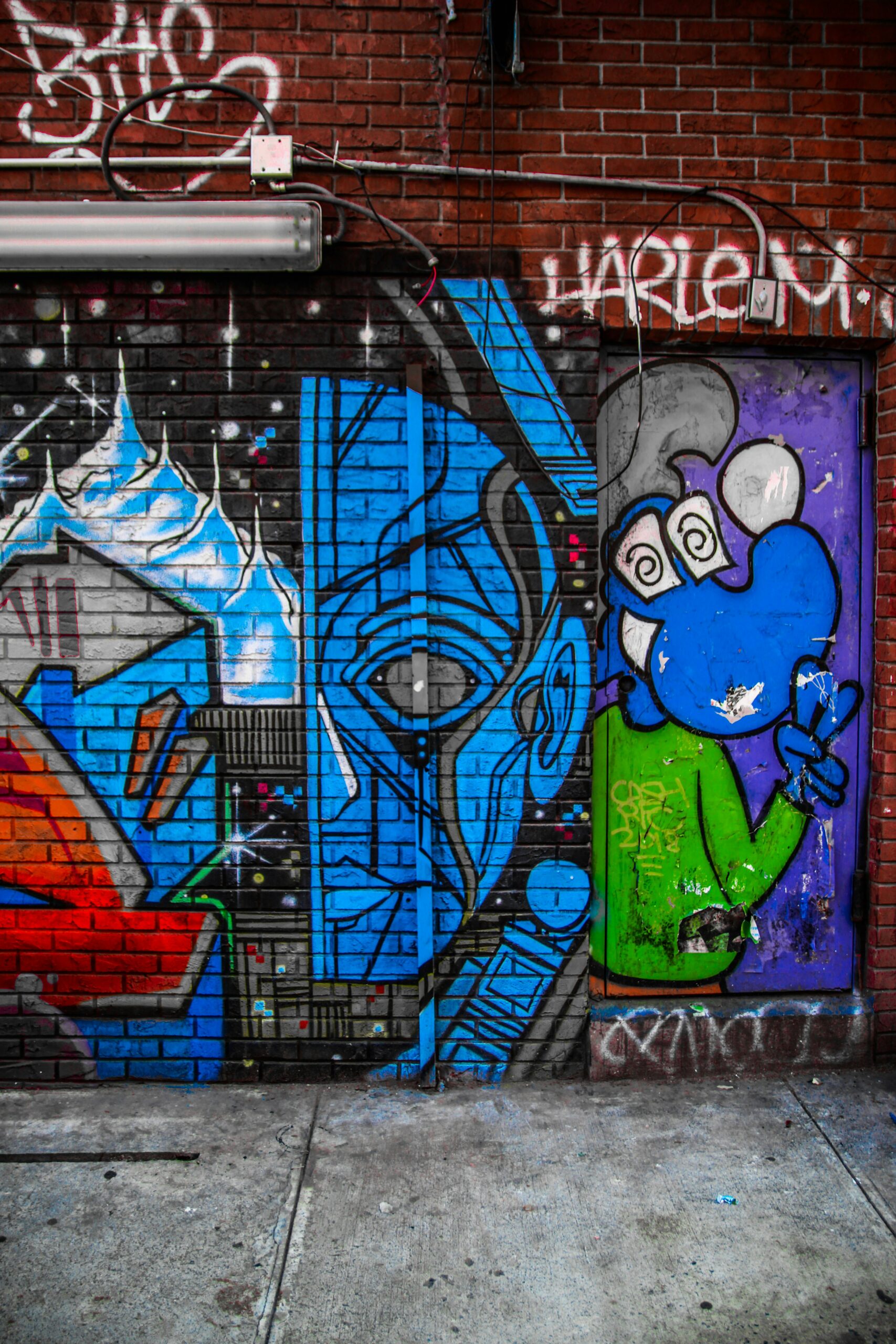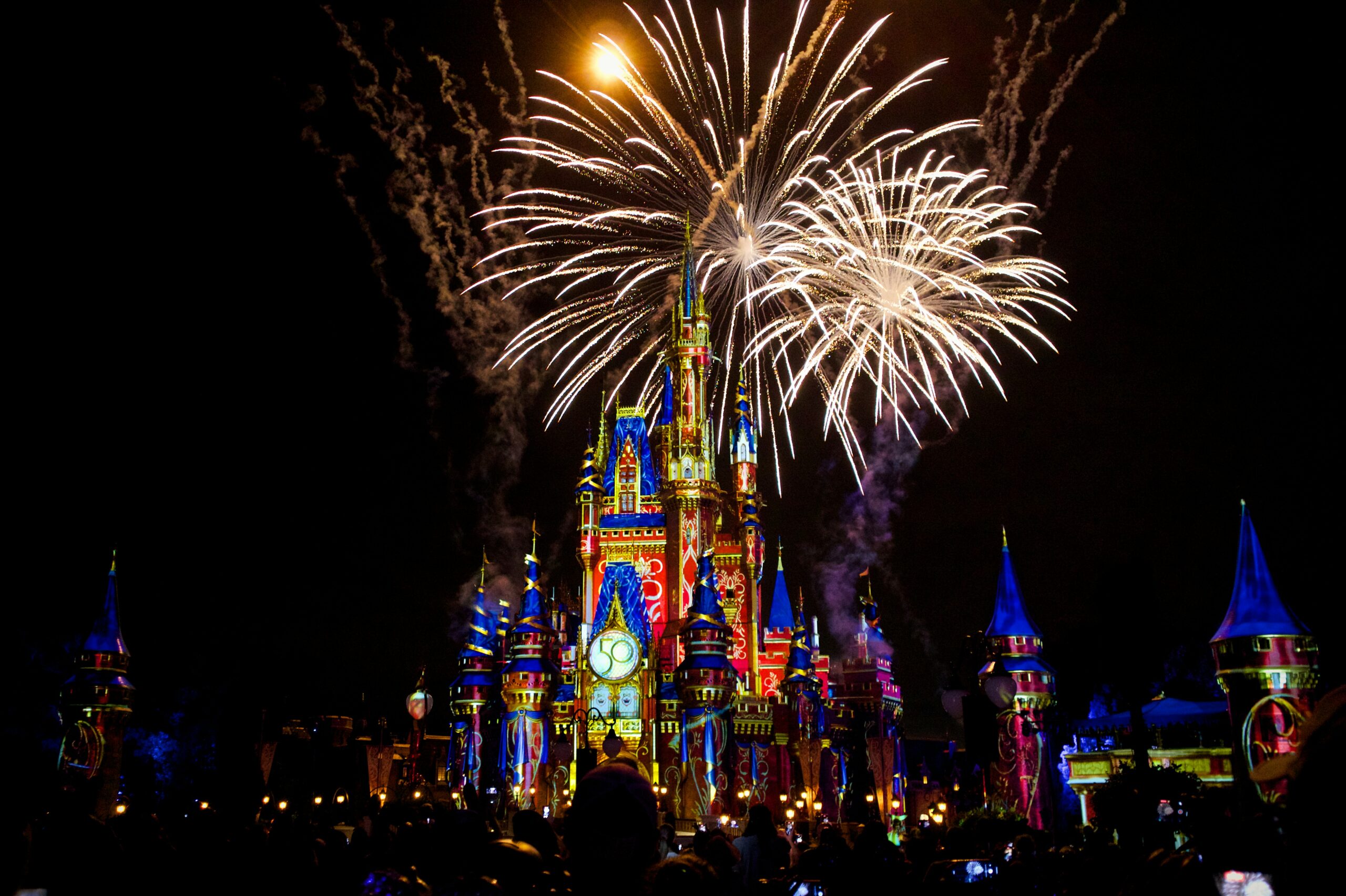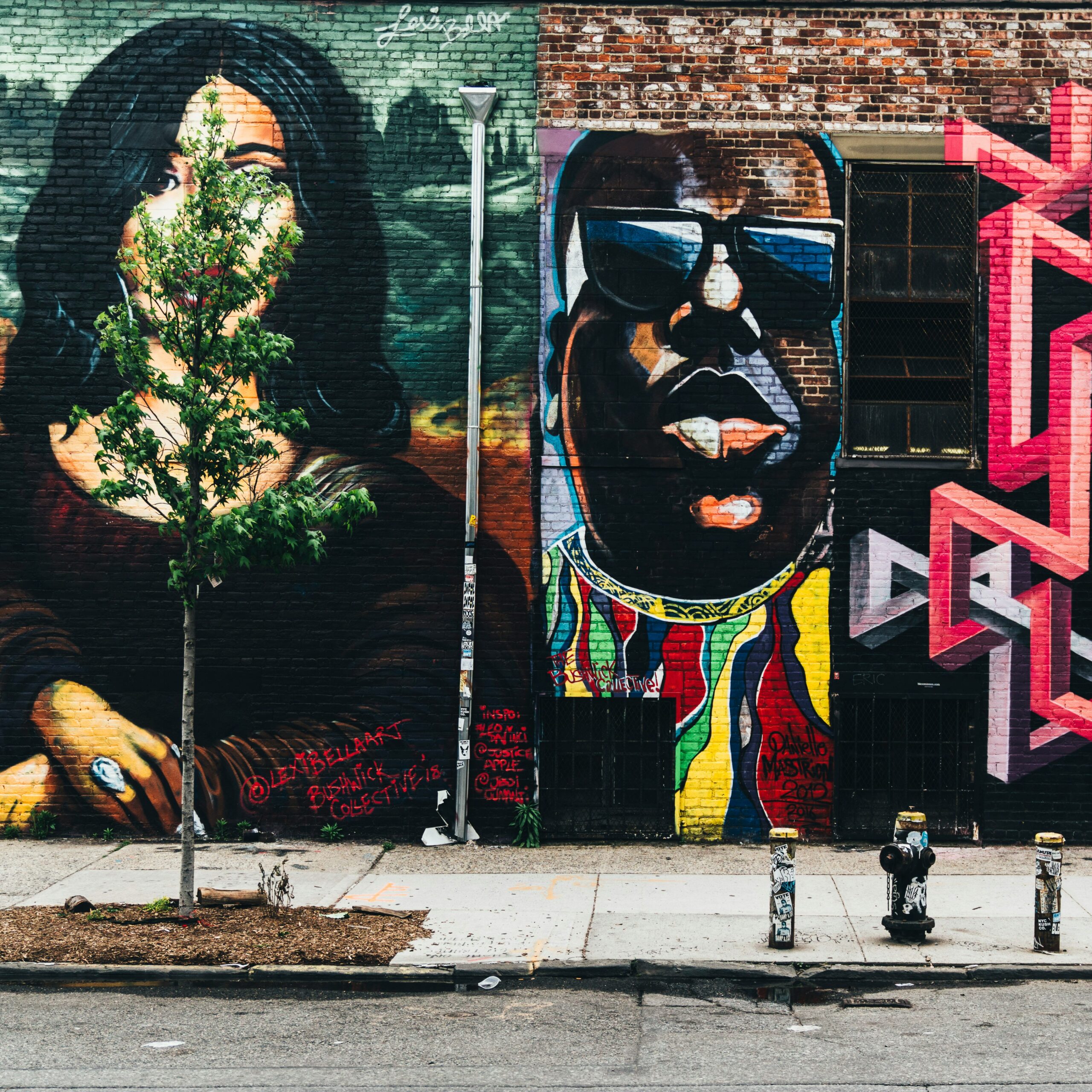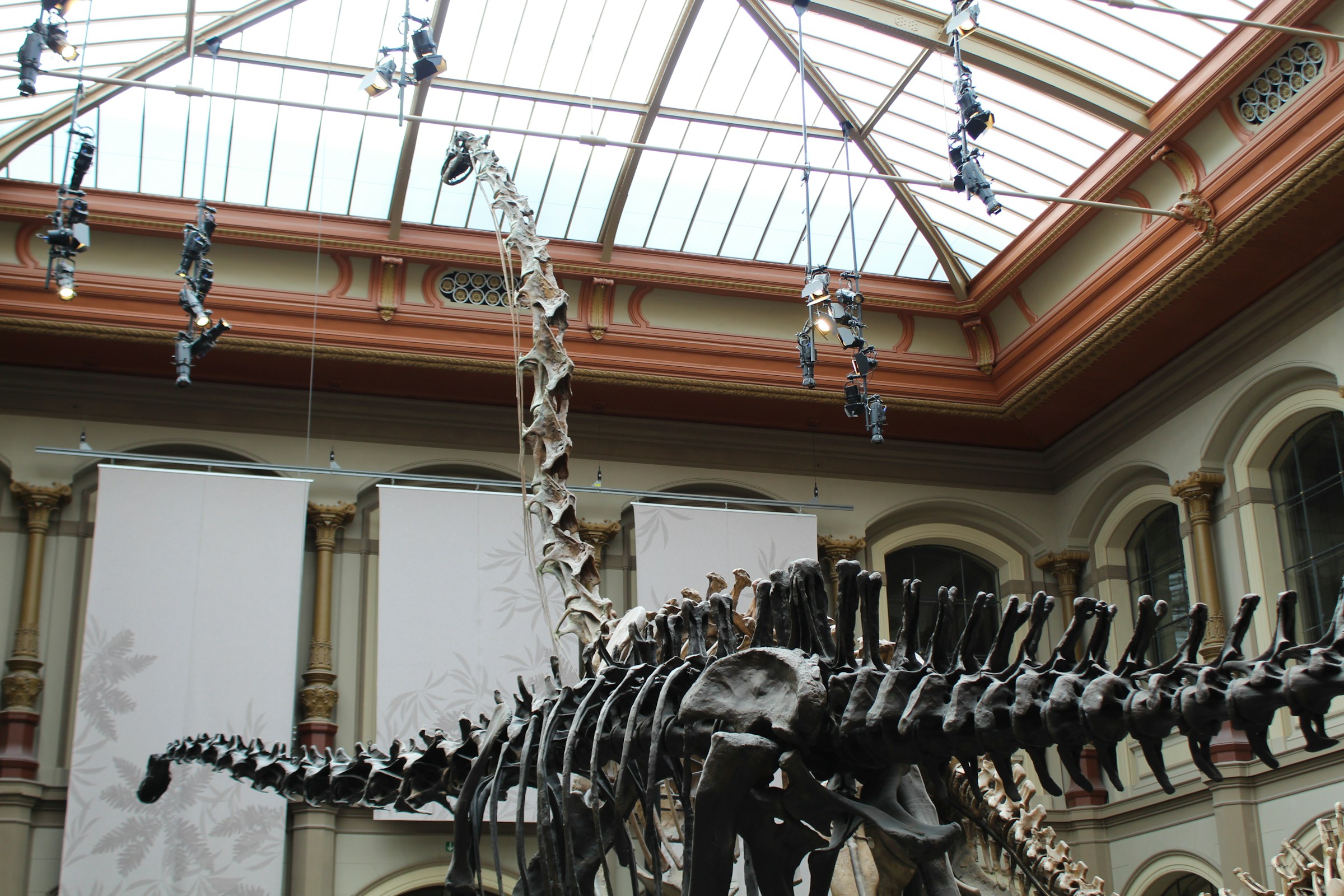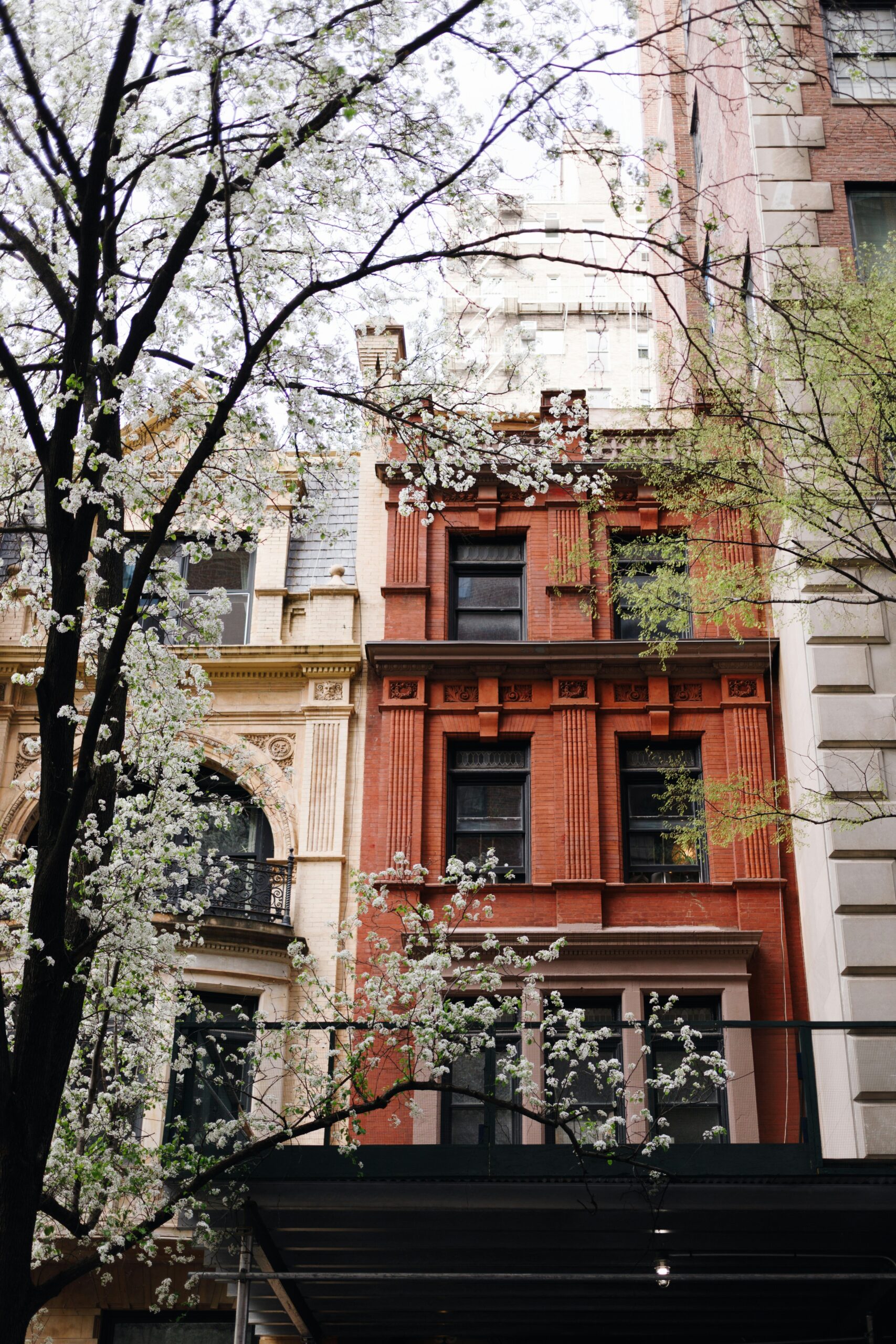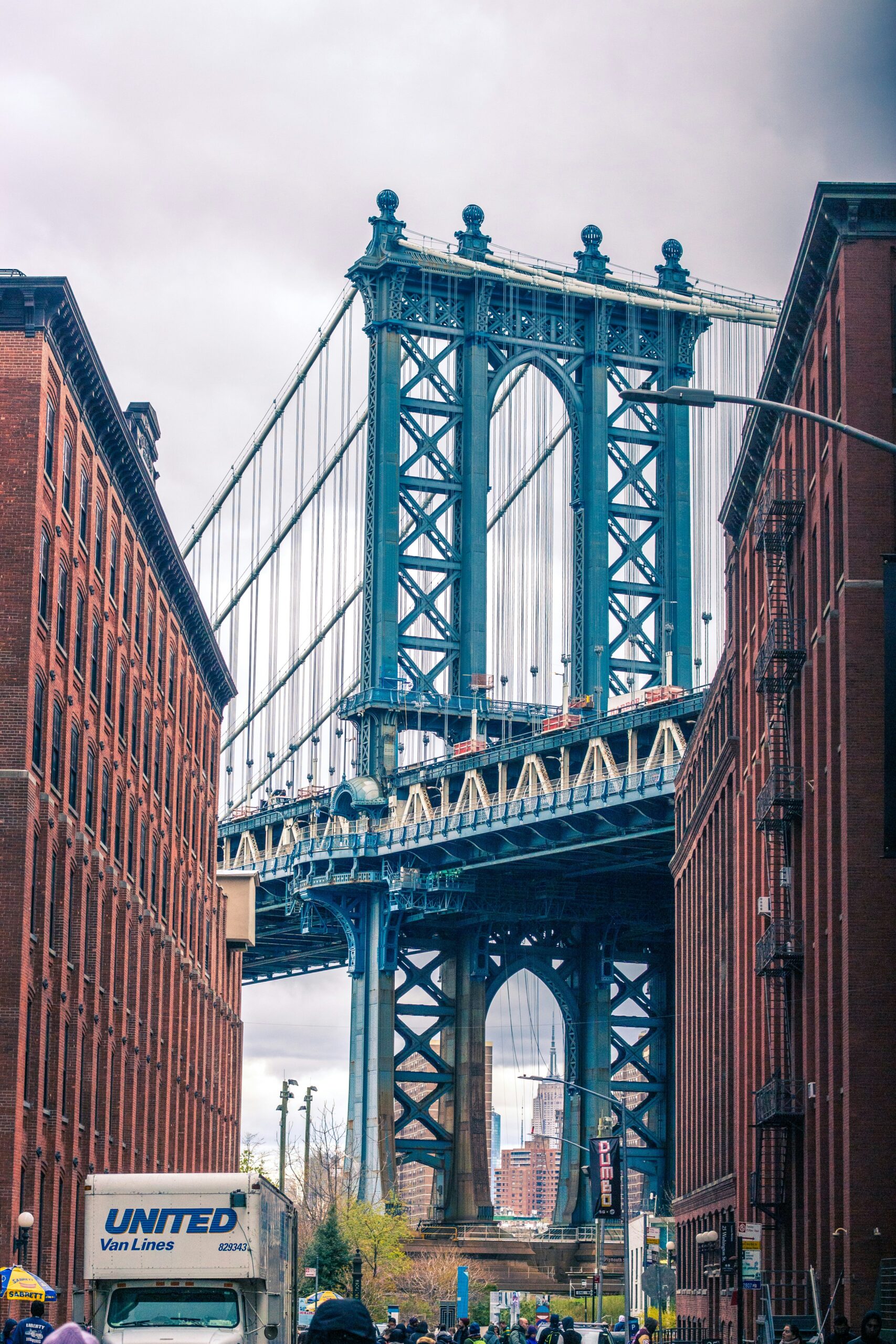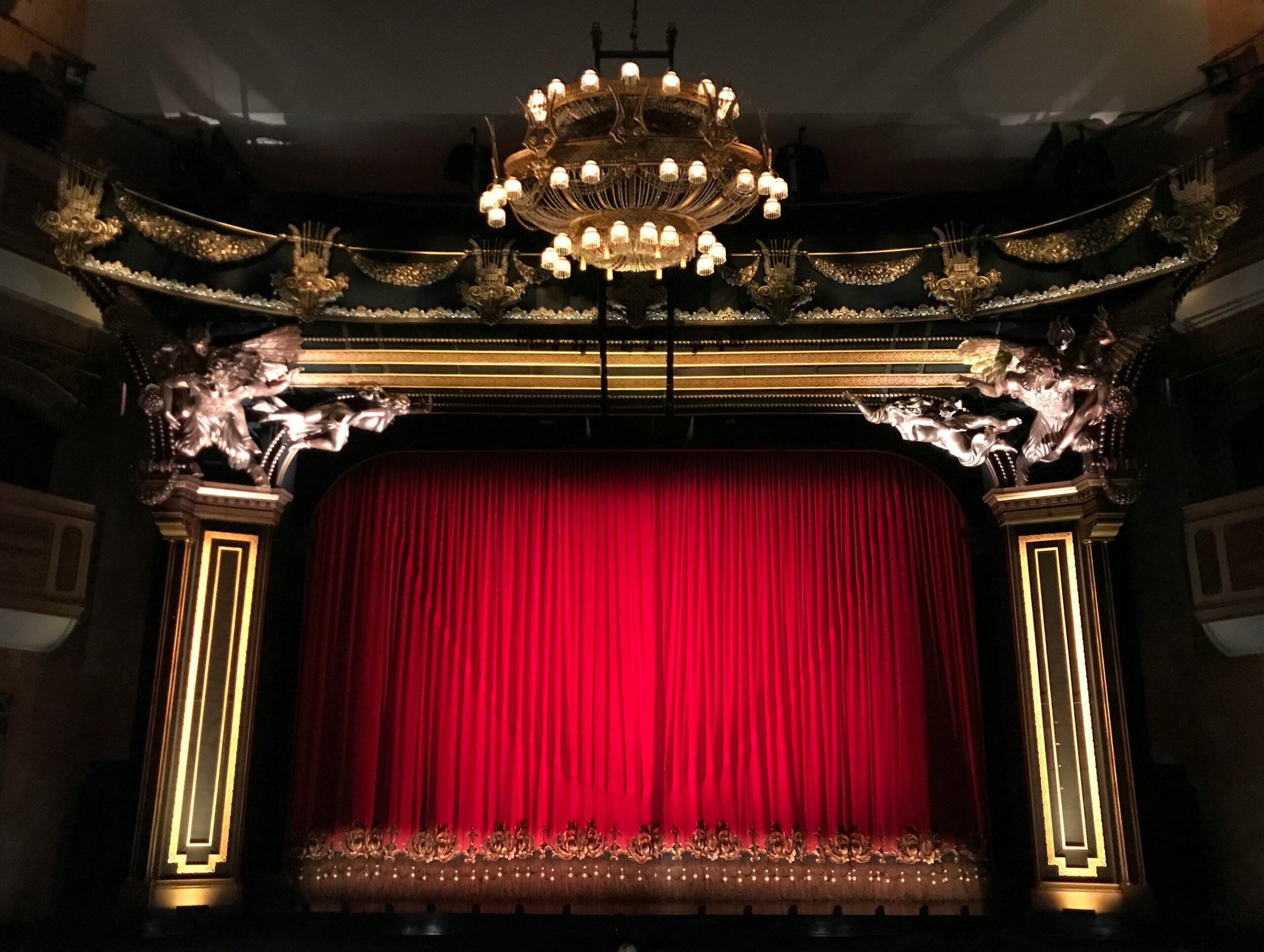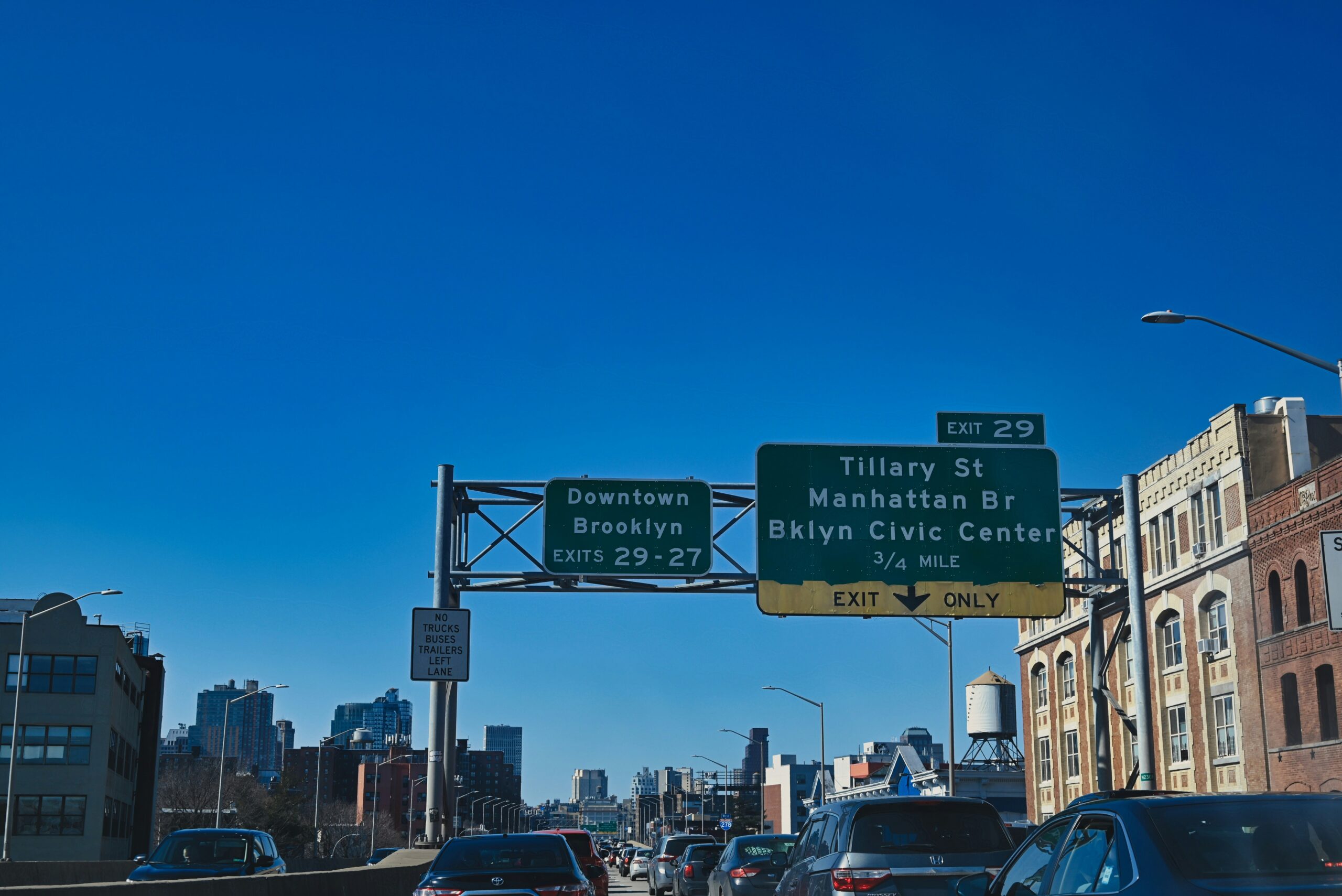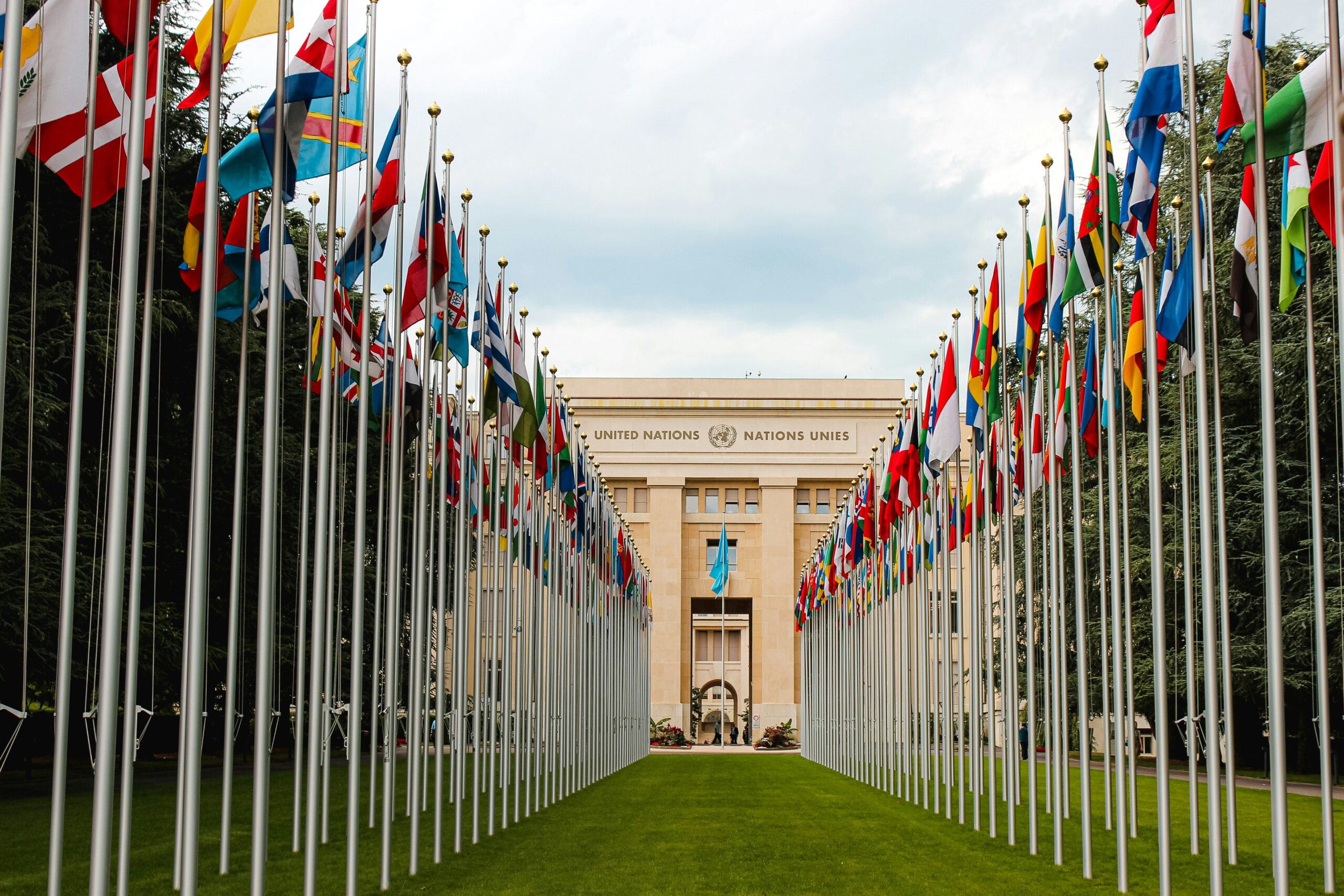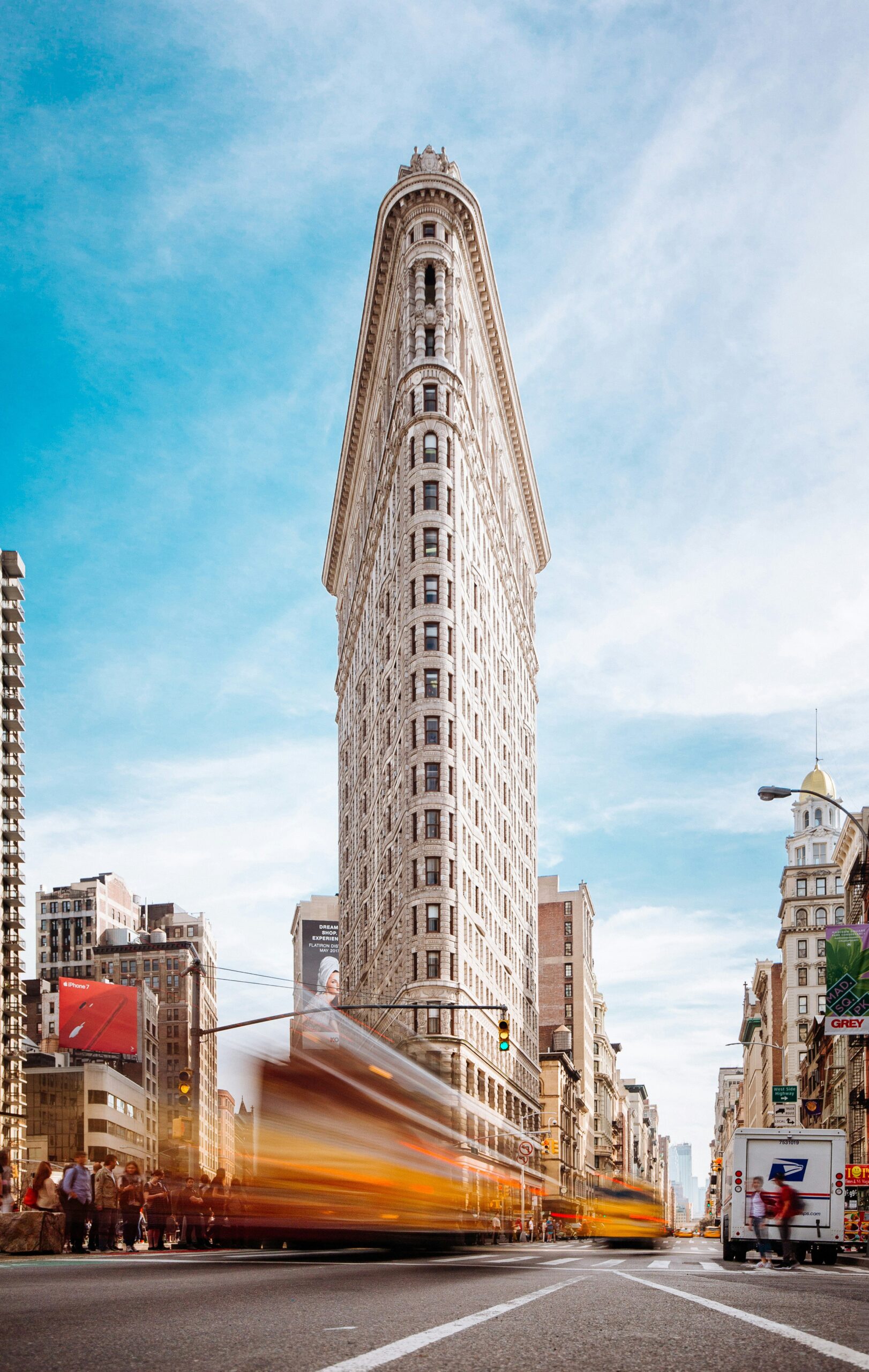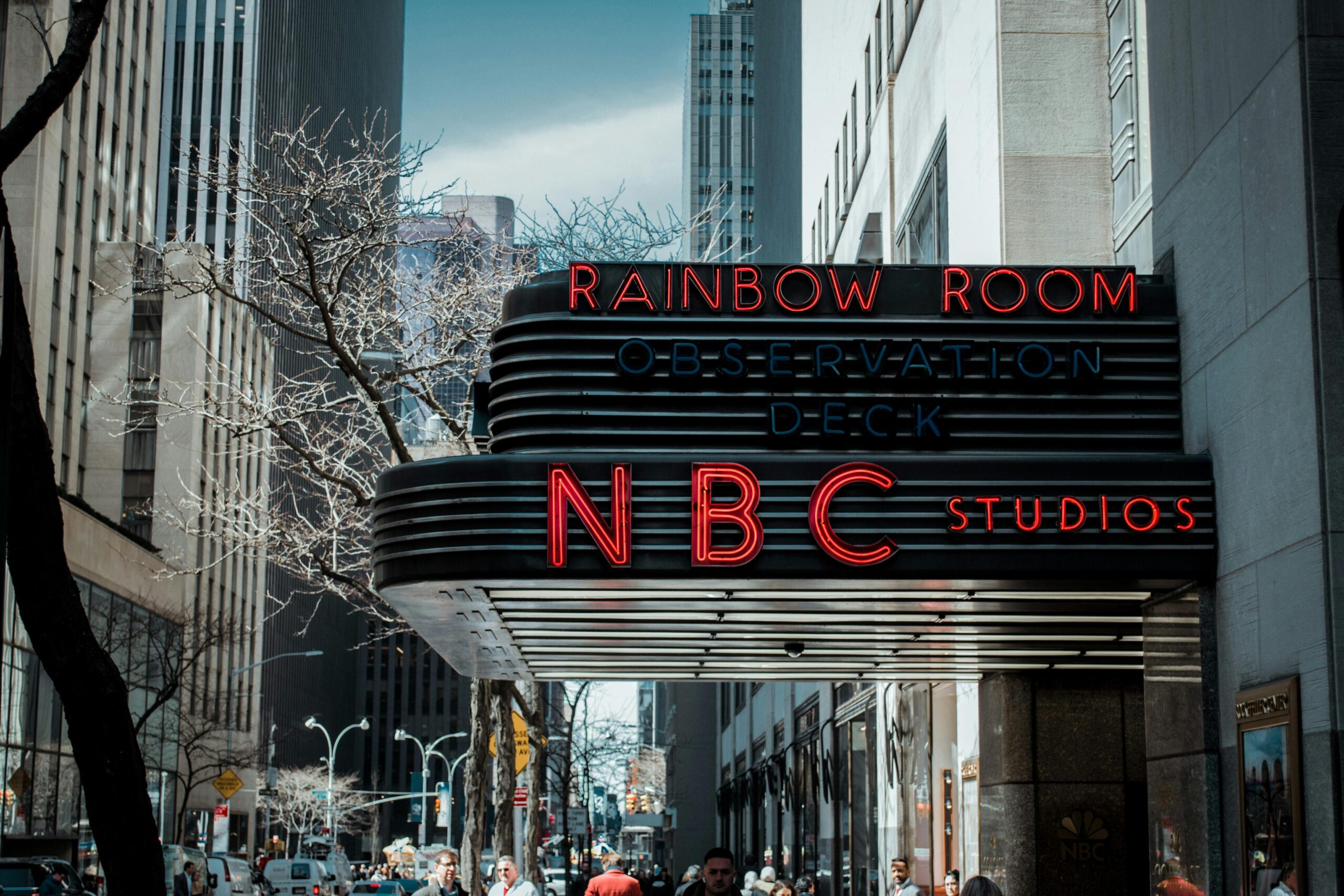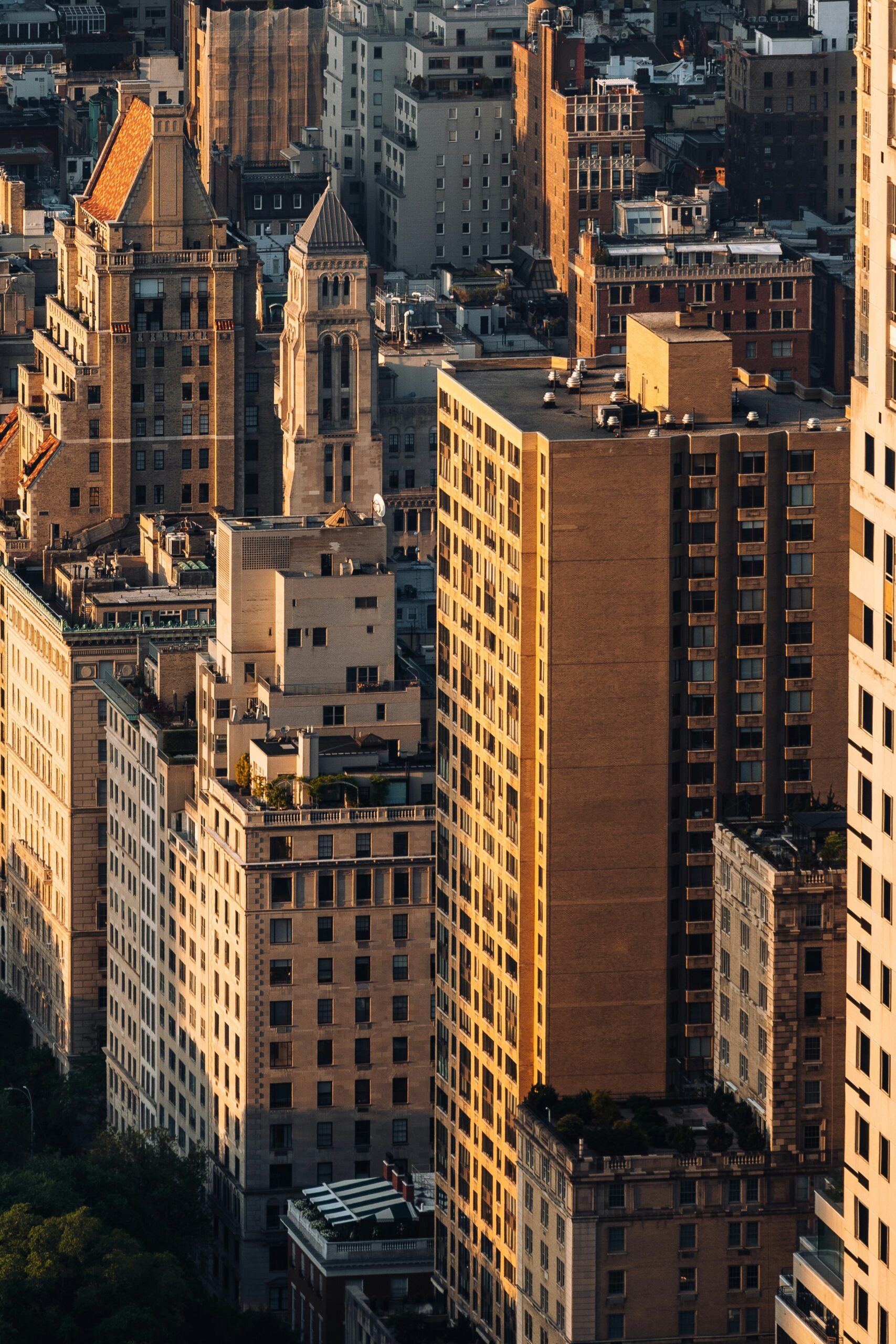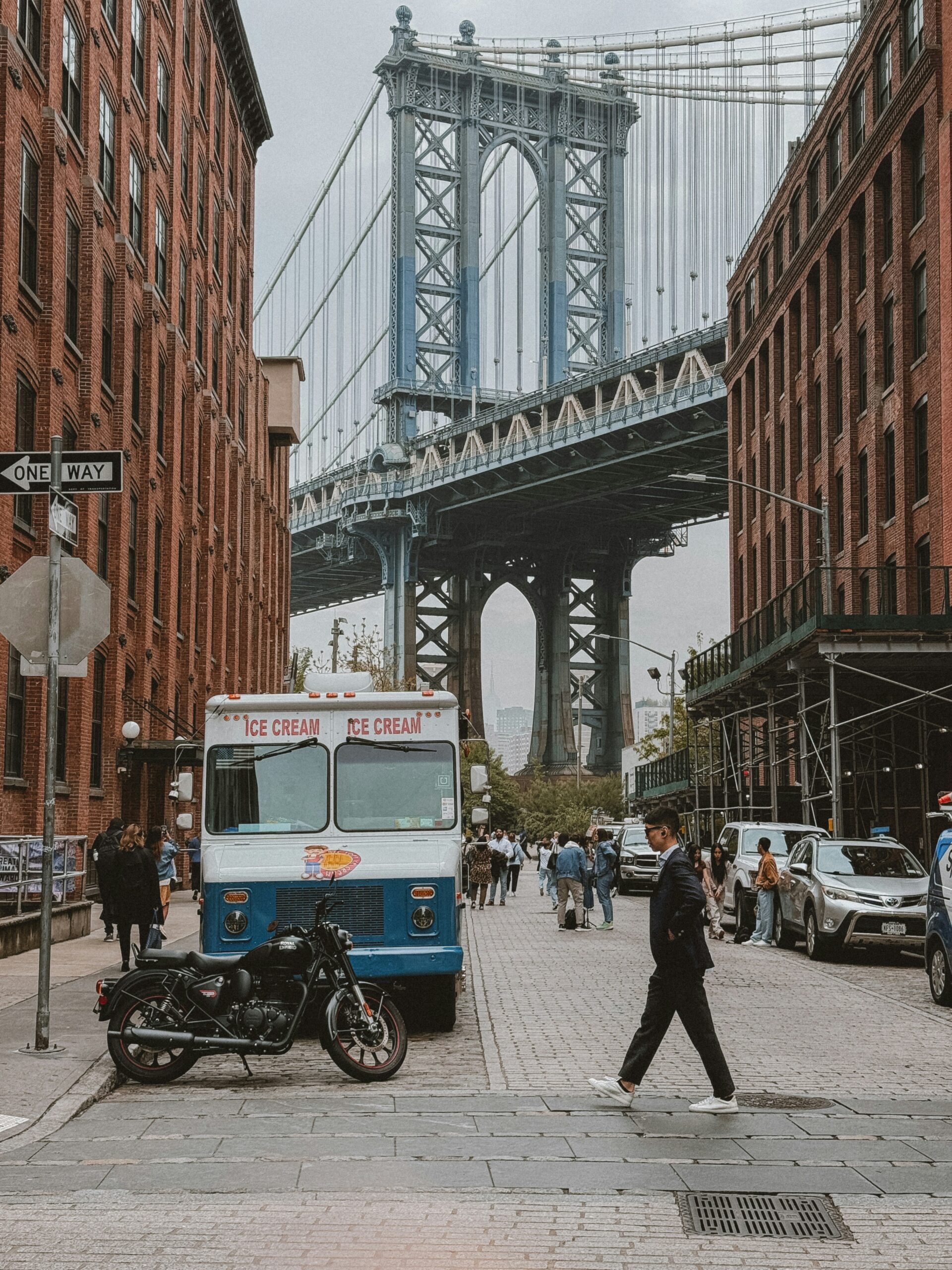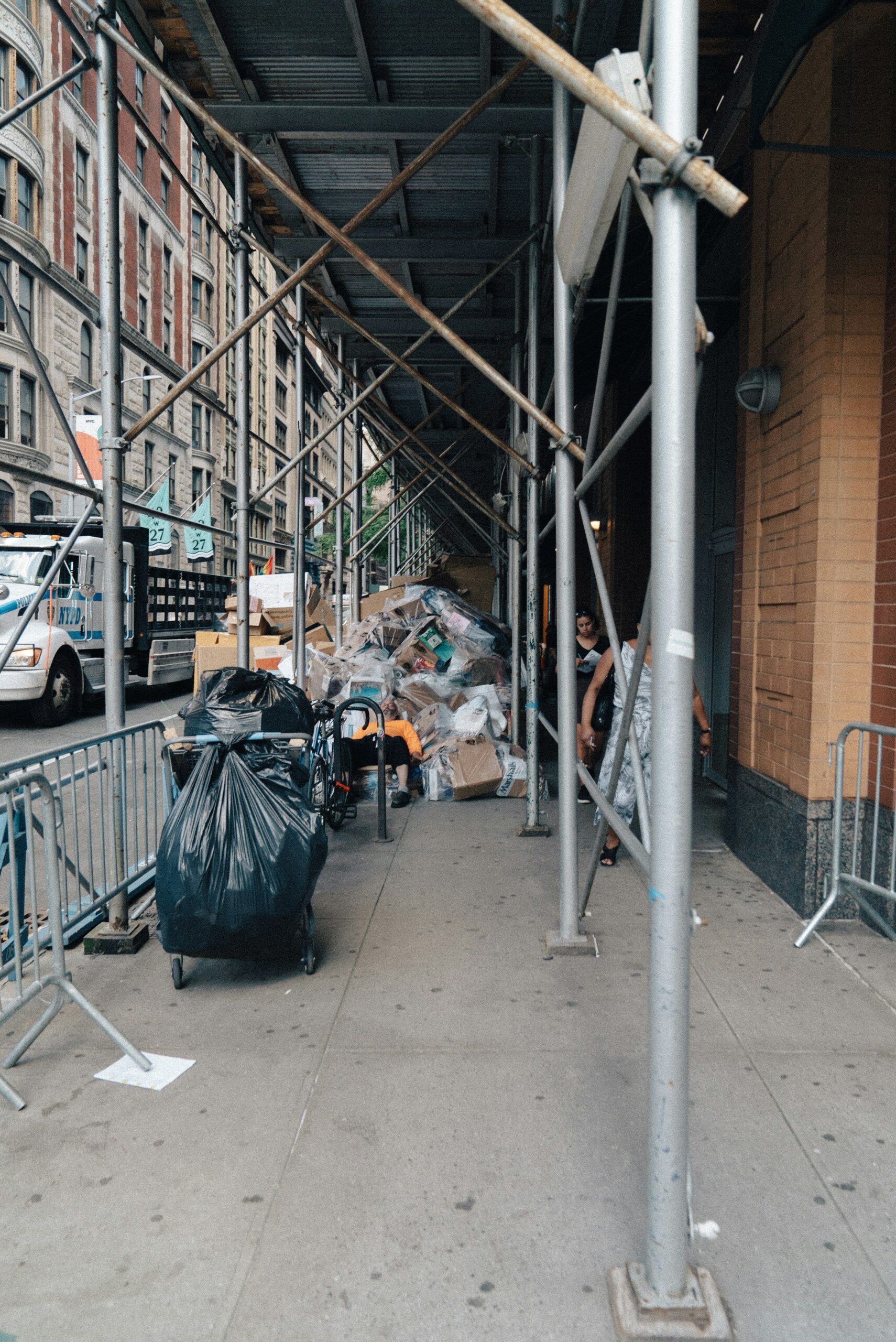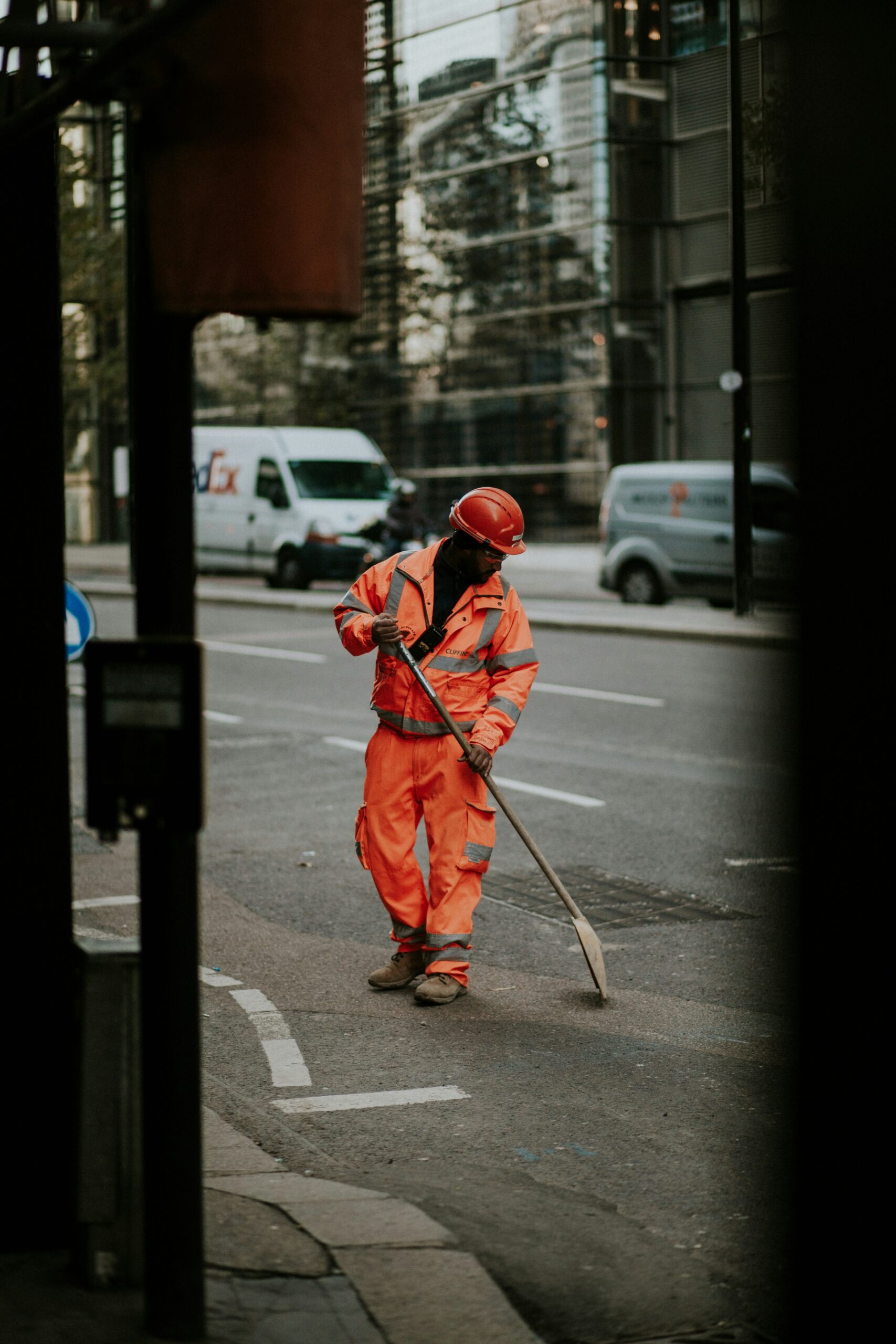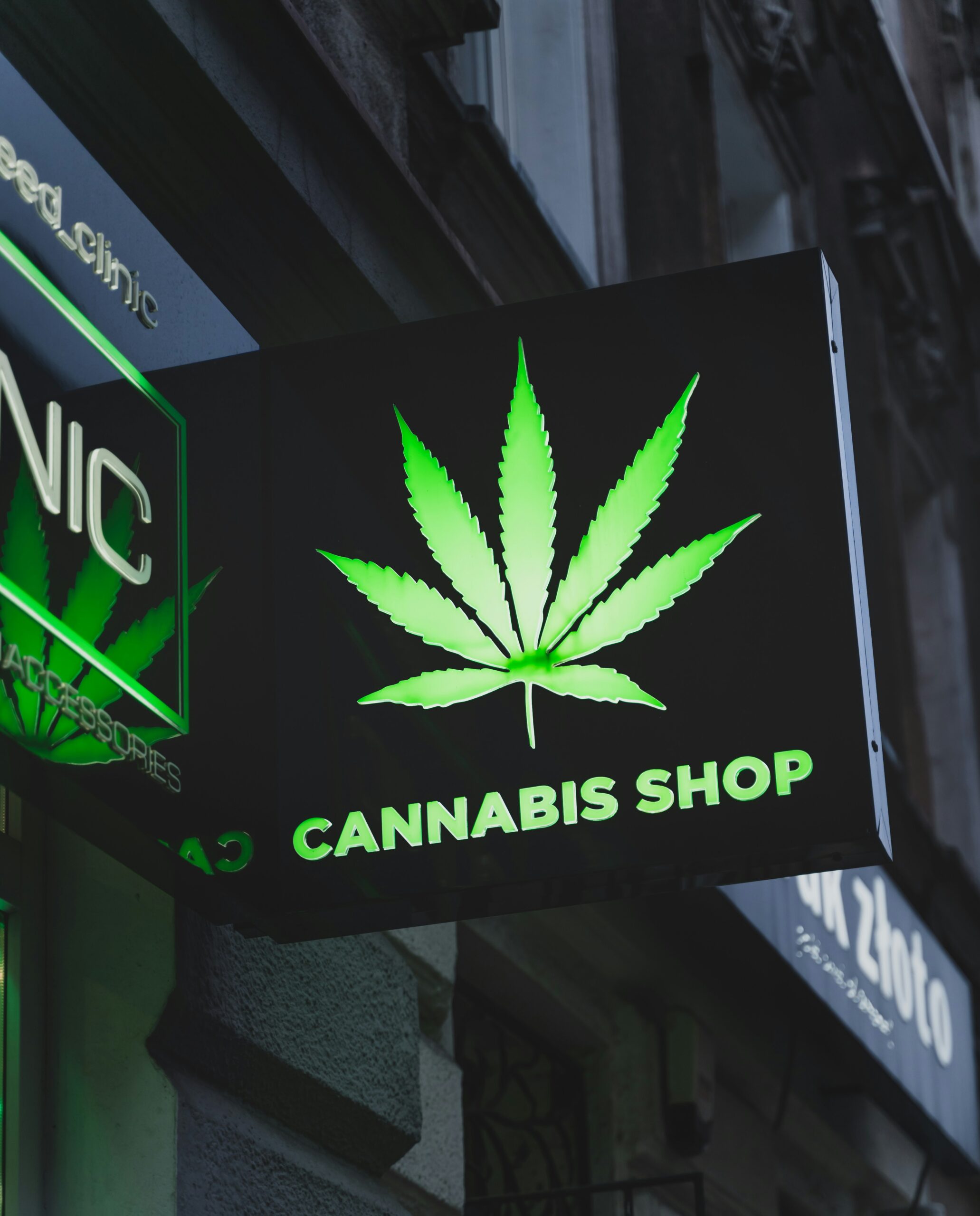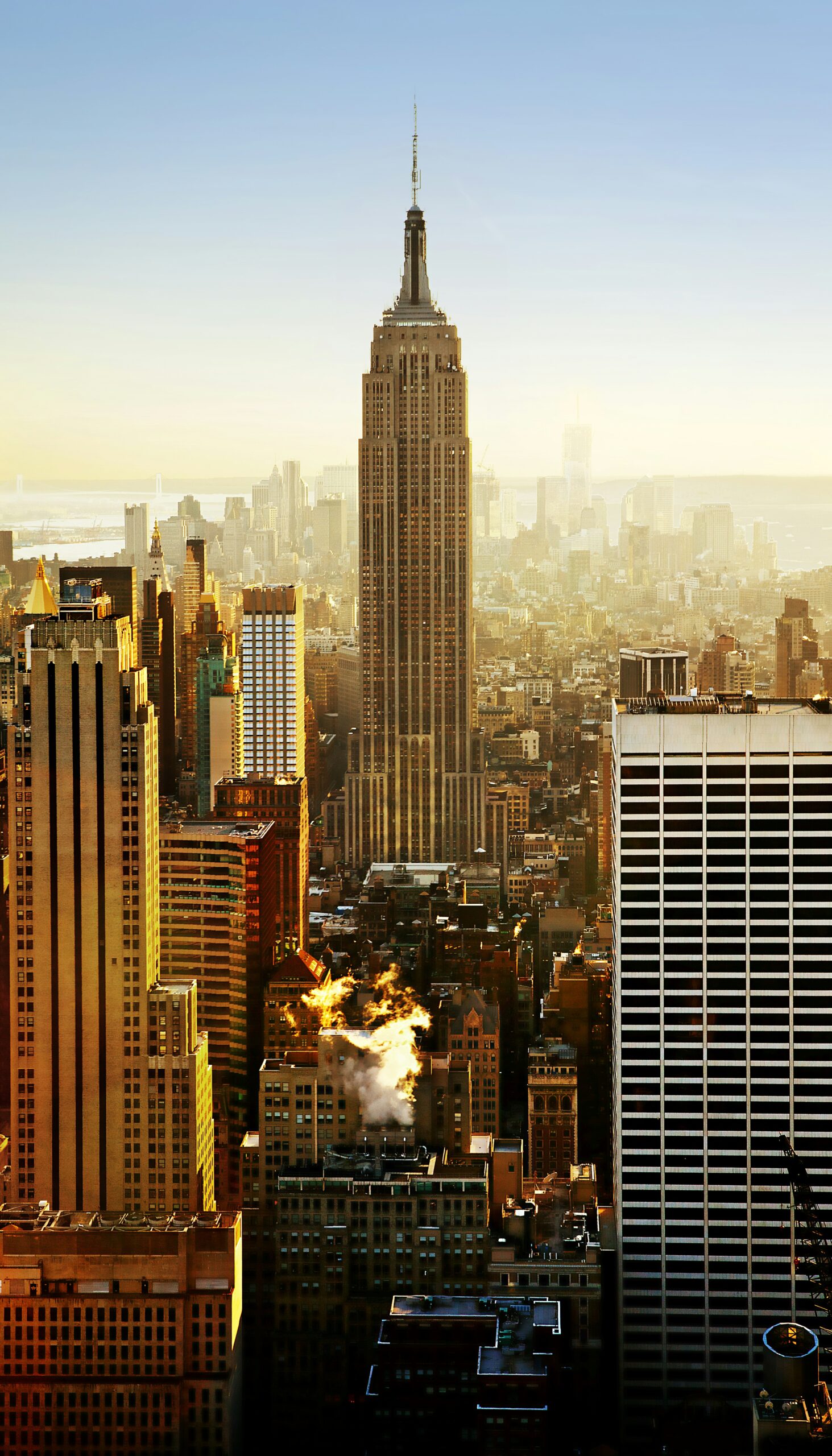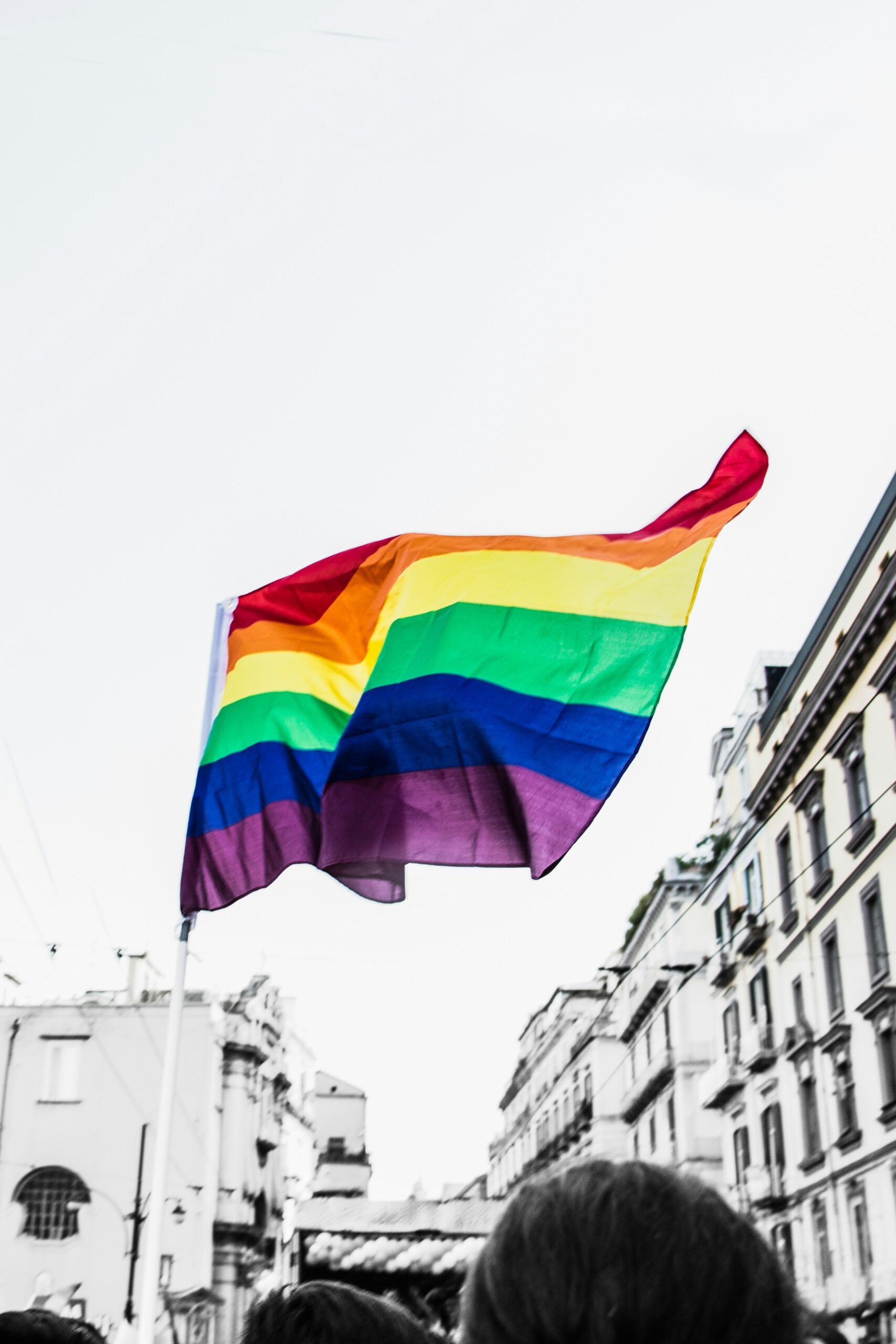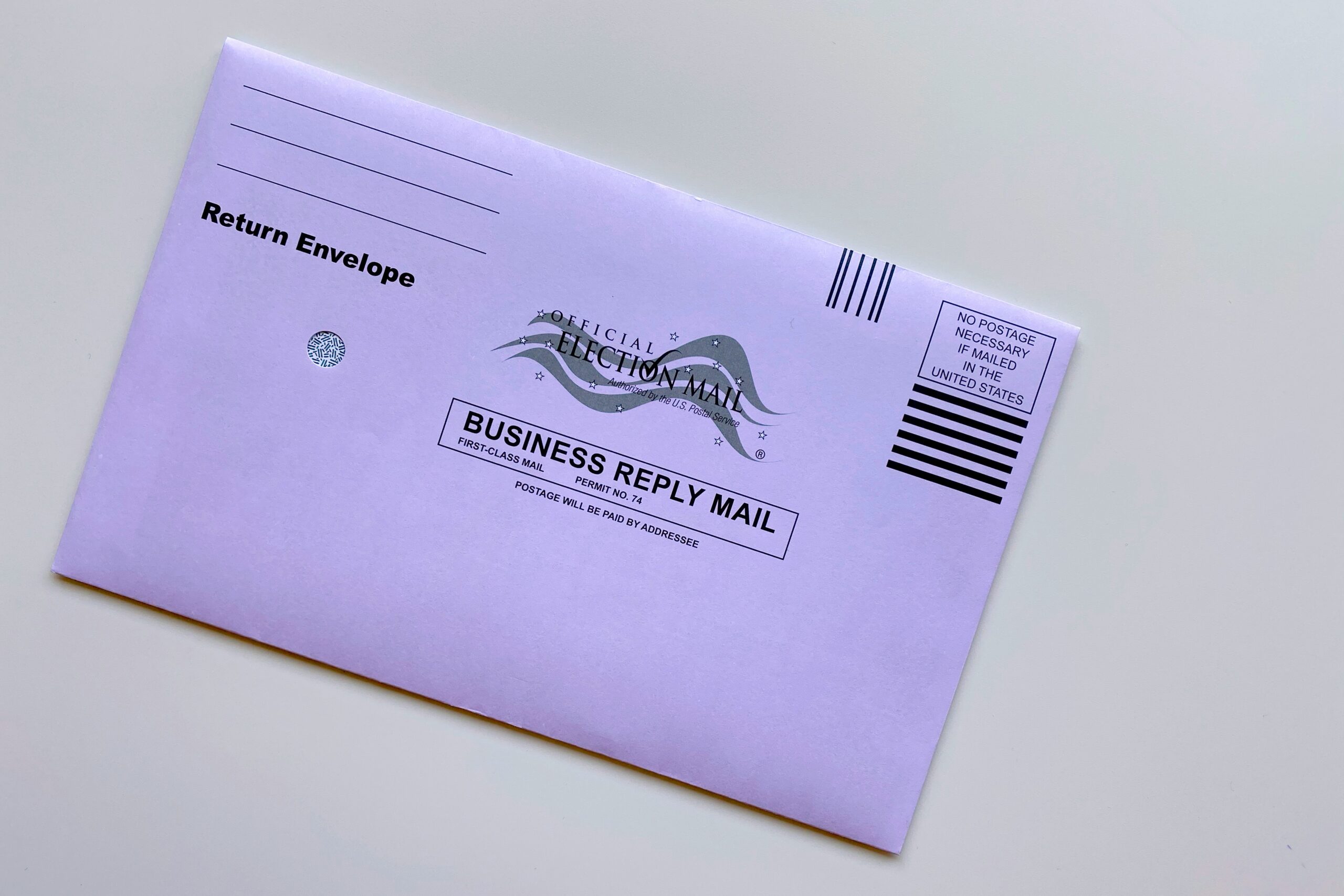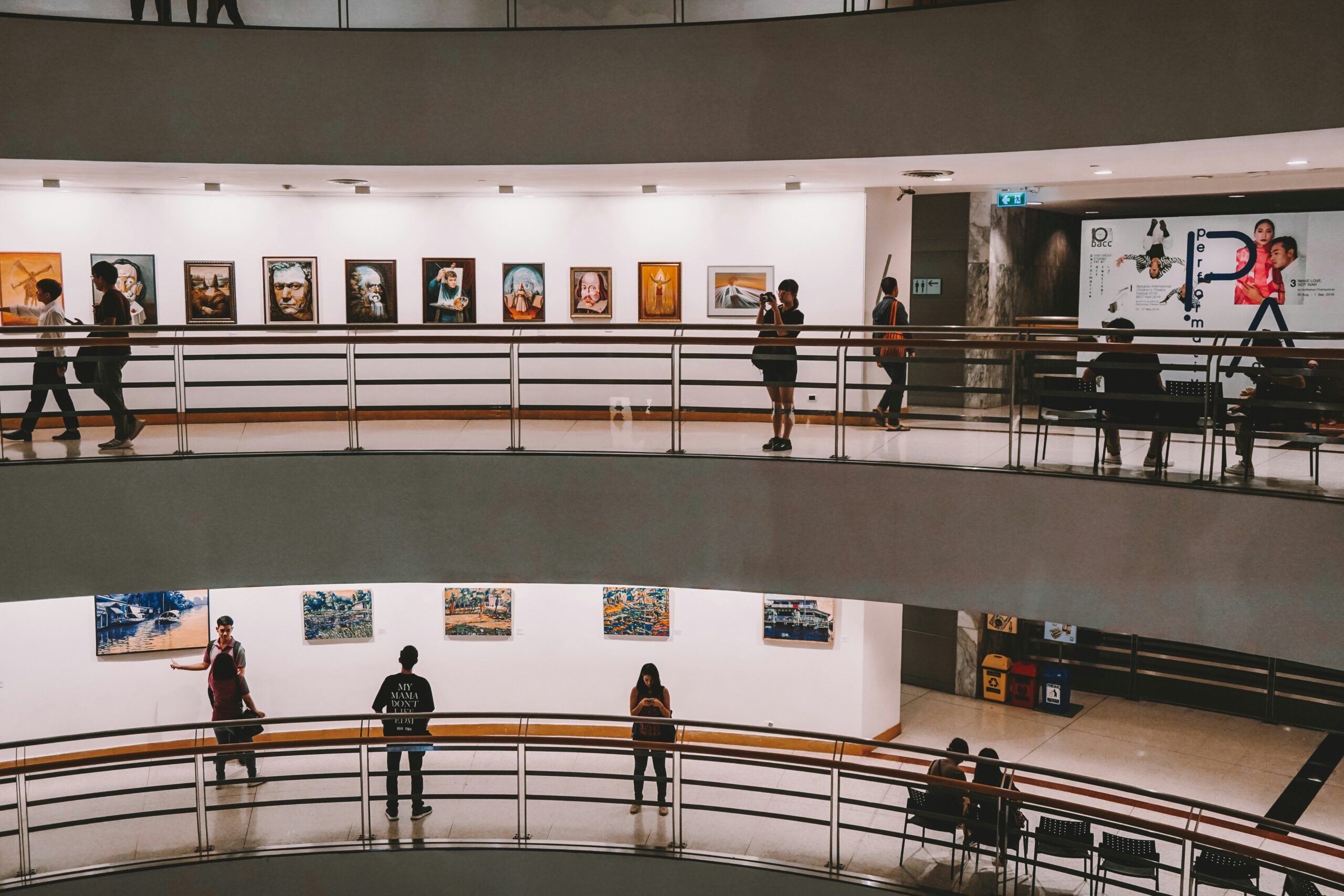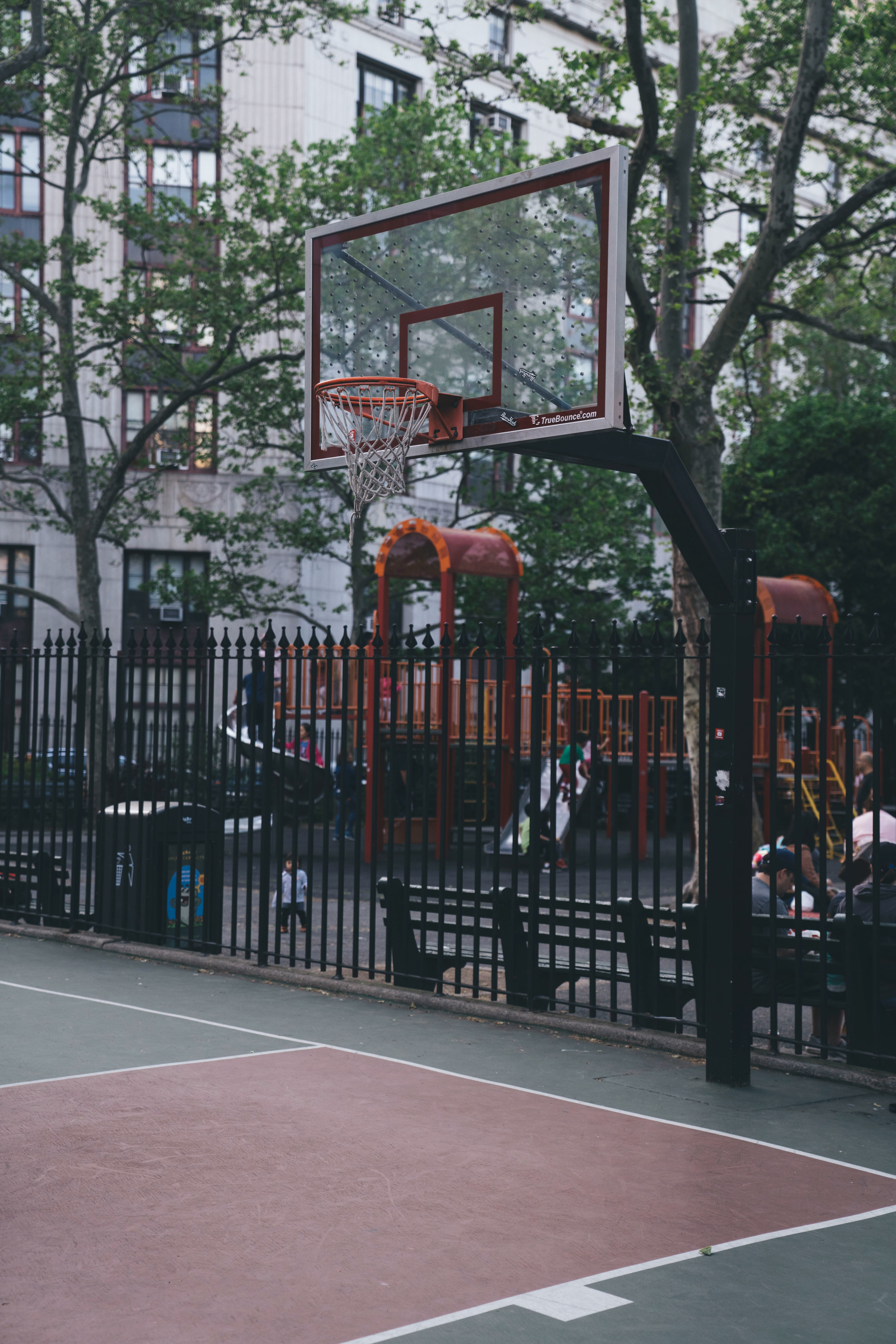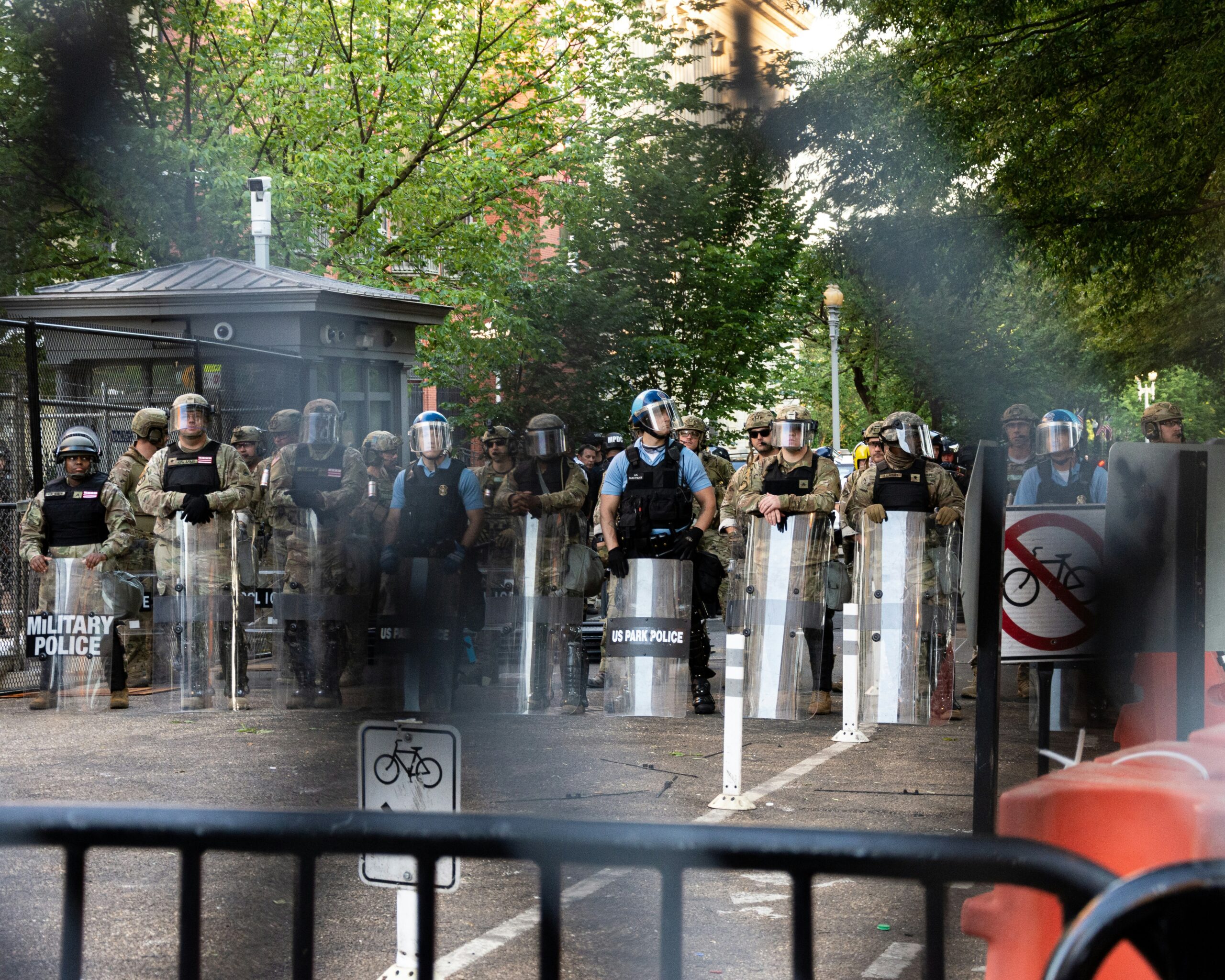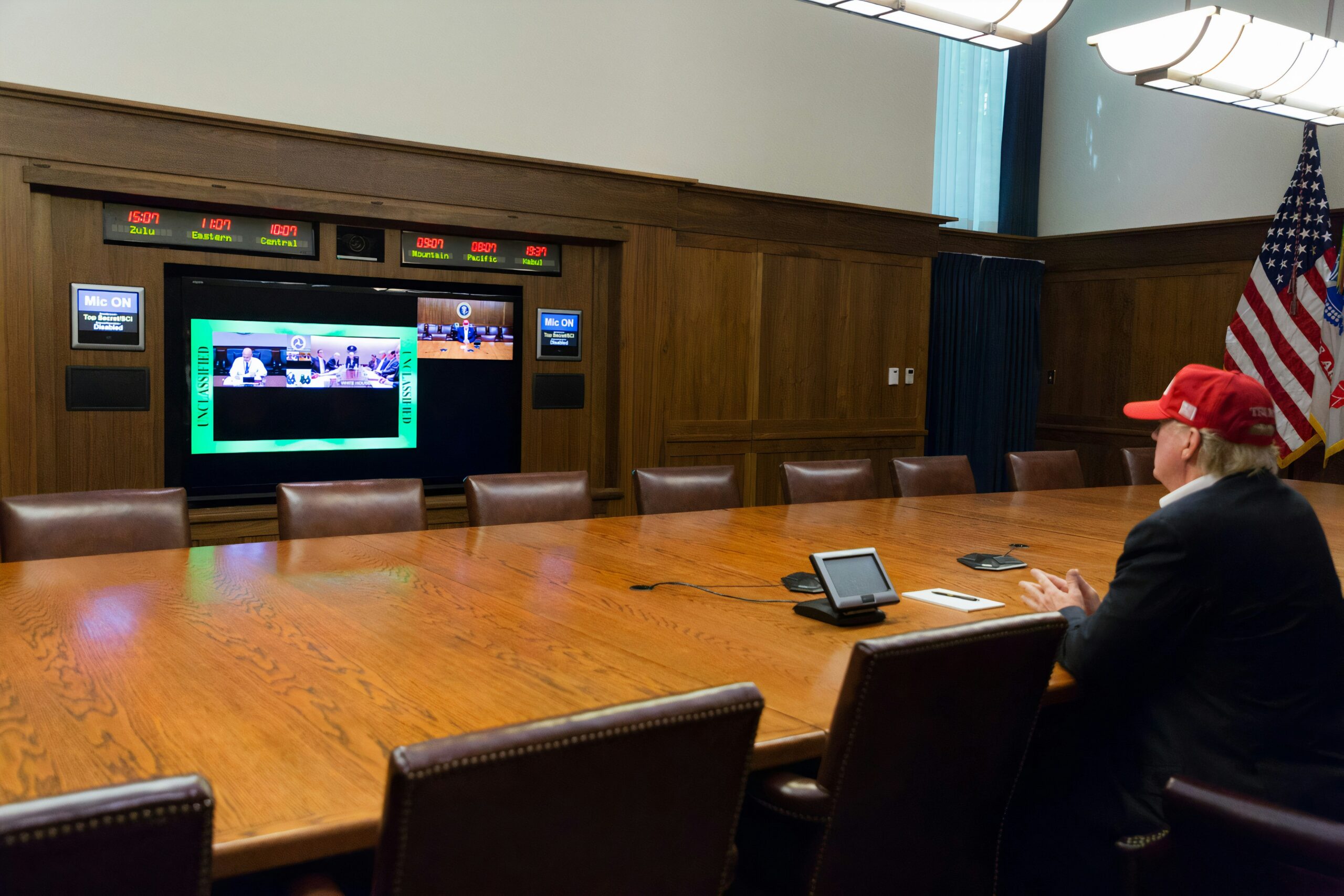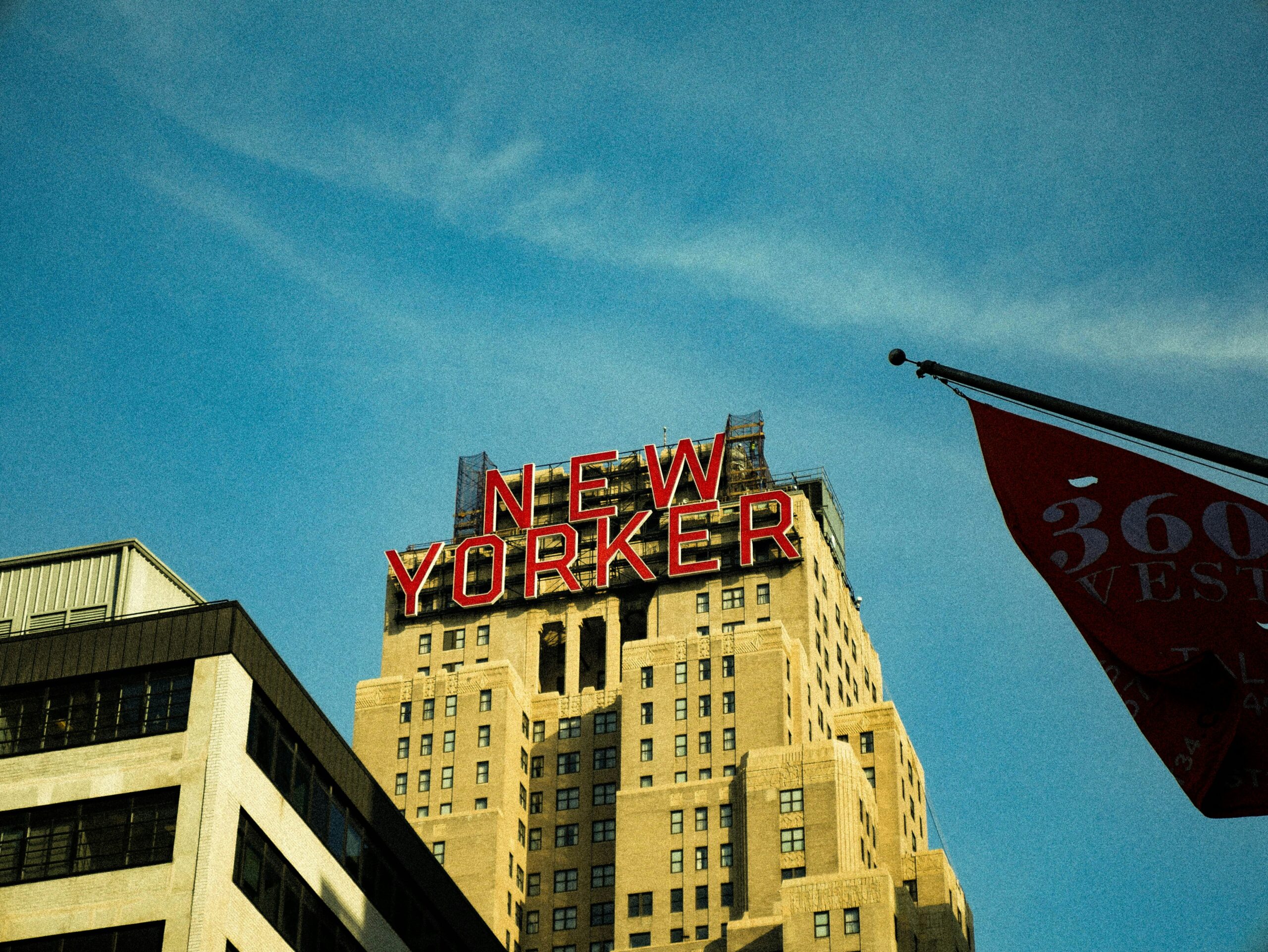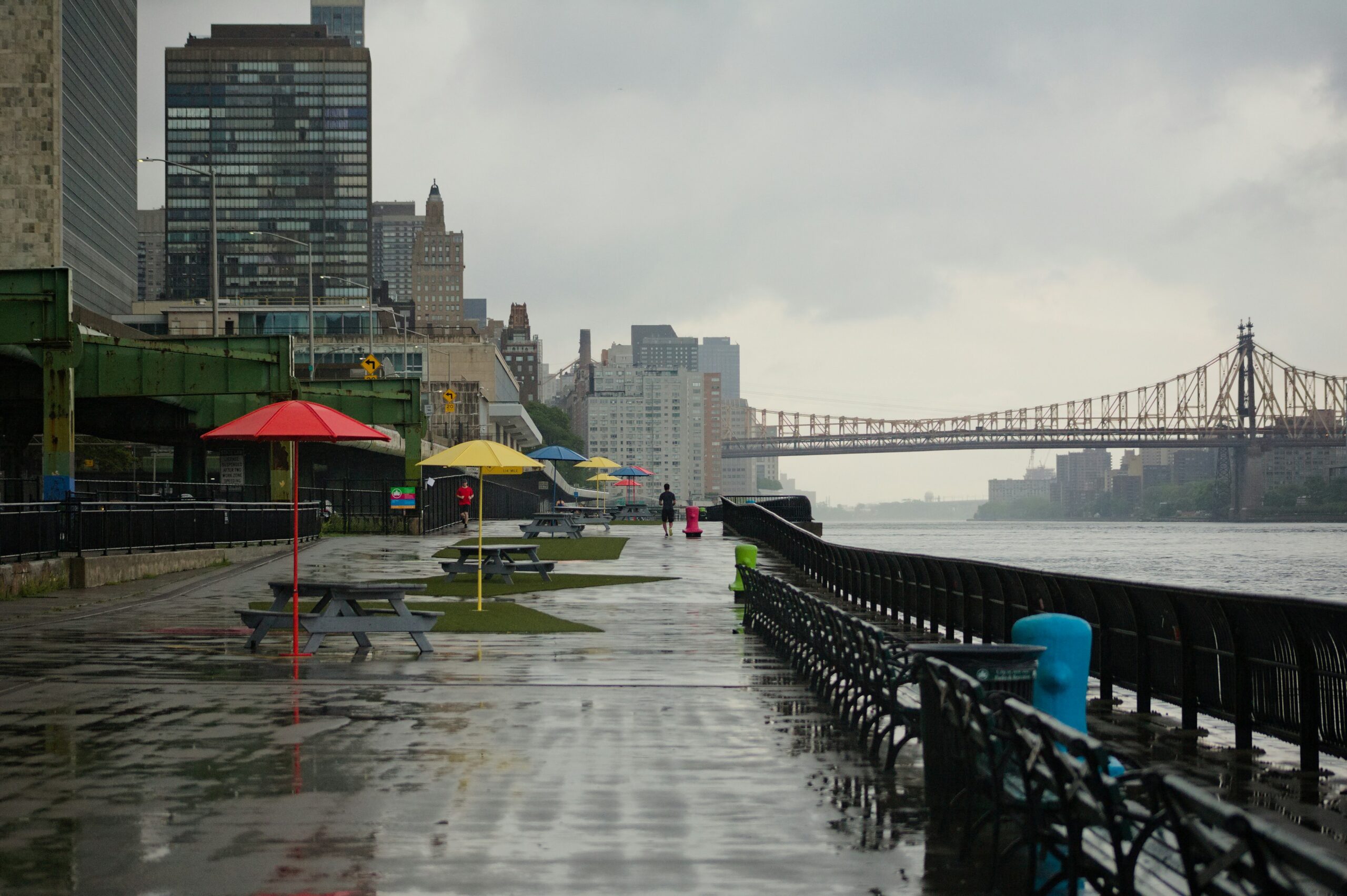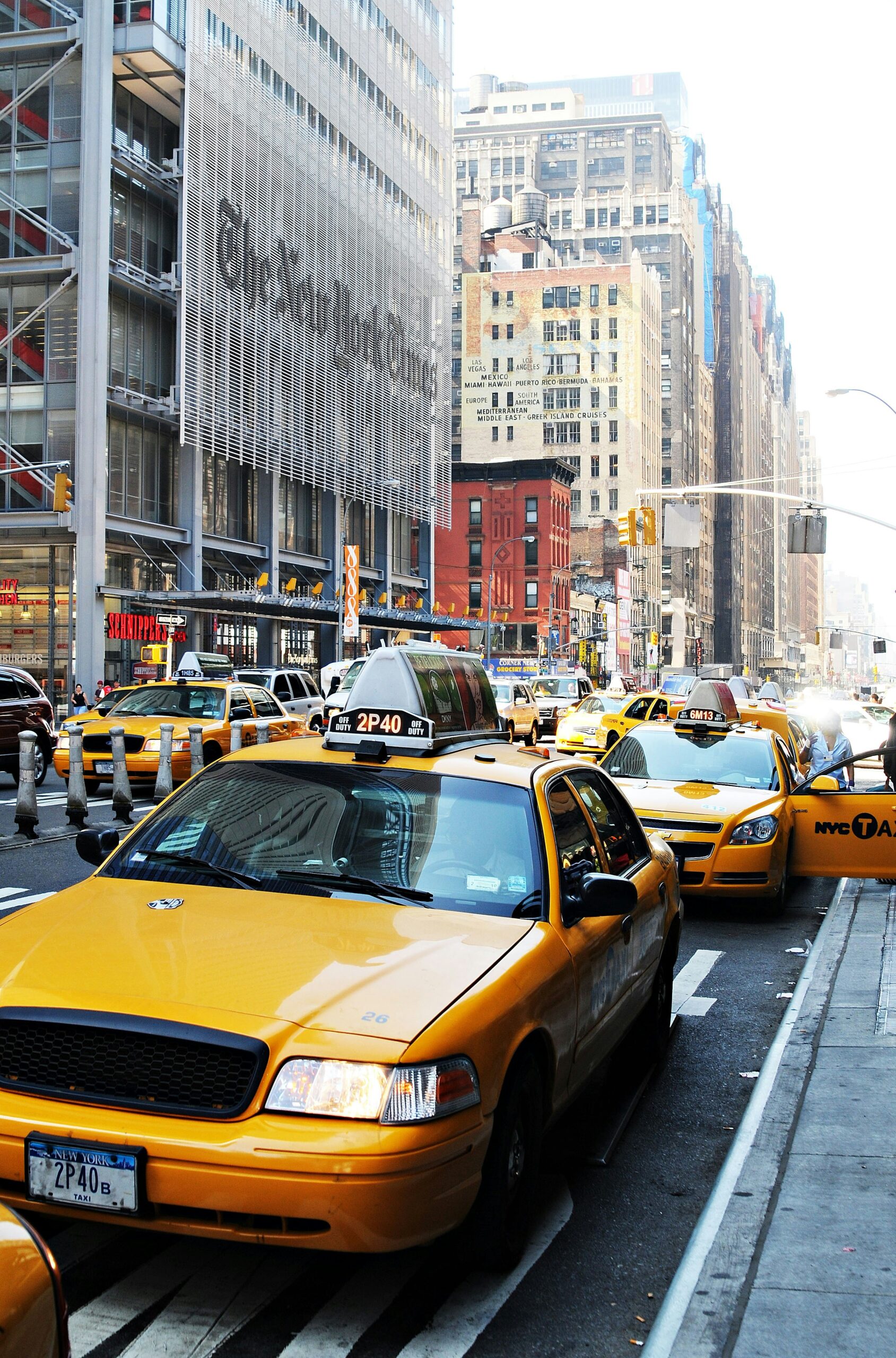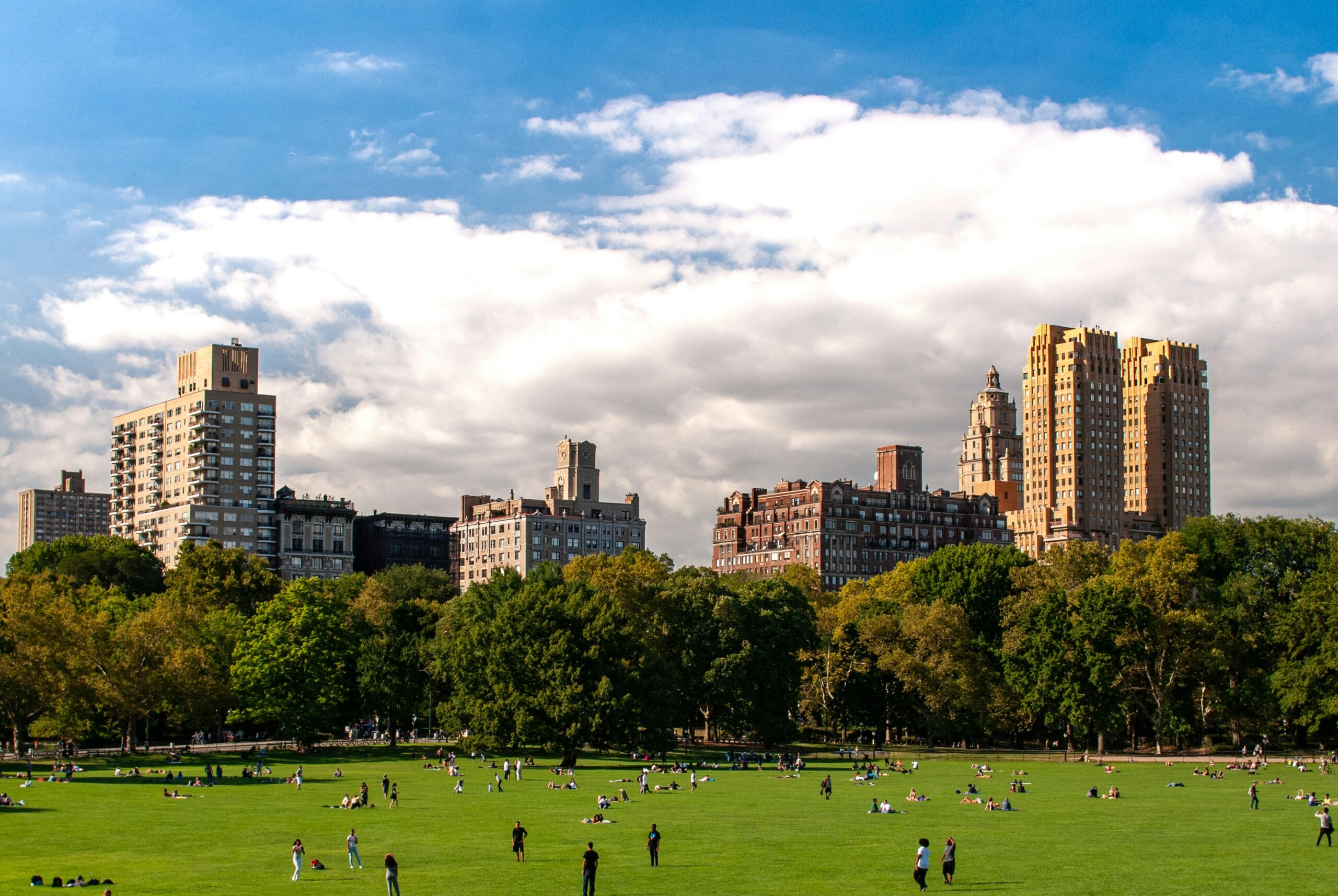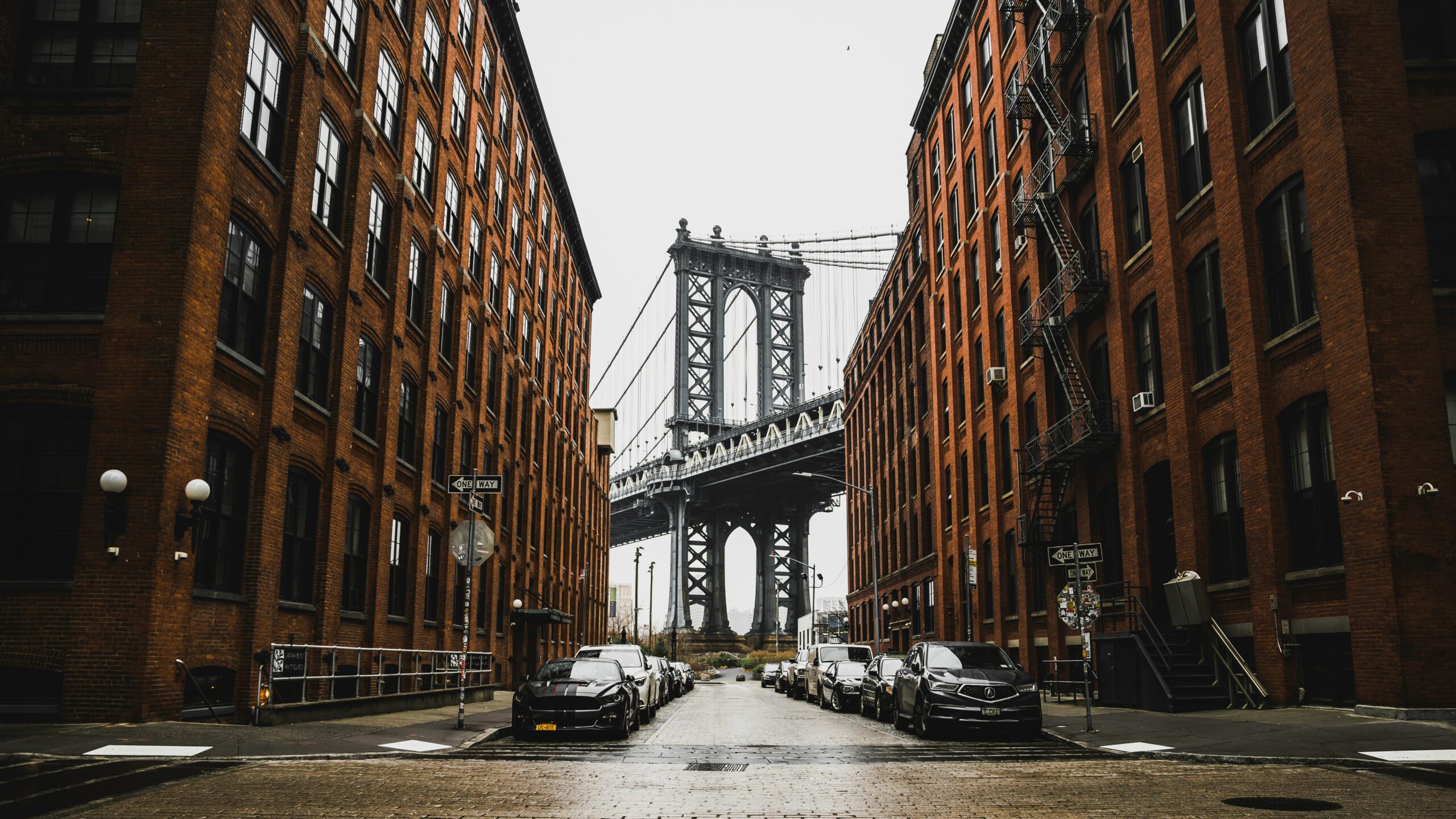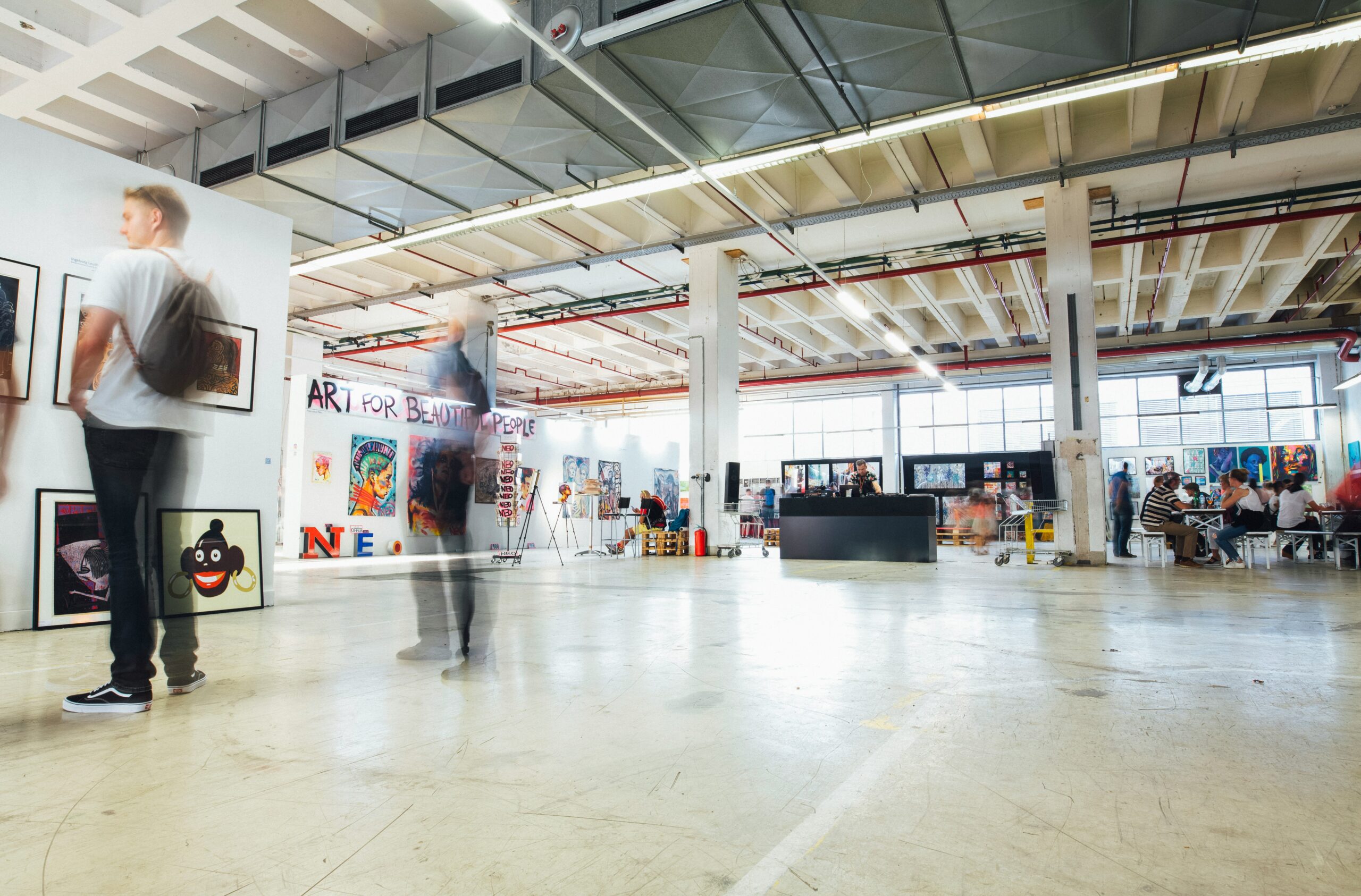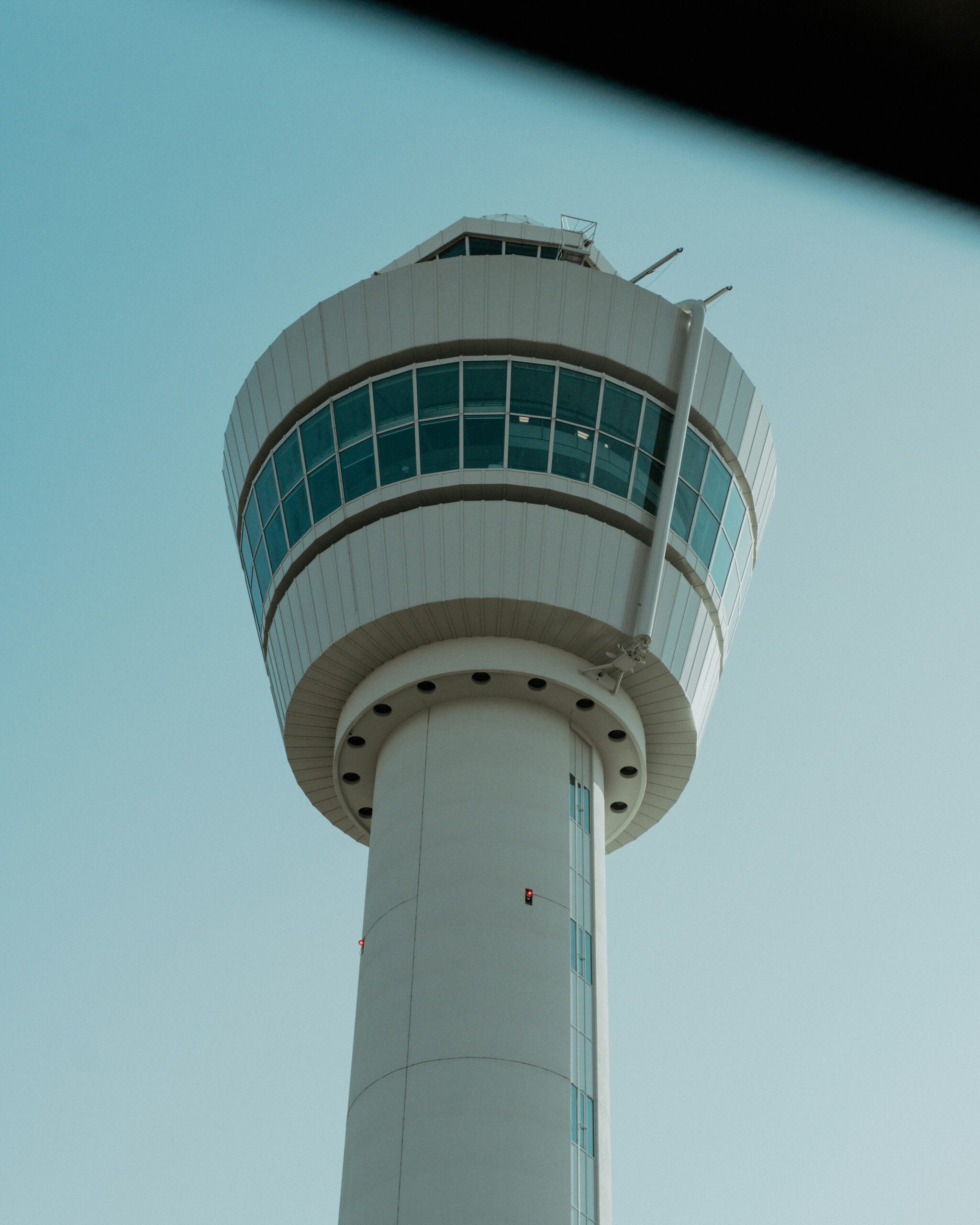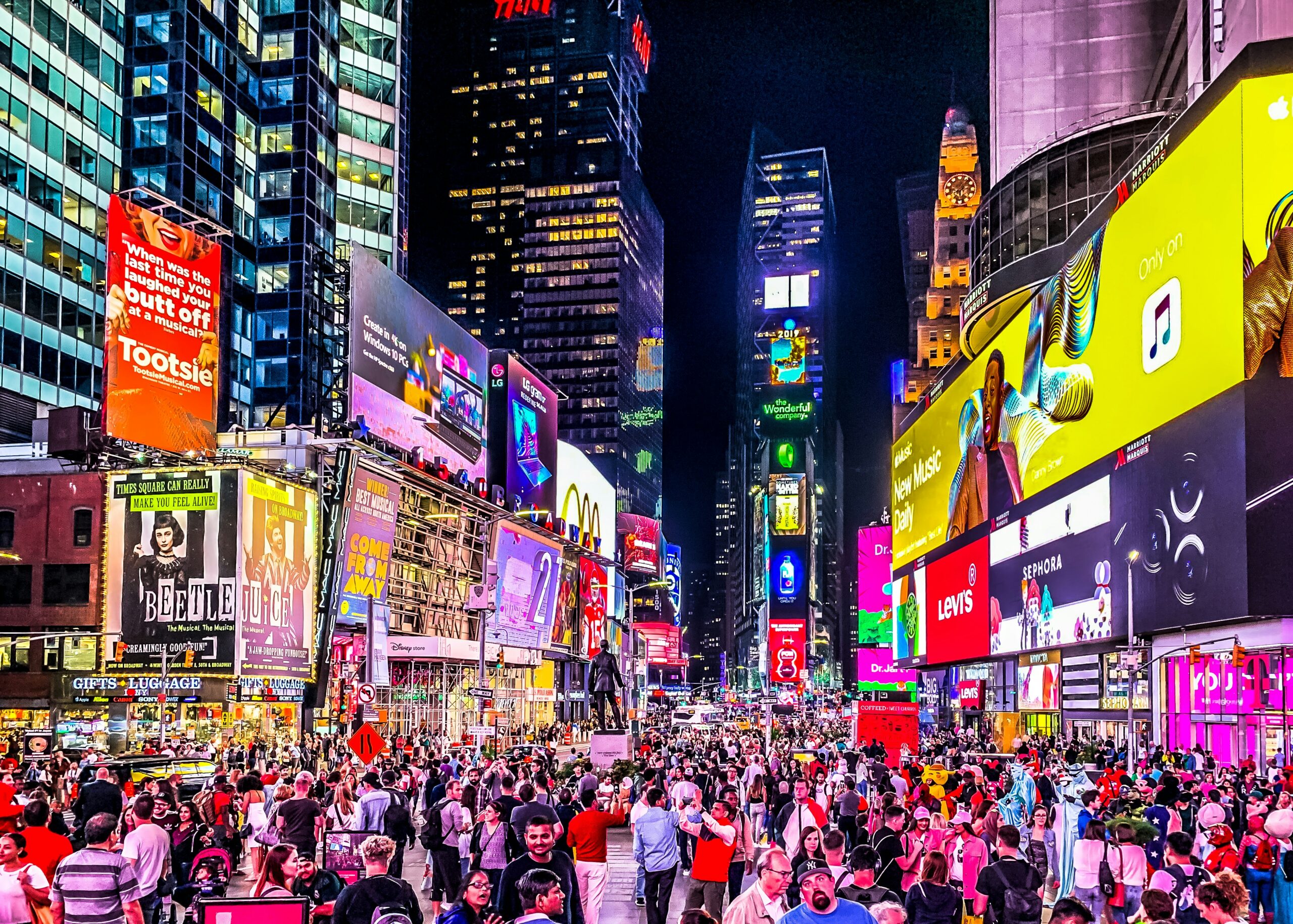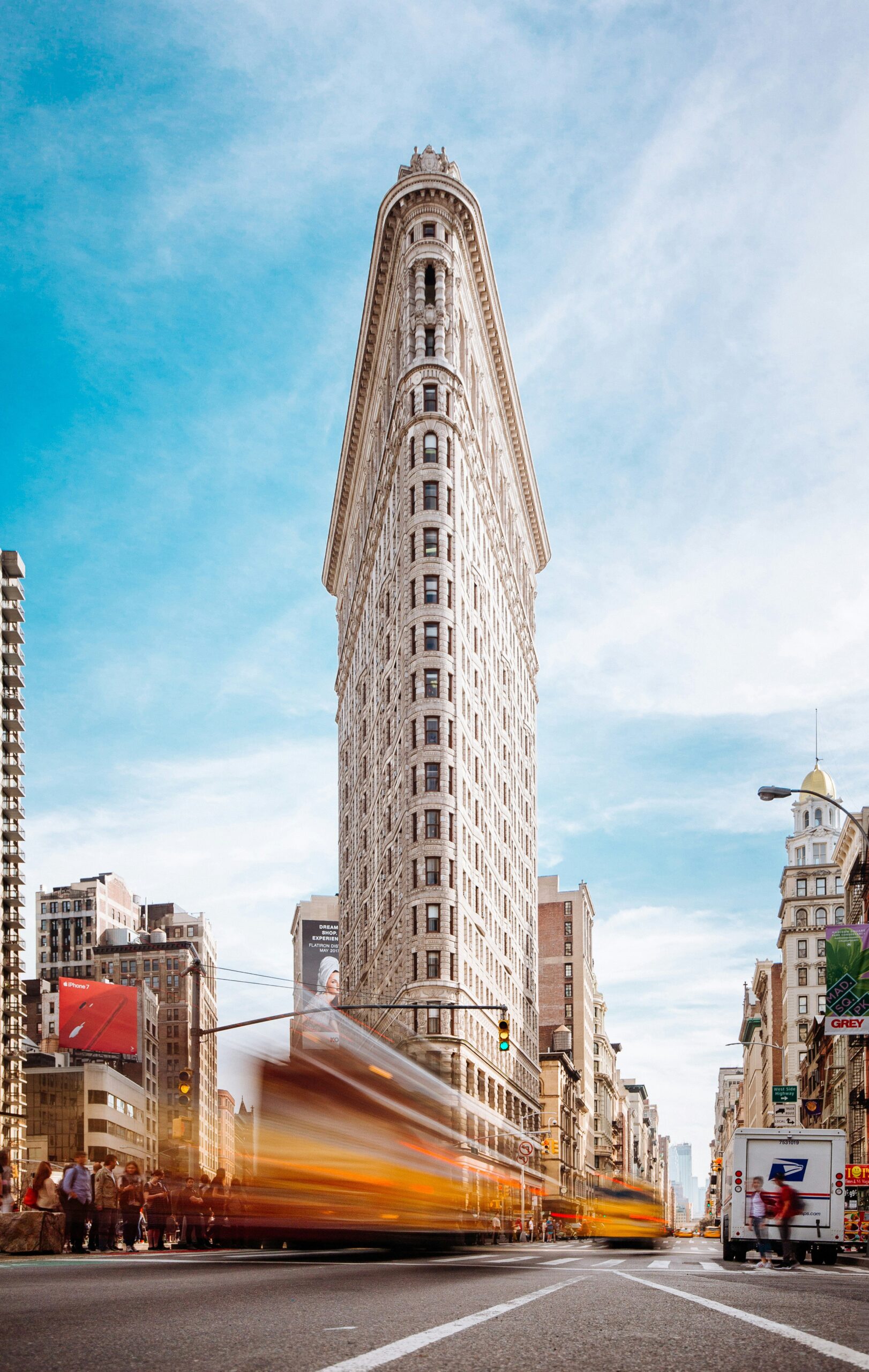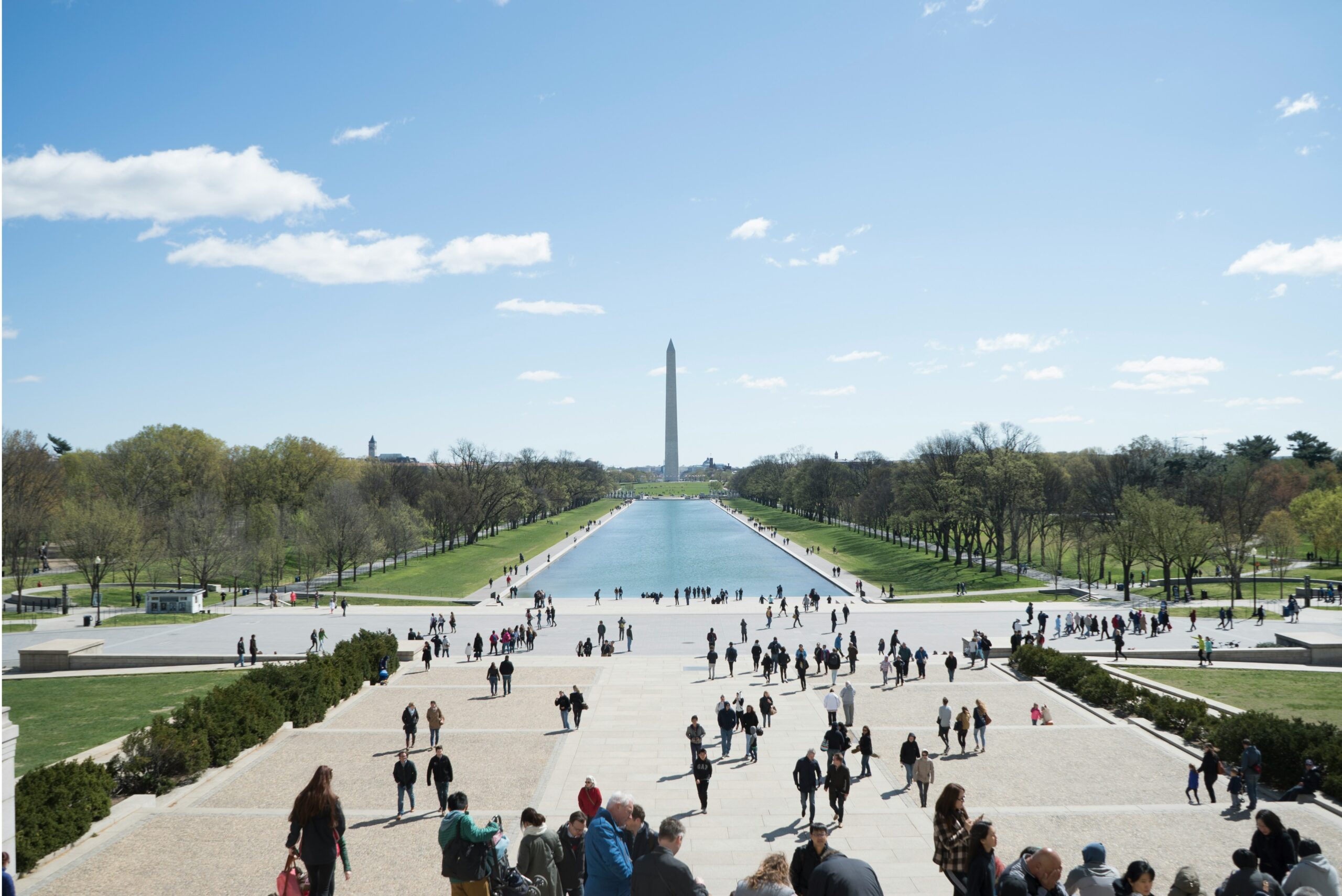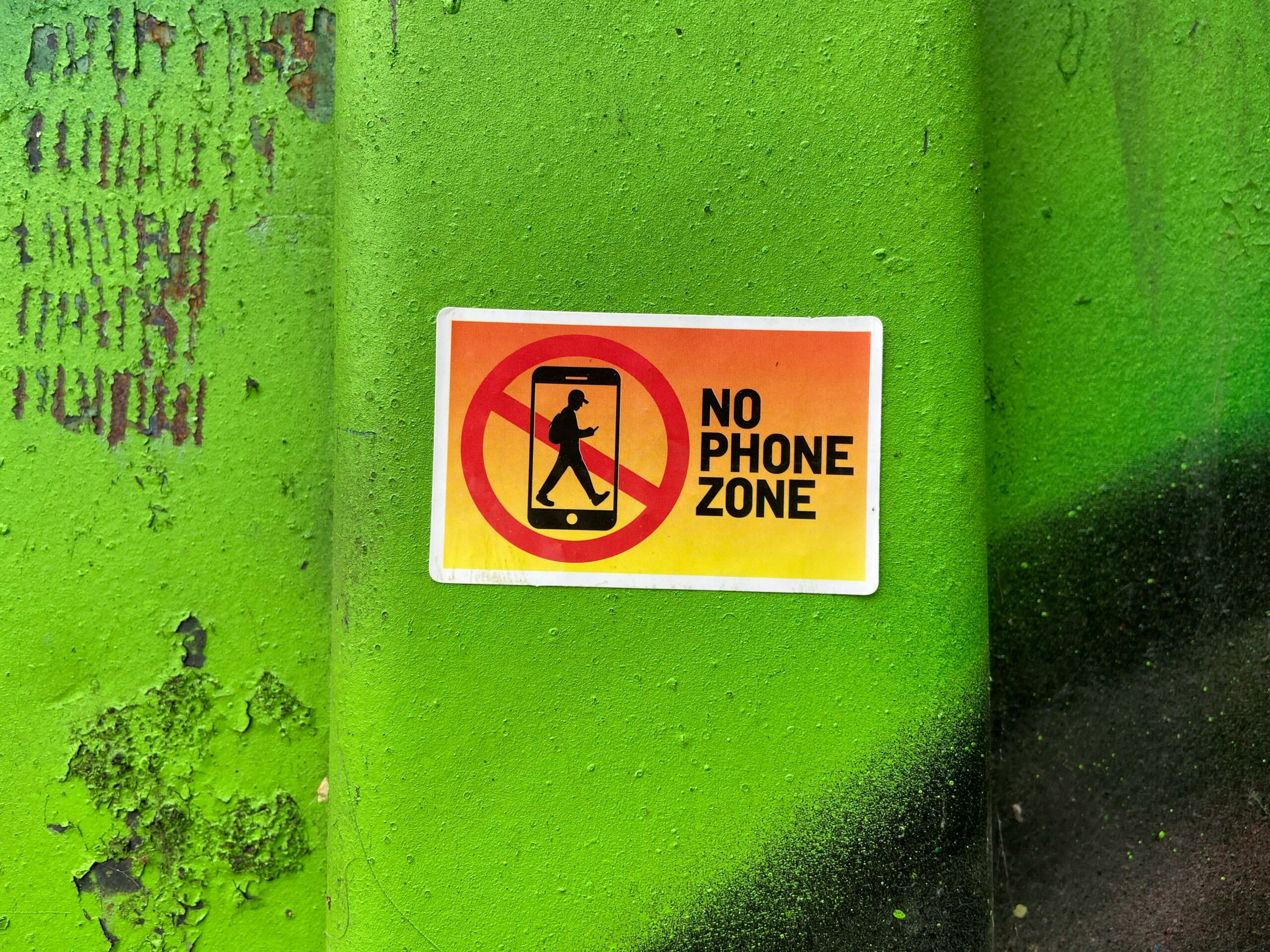Image credit: Unsplash
Though Fashion Week is in the spotlight once again, the Partnership for New York City finds that the chances of new, young designers breaking out and building a business in the city are declining.
New York Fashion Week, the industry showcase and once the place for emerging designers to get noticed, has lost much of its juice.
Fashion-related jobs in New York City have declined almost 30% this year, plunging from 182,000 in 2014 to 129,000.
At the Fashion Institute of Technology, the Pratt Institute, and the Parsons School of Design, the number of students receiving fashion degrees has decreased by a third from 3,826 in 2016 to 2,668 in 2022.
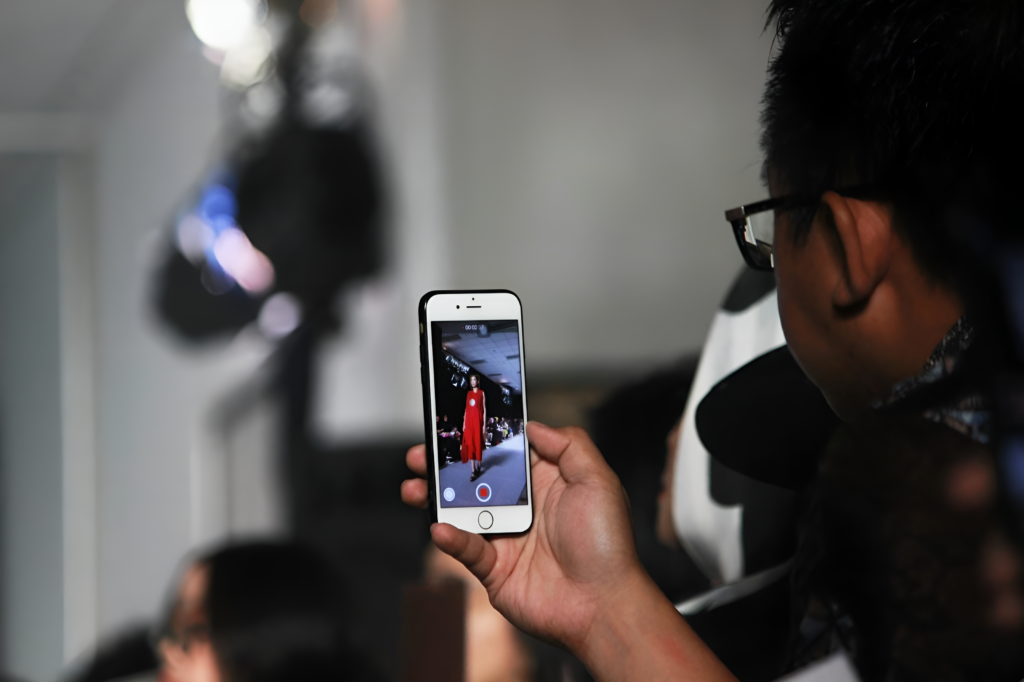
The young designers who do come to New York are finding it very difficult to achieve success. There are many factors contributing to the decline of new designers. The high cost of doing business in New York City is a major obstacle. There is also a lack of incubators and accelerators that would help establish new fashion ventures. Worse yet, the high-profile efforts to assist upcoming designers have not been successful.
The Council of Fashion Designers established an incubator in 2009 to help 10 businesses at a time. It closed in 2018 due to lacking funds to pay the rent. Originally funded by Mayor Eric Adams when he was Brooklyn borough president, New York State, and the Pratt Institute, the Brooklyn Fashion + Design Accelerator failed after five years. It was doomed when it couldn’t create a sustainable business model or attract funding from the private sector.
According to an in-depth study by the Partnership for New York City released Wednesday, September 4, New York City’s role as the capital of fashion is fraying. Timed for the start of Fashion Week on Friday, the study outlines the industry’s problems while also offering suggestions to re-establish the fashion industry’s importance to New York City. Additionally, the study’s recommendations encourage the private sector to make commitments to help young designers instead of relying on government initiatives.
“Most of the people from industry still believe in New York and believe that we are the center of innovation in fashion,” said Kathryn Wylde, President and CEO of the Partnership. “The question is how do we keep it that way.”
Whether or not the report results in industry leaders acting is the crucial question.
“These ideas can further enhance the industry but they are only as good as the people or resources that can make them happen. The real test is who is stepping up,” said Steven Kolb, CEO of the Council of Fashion Designers of America.
The Label Reads Not Made in NYC
Global economic trends have not been in the city’s favor, lessening its impact. Virtually all manufacturing has migrated abroad, lessening the relevance of New York City’s designers and companies.
New York City trendsetters now have a rival on social media. Influencers can be based anywhere in the world and have a major impact on trends, even challenging glossy fashion magazines.
New York City’s big department stores faced their own competition with the rise of e-commerce and watched their power fade. Cutting-edge specialty retailers also were hit hard. Henri Bendel and Barney’s, both stores now shuttered, were launching pads for new designers.
“Who knew Barney’s was so important,” said Wylde.
Fewer people see New York City as the best entry into the fashion industry.
The Trump Administration made it difficult for international students to obtain a visa when immigration restrictions were imposed. Opportunities for graduates have also diminished as once-dominant companies that dictated trends no longer exist.
Meanwhile, Tapestry, the city’s largest fashion company, is attempting a merger with the owner of the Michael Kors Brand, Capri. If successful, Tapestry would be large enough to take on other fashion conglomerates. However, the Federal Trade Commission has sued to block the deal out of concern for the employees of the companies.
Exiting The Runway
Young designers in New York City have been struggling to scale up their companies and have been outdone by their contemporaries located in Los Angeles and San Francisco. The only new fashion designers to achieve $250 million in sales are on the West Coast.
New York Fashion Week used to be at Bryant Park but departed in 2009. That change has created logistical difficulties since the event is now spread out over Manhattan at various locales. The result is less media coverage.
With fewer people seeking out new talent, there isn’t much hope of discovering a new American brand like Oscar de La Renta, Ralph Lauren, Diane von Furstenberg, or Donna Karan, all of whom launched at Fashion Week.
